
Day 13, Wednesday 12 April - Pho Sai
Useful Base....... Khong Chiam is a useful base for exploring Pha Taem National Park, Kaeng Tana National Park and the Sirindhorn Dam. Staying at Khong Chiam Hotel 2 for a second night has obvious advantages but despite only minor issues we instinctively check around the town for other options in an area attractive for tourists, but we finally locate apartment style accommodation closer to the city of Ubon Ratchathani. Without more thought, my companion pays a deposit for a room in the next district, Phibun Mangsahan. This means we are now committed to completing all the attractions in Khong Chiam district and its neighbouring district Siridhorn. It's another tall ask especially with very high temperatures expected. The situation is compounded by a later start than in recent days. We start in and around Khong Chiam.
Maerom Song Si....... Maenam Song Si means the two-coloured river or the Mun Rivers alluvium. It is the spot where the brown water from the Mekong River and the blue water of the Mun River join. The most outstanding viewpoint is where the two colours join on the shore in front of Wat Khong Chiam, a part of Huay Mak village. The most beautiful time to view is now in April. Note that at this point the Mekong River disappears into the distance in Laos.
Wat Tham Khuta Sawan....... The views from this busy temple above the town (best seen from atop the bell tower) are alone worth a visit from Khong Chiam, but it also has a beautiful nine-pointed chedi, an all-white bòht or ubosot (ordination hall), an orchid garden (blooming in the cold season), one of the biggest gongs in Thailand, and the body of the late abbot Luang Pu Kam covered in gold leaf on display in a glass case on a flamboyant altar. The next location is a short drive away.
Wat Tham Hao Sin Chai....... Wat Tham Heo Sin Chai is in Kaeng Tana National Park and was built by Luang Pu Khamla Pakuno. Originally, the area of Wat Tham Heo Sin Chai was a mountain forest. After Luang Pu Khamla came to conduct Buddhist Lent, he joined the villagers to develop the temple and built a sanctuary to be a residence and place for meditation practice for Buddhists. Inside the temple, there is a path to a small cave or as it is known Tham Heo Sin Chai, which enshrines a reclining Buddha image, a statue of a hermit, Phra Mae Thorani, and many other Buddha images. At the cave entrance, there is a waterfall from a small stream flowing down into a beautiful water curtain. There is also a wihan housing an Emerald Buddha and a large standing Buddha image that can be seen as far away as the bridge over the Mun River.
Kaeng Tana....... Kaeng Tana is in Kaeng Tana National Park in Khong Chiam District. The kaeng (rapids) are on the Mun River located in a peaceful forested area in the park. The location of the rapids is interesting as they lie on a bend in the river in the middle of which is an islet known as Don Tana (Tana Island). A rural road crosses the river near here using the island as a crossover point meaning there are two bridges, both in view from Kaeng Tana viewpoint. Kaeng Tana National Park is a small park, established on 13 July 1981. There is no entrance fee.
With our work done in and around Khong Chiam it's time to return to Pha Taem National Park and explore the southern part which is rated the most spectacular.
Sao Chaliang....... Sao Chaliang is easily located from Huai Yang sub-district of Khong Chiam. The formation of the giant rock pillars here are the same as at Sao Chaliang Yai in Pho Sai district covered in my blog from yesterday. Extremes in temperature cause cracking and weathering of the sandstone leaving the harder rock exposed, creating monolithic rock stacks that are natural wonders.
Lan Hin Taek....... Nearby Lan Hin Taek literally translates as 'area of broken stone' and here there are large fishures in the sandstone rock perfectly demonstration the effects of constant exposure to heat, wind and rain.
Pha Mon....... Joining a road that leads to the main attraction in Pha Taem National Park we soon see a sign towards Pha Mon. This is yet another cliff, this time with views to the south across the Mekong River. While the clifftop offers outstanding views, the attraction here is on a rock ledge below. Pha Mon is located at the end of a 3-kilometre trail that for the most part runs along a rock ledge. Despite the fierce heat probably around 40 deg. Celsius, I make it down to the ledge knowing that there is something important here. It proves as a pre-cursor to what I hope to find at the next location. The ledge proves quite narrow in places and with a sheer drop it's not for the faint-hearted. Yet as far as I can reach there are cave paintings, just a sample referred to as Group 4. The pre-historic rock paintings are up to 3,000 years old. I now get a flavour of what is to come and why Pha Team is so important. While the trail continues, we don't need to use it. We can just drive up to the car park at Pha Taem.
Pha Taem....... At Pha Taem is a visitor centre, restaurant and of course, gorgeous views again across the Mekong into Laos. It's time to reconnect with the rock ledge.
The area of Pha Taem and Pha Kham has a walkway down to see the ancient prehistoric paintings. These are paintings on the stone wall appearing lined up periodically. From the way down to the Pha Kham area the ledge walk which connects to Pha Mon offers views of the three remaining painting groups. Group 1 is 300 metres along the nature study path then another 300-metre walk brings you to painting Group 2 which is the largest group. The length of the continuous images here is approximately 180 metres. There are five types of visible coloured paintings: people, animals (elephant, turtle, catfish, and freshwater stingray), utensils (a fishing tool that Isan people call 'Tum'), symbols, and human handprints. Group 3 is further along the trail, but most people will be content to reach Group 2.
I have to admit that before I started this tour, I had no idea I would reach Pha Taem and even if I did that these prehistoric paintings would be inaccessible to me at my age. Yes, of course it is really difficult to explore like this in 40 deg. Celsius heat, but I just have to view the rock paintings.
We've now covered a good part of Pha Taem National Park but there is still a lot more to come but not on this tour. I've seen enough to want to come back but will wait until after the rains when the waterfalls are at their best and to get a completely different perspective on some of the locations in the park I've already visited. It's now around 4pm and with our accommodation for the night secured there is one more throw of the dice. We head back past Khong Chiam to pick up where we left off earlier.
Pak Mun Dam....... Pak Mun Dam translates as 'dam at the mouth of the Mun (river)'. This is a barrage dam not far from Khong Chiam and is a run-of-river hydroelectric plant 5.5 km west of the confluence of the Mun and Mekong Rivers. This type of dam has no water storage facilities so can only operate seasonally when the river level is high. It was constructed by the Electricity Generating Authority of Thailand (EGAT) with support from the World Bank at a total cost of UD$240 million and completed in 1994. With no great reservoir to view this site has limited appeal as an attraction.
We can now head out of Khong Chiam district and into Sirindhorn district and get close and cosy to the mighty Sirindhorn Reservoir. I can confirm that it's not the first time I've been in this area. Way back in time, I took this route to enter Laos via the Chong Mek border. However, right now we leave it behind as my partner has another destination in mind.
Wat Sirindhorn....... Wat Siridhorn Wararam Phu Phraw is a temple located in Sirindhorn district, Ubon Ratchathani province. Located on top of a mountain, the temple was designed to take advantage of panoramic natural scenes and a place to witness both sunrise and sunset. To the east is the Chong Mek border checkpoint while to the west is the massive Sirindhorn Dam. By mid to late afternoon visitors arrive to witness the sunset. As a bonus for their effort, they can view this temple beautifully lit in a mosaic of reflective colour including amazing underground lighting in the forecourt as well as a stunning light-show on the temple walls.
The main structure of the temple is based on the Chiang-Thong temple in Luang Prabang, Laos. Its architectural style features both Lanna and Langchang design. The temple building was inspired by the story of the Himmapan forest based on Buddhist belief. The conformity of sculpturing, wood carving and gold leaves covering the mosaic make this temple shine and truly reflect the strong faith in Buddhist religion.
Sirindhorn Dam....... With the sun dropping low in the sky, I'm concerned that I may not be able to get a close and cosy association with the Sirindhorn Dam but at 5pm we're close to it and on arrival I'm actually disappointed that there is nothing here that's spectacular enough to substantially add to the WOW factor built up during the day. However, the dam area is landscaped well enough to allows some photo opportunities.
The Sirindhorn Dam in Sirindhorn district is an earth core and rockfill dam that impounds the Lam Dom Noi River. Its reservoir is the province's largest water resource. The dam was commissioned in 1971 to serve as a hydropower facility as well as to supply irrigation water. The dam was named after Princess Royal Sirindhorn. All of the electricity generated by the dam is destined for domestic markets. The dam was constructed and is owned and operated by the Electricity Generating Authority of Thailand and is located in the Mekong River Basin, just upstream from the controversial Pak Mun Dam. The dam opened in 1971 after 2,000 villagers were re-located and created a reservoir 43 km long covering a surface area of 288 km2 when full. At this stage there is nothing more to do but as we head towards our overnight accommodation, we find another attraction which is popular with locals. As I have seen many times, low water levels provide more space and opportunity.
Pattaya Noi....... Locating Pattaya Noi adds to my tally of Pattaya's I've visited. Yet this one is a lakeside attraction rather than a coastal one. During the dry season freshwater beaches form and provide a great venue to go and eat at one of the many temporary restaurants set up or simply to have fun cooling off in the reservoir or enjoy the entertainment.
Pho Sai....... Finally we reach Pho Sai in Phibun Mangsahan district and after securing some provisions from 7-Eleven we locate Nak Suban Place, a modern two-story apartment building. This should provide more of what we are used to. However, they've designed these rooms with less practicality at least as far as I'm concerned. Why is there so much wardrobe space which people hardly use and although a sofa is useful, I would much prefer more worktop space due to my need to use my laptop and also for self-catering.
Today I reached an important milestone and one that didn't exist when I left for this tour. We've now covered most of the outer districts of Ubon Ratchathani province. While I could continue to fill in gaps, we have just one more day in the province and I now have to concentrate on the city itself.
Next Page.
Useful Base....... Khong Chiam is a useful base for exploring Pha Taem National Park, Kaeng Tana National Park and the Sirindhorn Dam. Staying at Khong Chiam Hotel 2 for a second night has obvious advantages but despite only minor issues we instinctively check around the town for other options in an area attractive for tourists, but we finally locate apartment style accommodation closer to the city of Ubon Ratchathani. Without more thought, my companion pays a deposit for a room in the next district, Phibun Mangsahan. This means we are now committed to completing all the attractions in Khong Chiam district and its neighbouring district Siridhorn. It's another tall ask especially with very high temperatures expected. The situation is compounded by a later start than in recent days. We start in and around Khong Chiam.
Maerom Song Si....... Maenam Song Si means the two-coloured river or the Mun Rivers alluvium. It is the spot where the brown water from the Mekong River and the blue water of the Mun River join. The most outstanding viewpoint is where the two colours join on the shore in front of Wat Khong Chiam, a part of Huay Mak village. The most beautiful time to view is now in April. Note that at this point the Mekong River disappears into the distance in Laos.
Wat Tham Khuta Sawan....... The views from this busy temple above the town (best seen from atop the bell tower) are alone worth a visit from Khong Chiam, but it also has a beautiful nine-pointed chedi, an all-white bòht or ubosot (ordination hall), an orchid garden (blooming in the cold season), one of the biggest gongs in Thailand, and the body of the late abbot Luang Pu Kam covered in gold leaf on display in a glass case on a flamboyant altar. The next location is a short drive away.
Wat Tham Hao Sin Chai....... Wat Tham Heo Sin Chai is in Kaeng Tana National Park and was built by Luang Pu Khamla Pakuno. Originally, the area of Wat Tham Heo Sin Chai was a mountain forest. After Luang Pu Khamla came to conduct Buddhist Lent, he joined the villagers to develop the temple and built a sanctuary to be a residence and place for meditation practice for Buddhists. Inside the temple, there is a path to a small cave or as it is known Tham Heo Sin Chai, which enshrines a reclining Buddha image, a statue of a hermit, Phra Mae Thorani, and many other Buddha images. At the cave entrance, there is a waterfall from a small stream flowing down into a beautiful water curtain. There is also a wihan housing an Emerald Buddha and a large standing Buddha image that can be seen as far away as the bridge over the Mun River.
Kaeng Tana....... Kaeng Tana is in Kaeng Tana National Park in Khong Chiam District. The kaeng (rapids) are on the Mun River located in a peaceful forested area in the park. The location of the rapids is interesting as they lie on a bend in the river in the middle of which is an islet known as Don Tana (Tana Island). A rural road crosses the river near here using the island as a crossover point meaning there are two bridges, both in view from Kaeng Tana viewpoint. Kaeng Tana National Park is a small park, established on 13 July 1981. There is no entrance fee.
With our work done in and around Khong Chiam it's time to return to Pha Taem National Park and explore the southern part which is rated the most spectacular.
Sao Chaliang....... Sao Chaliang is easily located from Huai Yang sub-district of Khong Chiam. The formation of the giant rock pillars here are the same as at Sao Chaliang Yai in Pho Sai district covered in my blog from yesterday. Extremes in temperature cause cracking and weathering of the sandstone leaving the harder rock exposed, creating monolithic rock stacks that are natural wonders.
Lan Hin Taek....... Nearby Lan Hin Taek literally translates as 'area of broken stone' and here there are large fishures in the sandstone rock perfectly demonstration the effects of constant exposure to heat, wind and rain.
Pha Mon....... Joining a road that leads to the main attraction in Pha Taem National Park we soon see a sign towards Pha Mon. This is yet another cliff, this time with views to the south across the Mekong River. While the clifftop offers outstanding views, the attraction here is on a rock ledge below. Pha Mon is located at the end of a 3-kilometre trail that for the most part runs along a rock ledge. Despite the fierce heat probably around 40 deg. Celsius, I make it down to the ledge knowing that there is something important here. It proves as a pre-cursor to what I hope to find at the next location. The ledge proves quite narrow in places and with a sheer drop it's not for the faint-hearted. Yet as far as I can reach there are cave paintings, just a sample referred to as Group 4. The pre-historic rock paintings are up to 3,000 years old. I now get a flavour of what is to come and why Pha Team is so important. While the trail continues, we don't need to use it. We can just drive up to the car park at Pha Taem.
Pha Taem....... At Pha Taem is a visitor centre, restaurant and of course, gorgeous views again across the Mekong into Laos. It's time to reconnect with the rock ledge.
The area of Pha Taem and Pha Kham has a walkway down to see the ancient prehistoric paintings. These are paintings on the stone wall appearing lined up periodically. From the way down to the Pha Kham area the ledge walk which connects to Pha Mon offers views of the three remaining painting groups. Group 1 is 300 metres along the nature study path then another 300-metre walk brings you to painting Group 2 which is the largest group. The length of the continuous images here is approximately 180 metres. There are five types of visible coloured paintings: people, animals (elephant, turtle, catfish, and freshwater stingray), utensils (a fishing tool that Isan people call 'Tum'), symbols, and human handprints. Group 3 is further along the trail, but most people will be content to reach Group 2.
I have to admit that before I started this tour, I had no idea I would reach Pha Taem and even if I did that these prehistoric paintings would be inaccessible to me at my age. Yes, of course it is really difficult to explore like this in 40 deg. Celsius heat, but I just have to view the rock paintings.
We've now covered a good part of Pha Taem National Park but there is still a lot more to come but not on this tour. I've seen enough to want to come back but will wait until after the rains when the waterfalls are at their best and to get a completely different perspective on some of the locations in the park I've already visited. It's now around 4pm and with our accommodation for the night secured there is one more throw of the dice. We head back past Khong Chiam to pick up where we left off earlier.
Pak Mun Dam....... Pak Mun Dam translates as 'dam at the mouth of the Mun (river)'. This is a barrage dam not far from Khong Chiam and is a run-of-river hydroelectric plant 5.5 km west of the confluence of the Mun and Mekong Rivers. This type of dam has no water storage facilities so can only operate seasonally when the river level is high. It was constructed by the Electricity Generating Authority of Thailand (EGAT) with support from the World Bank at a total cost of UD$240 million and completed in 1994. With no great reservoir to view this site has limited appeal as an attraction.
We can now head out of Khong Chiam district and into Sirindhorn district and get close and cosy to the mighty Sirindhorn Reservoir. I can confirm that it's not the first time I've been in this area. Way back in time, I took this route to enter Laos via the Chong Mek border. However, right now we leave it behind as my partner has another destination in mind.
Wat Sirindhorn....... Wat Siridhorn Wararam Phu Phraw is a temple located in Sirindhorn district, Ubon Ratchathani province. Located on top of a mountain, the temple was designed to take advantage of panoramic natural scenes and a place to witness both sunrise and sunset. To the east is the Chong Mek border checkpoint while to the west is the massive Sirindhorn Dam. By mid to late afternoon visitors arrive to witness the sunset. As a bonus for their effort, they can view this temple beautifully lit in a mosaic of reflective colour including amazing underground lighting in the forecourt as well as a stunning light-show on the temple walls.
The main structure of the temple is based on the Chiang-Thong temple in Luang Prabang, Laos. Its architectural style features both Lanna and Langchang design. The temple building was inspired by the story of the Himmapan forest based on Buddhist belief. The conformity of sculpturing, wood carving and gold leaves covering the mosaic make this temple shine and truly reflect the strong faith in Buddhist religion.
Sirindhorn Dam....... With the sun dropping low in the sky, I'm concerned that I may not be able to get a close and cosy association with the Sirindhorn Dam but at 5pm we're close to it and on arrival I'm actually disappointed that there is nothing here that's spectacular enough to substantially add to the WOW factor built up during the day. However, the dam area is landscaped well enough to allows some photo opportunities.
The Sirindhorn Dam in Sirindhorn district is an earth core and rockfill dam that impounds the Lam Dom Noi River. Its reservoir is the province's largest water resource. The dam was commissioned in 1971 to serve as a hydropower facility as well as to supply irrigation water. The dam was named after Princess Royal Sirindhorn. All of the electricity generated by the dam is destined for domestic markets. The dam was constructed and is owned and operated by the Electricity Generating Authority of Thailand and is located in the Mekong River Basin, just upstream from the controversial Pak Mun Dam. The dam opened in 1971 after 2,000 villagers were re-located and created a reservoir 43 km long covering a surface area of 288 km2 when full. At this stage there is nothing more to do but as we head towards our overnight accommodation, we find another attraction which is popular with locals. As I have seen many times, low water levels provide more space and opportunity.
Pattaya Noi....... Locating Pattaya Noi adds to my tally of Pattaya's I've visited. Yet this one is a lakeside attraction rather than a coastal one. During the dry season freshwater beaches form and provide a great venue to go and eat at one of the many temporary restaurants set up or simply to have fun cooling off in the reservoir or enjoy the entertainment.
Pho Sai....... Finally we reach Pho Sai in Phibun Mangsahan district and after securing some provisions from 7-Eleven we locate Nak Suban Place, a modern two-story apartment building. This should provide more of what we are used to. However, they've designed these rooms with less practicality at least as far as I'm concerned. Why is there so much wardrobe space which people hardly use and although a sofa is useful, I would much prefer more worktop space due to my need to use my laptop and also for self-catering.
Today I reached an important milestone and one that didn't exist when I left for this tour. We've now covered most of the outer districts of Ubon Ratchathani province. While I could continue to fill in gaps, we have just one more day in the province and I now have to concentrate on the city itself.
Next Page.
Ubon Ratchathani Province
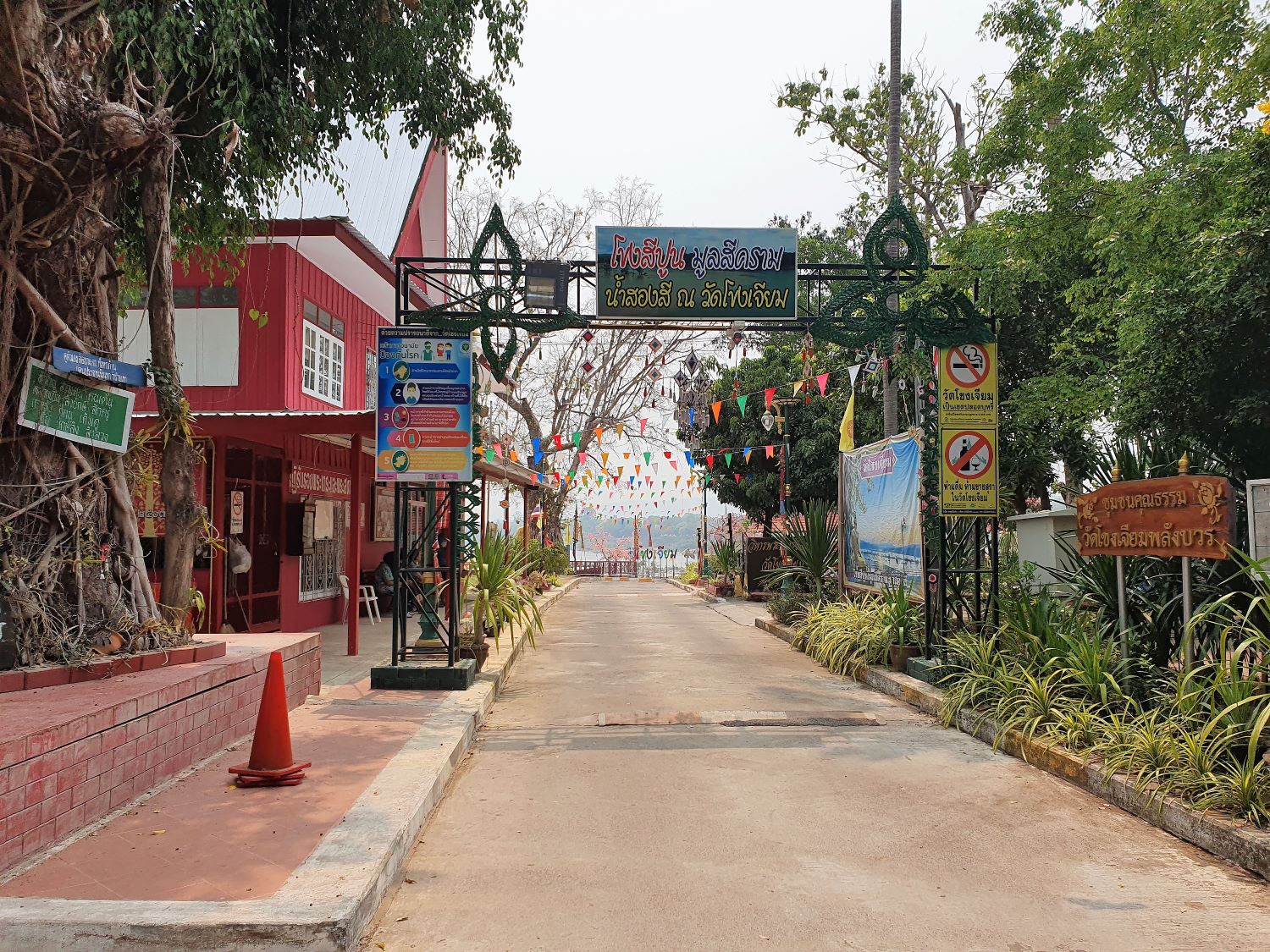
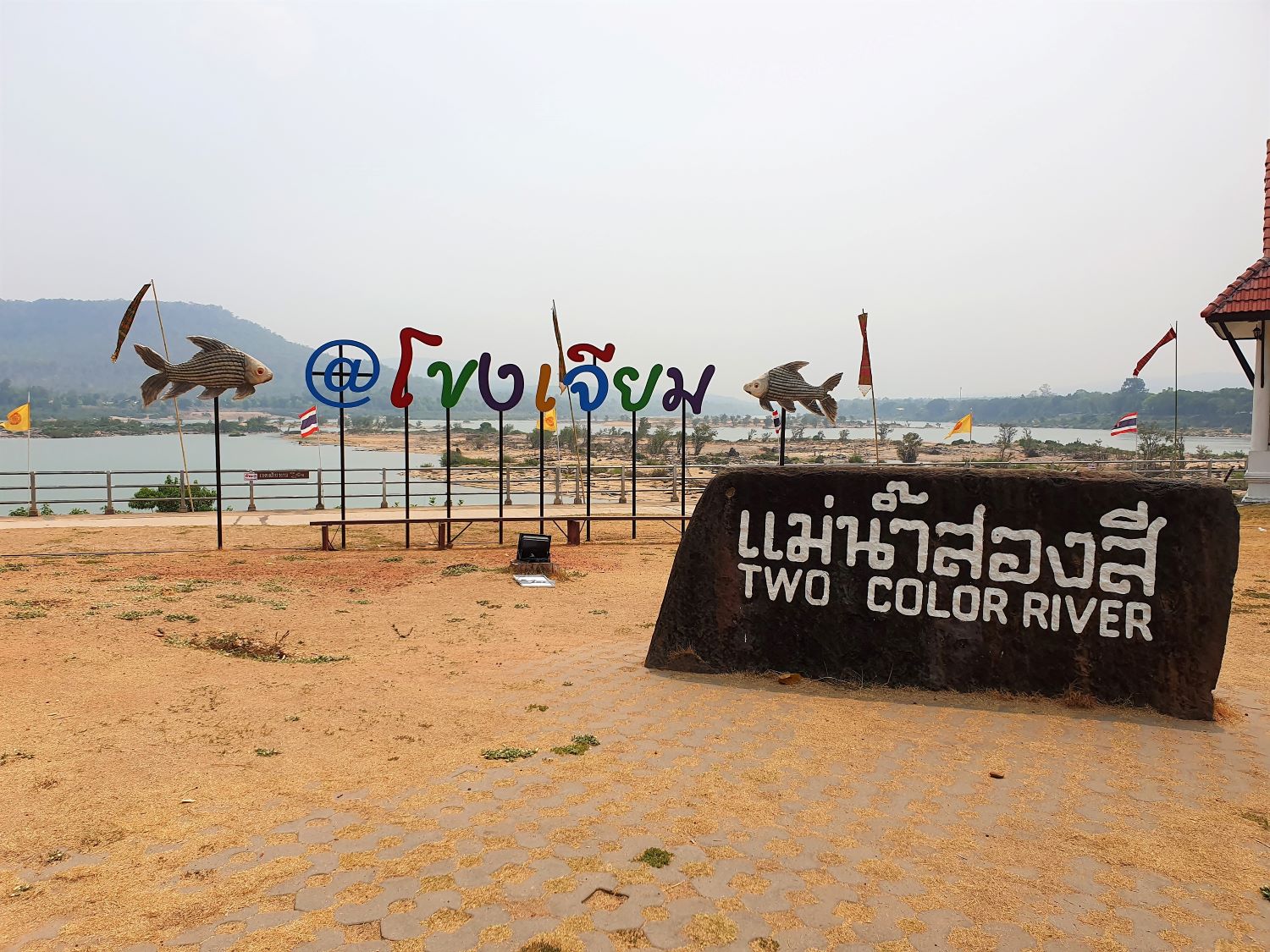
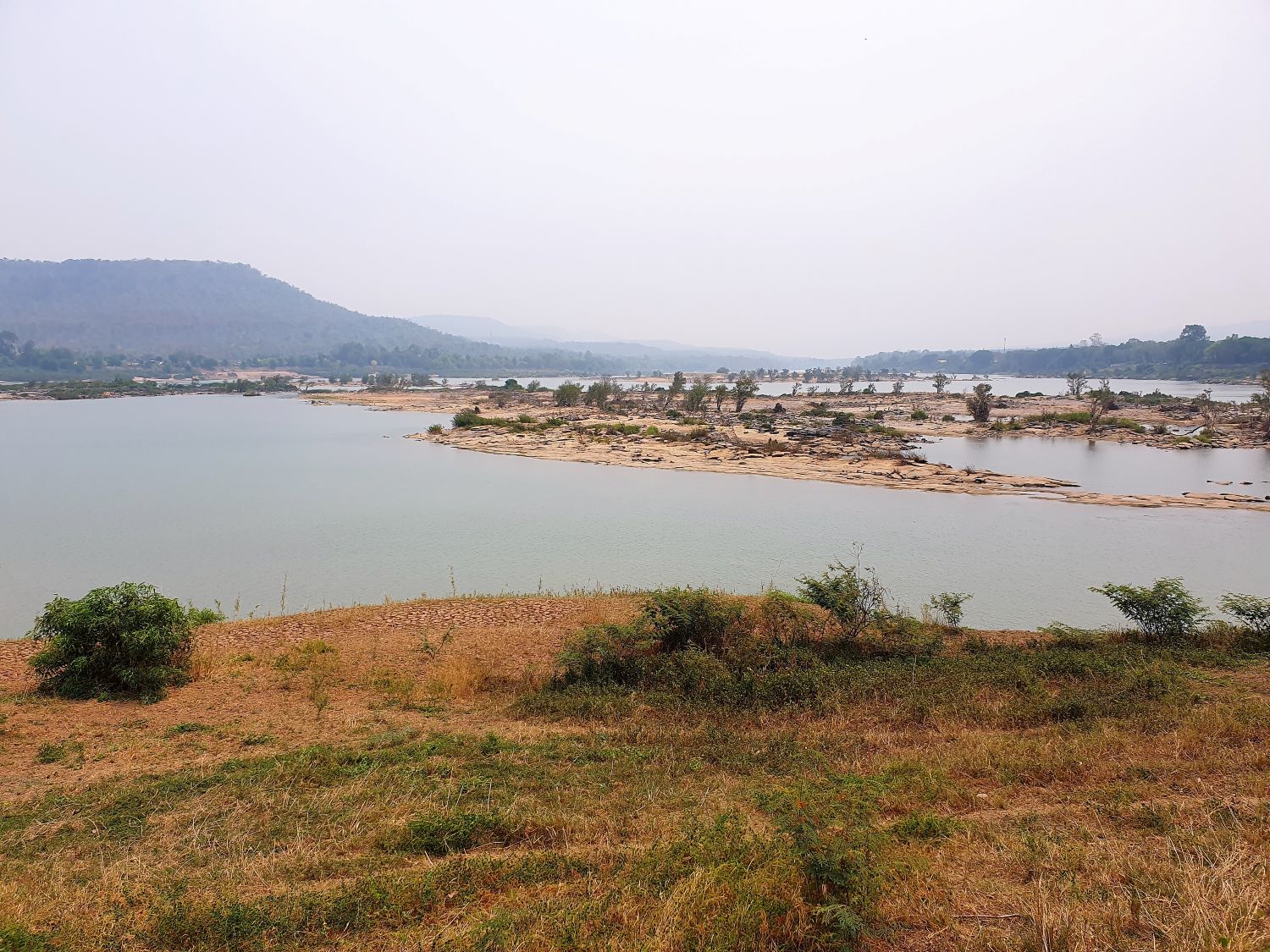

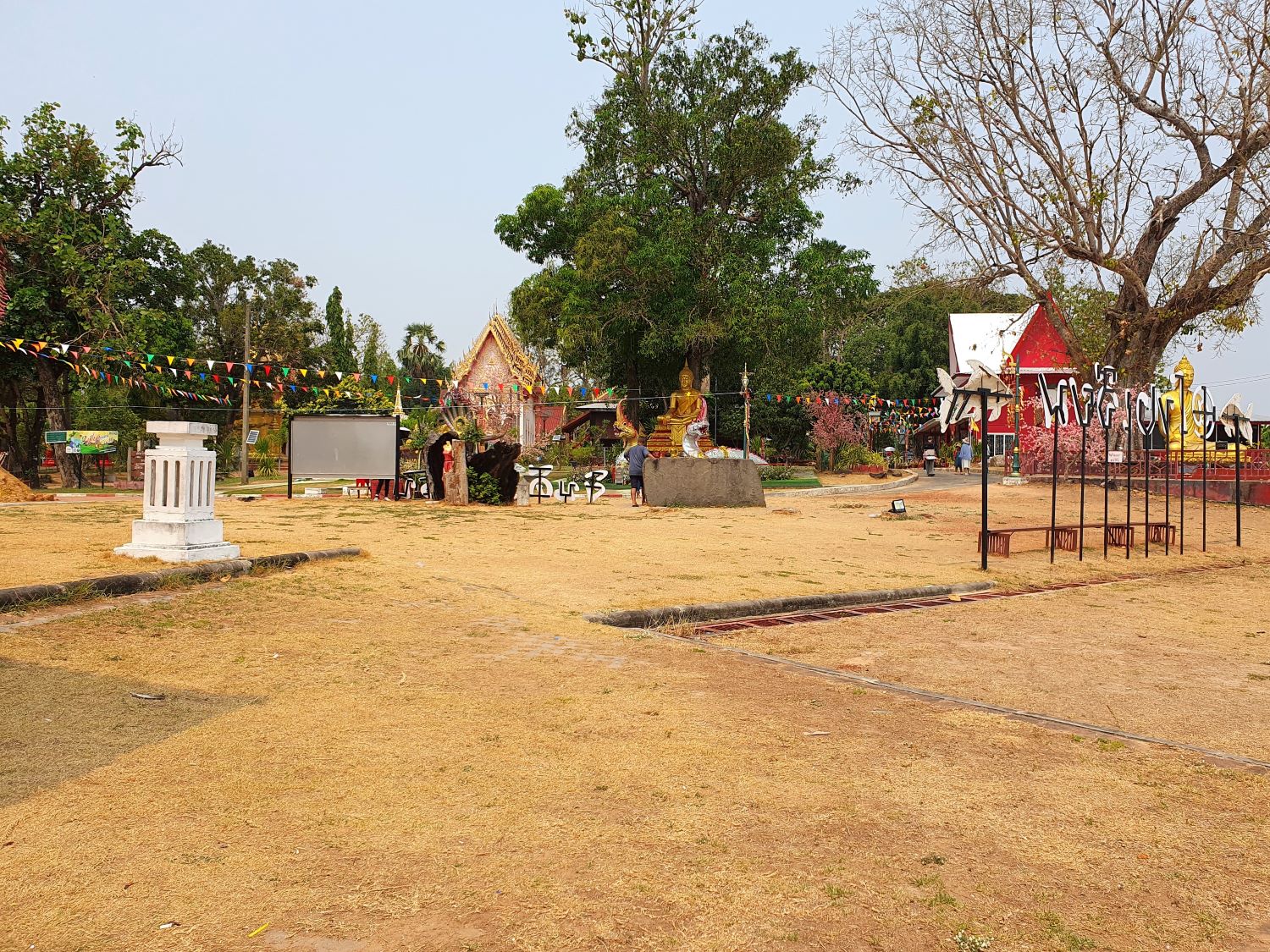
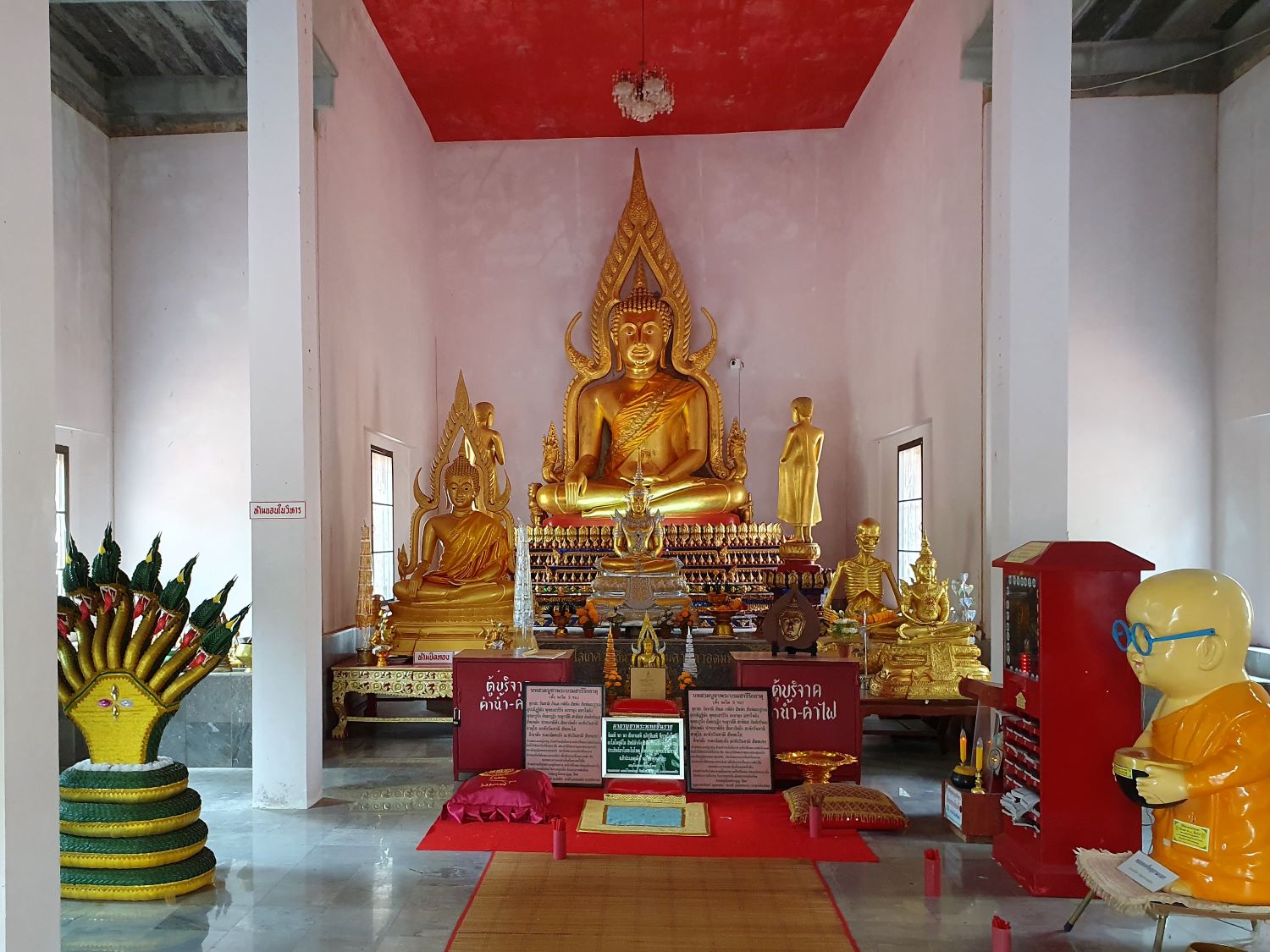
Maerom Song Si, Khong Chiam
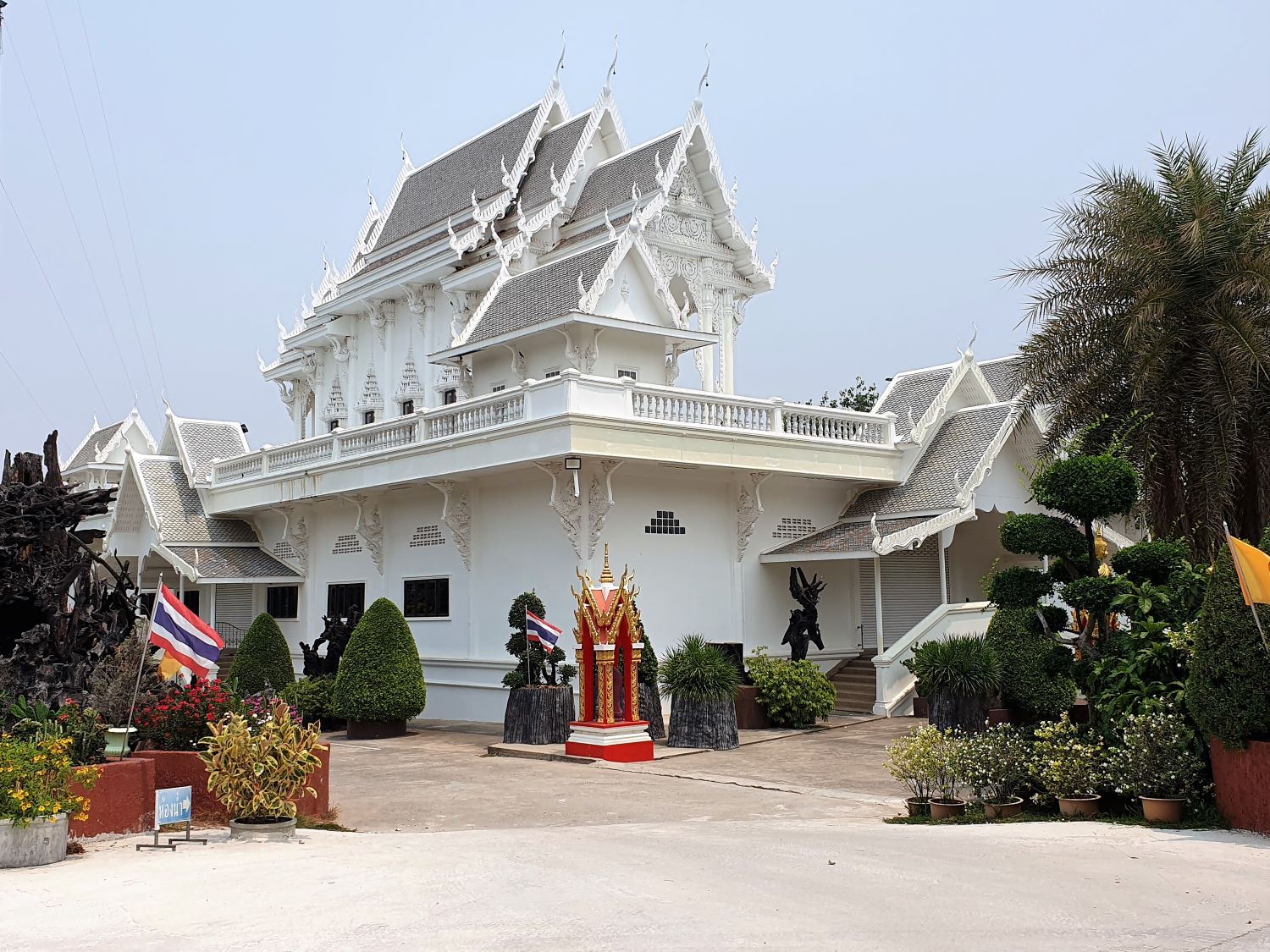
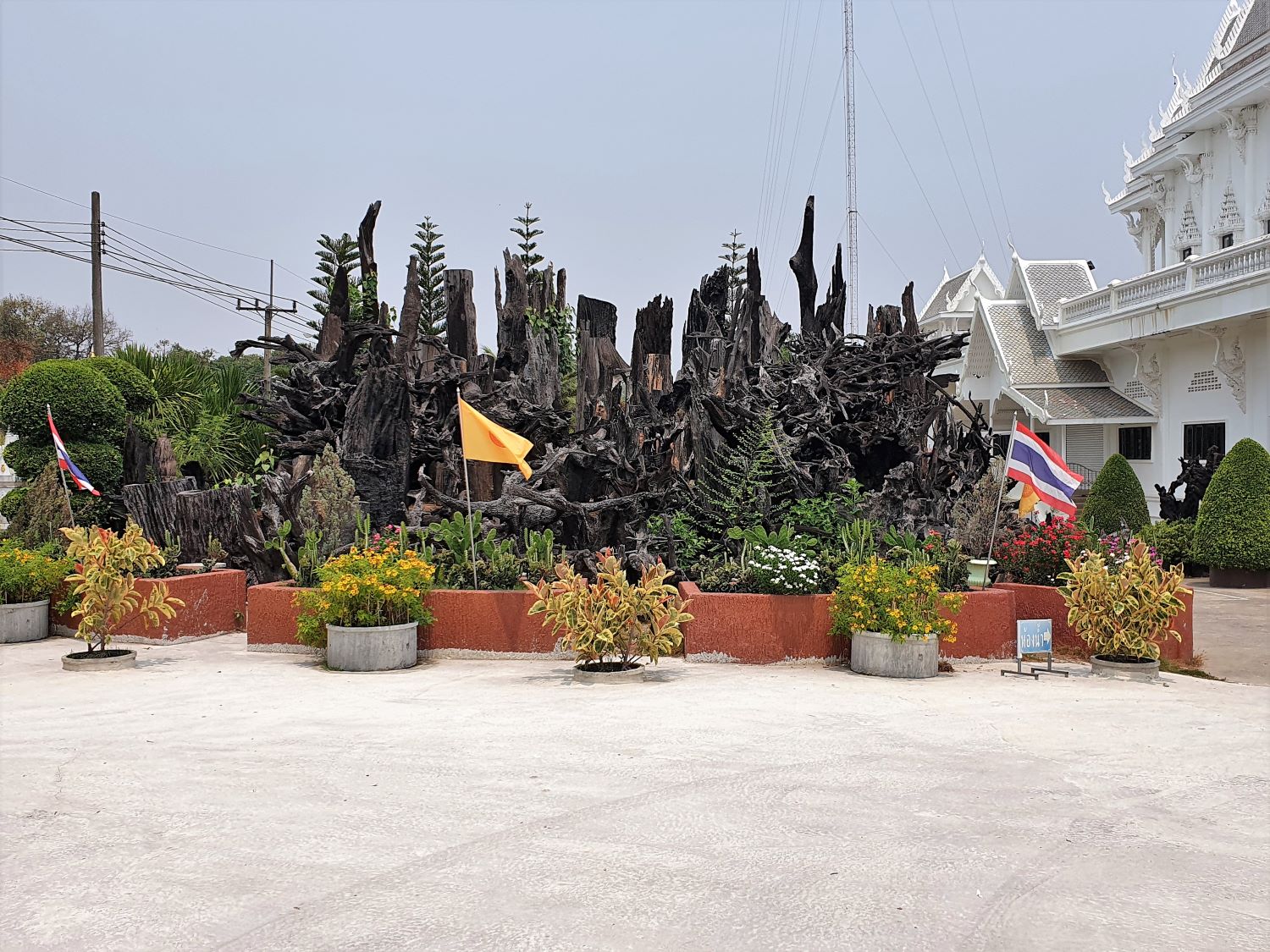
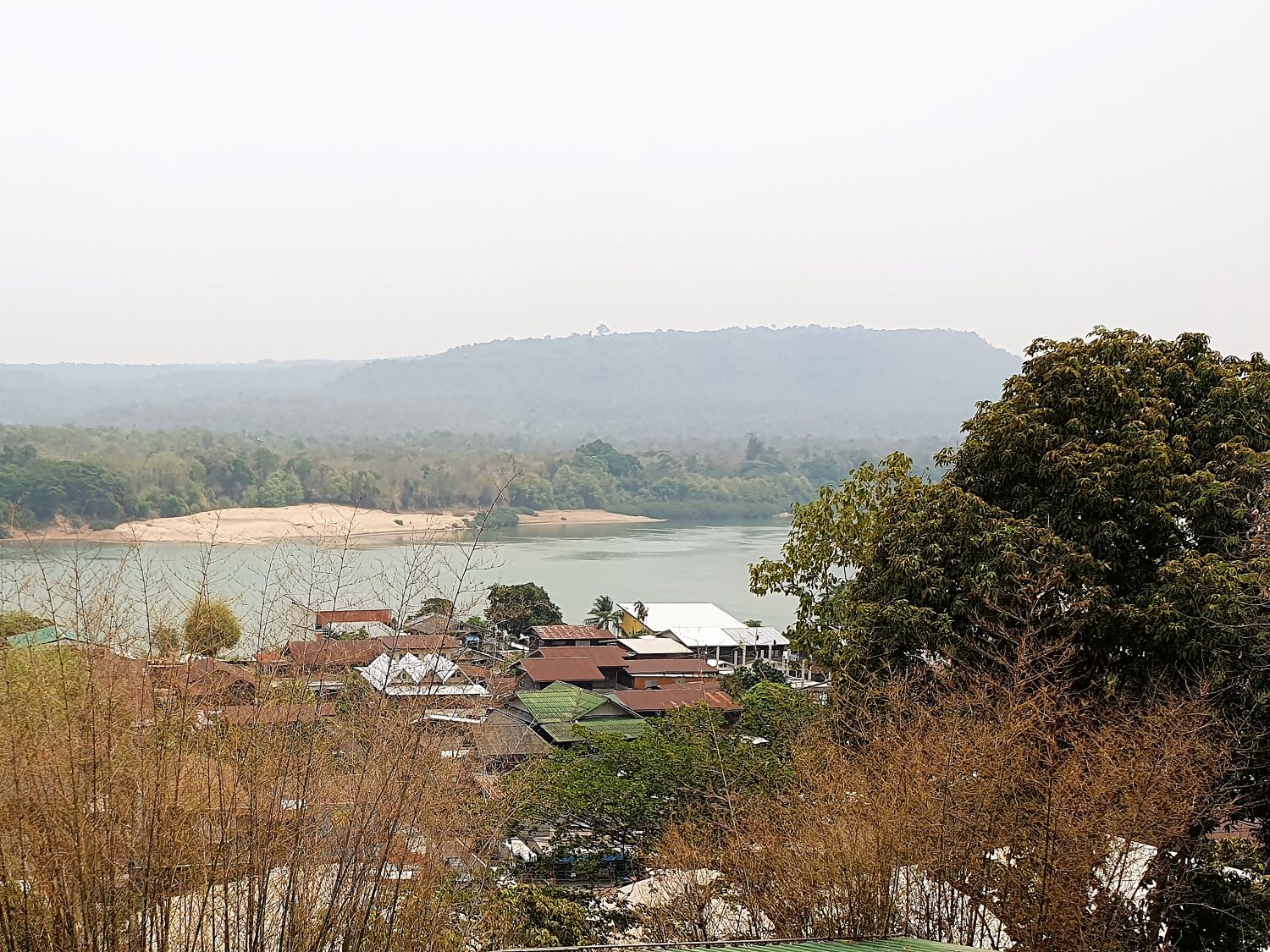
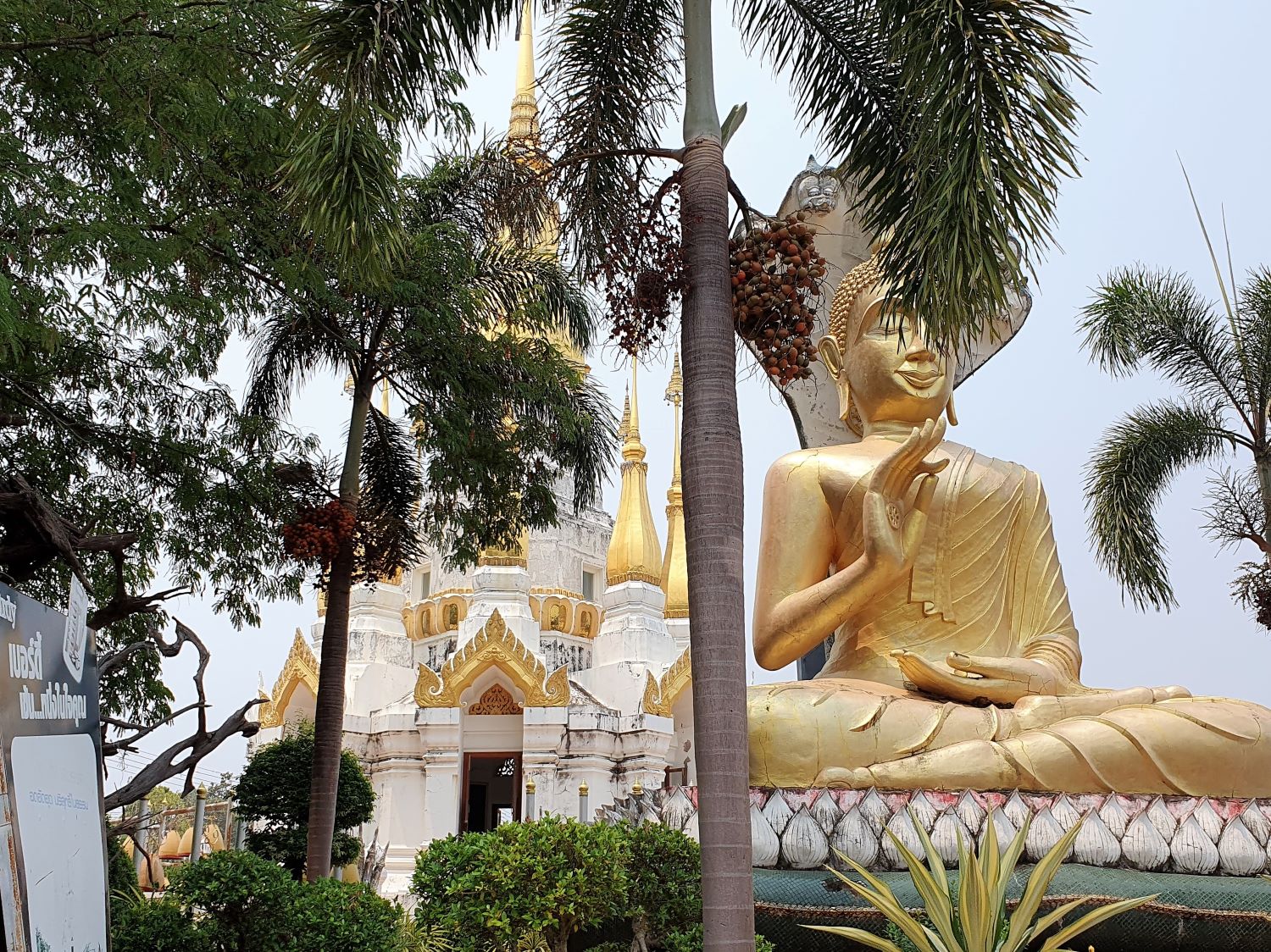
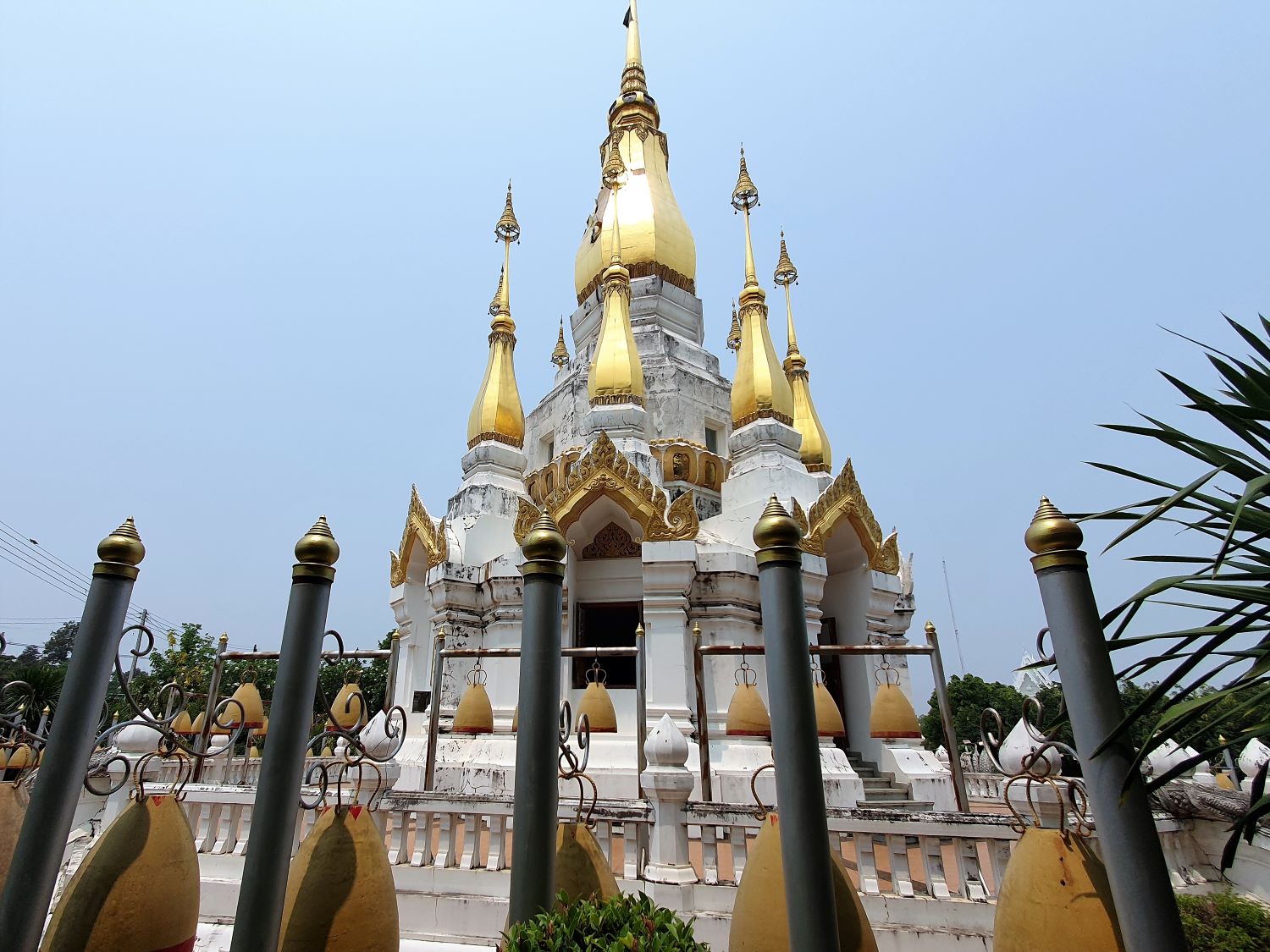
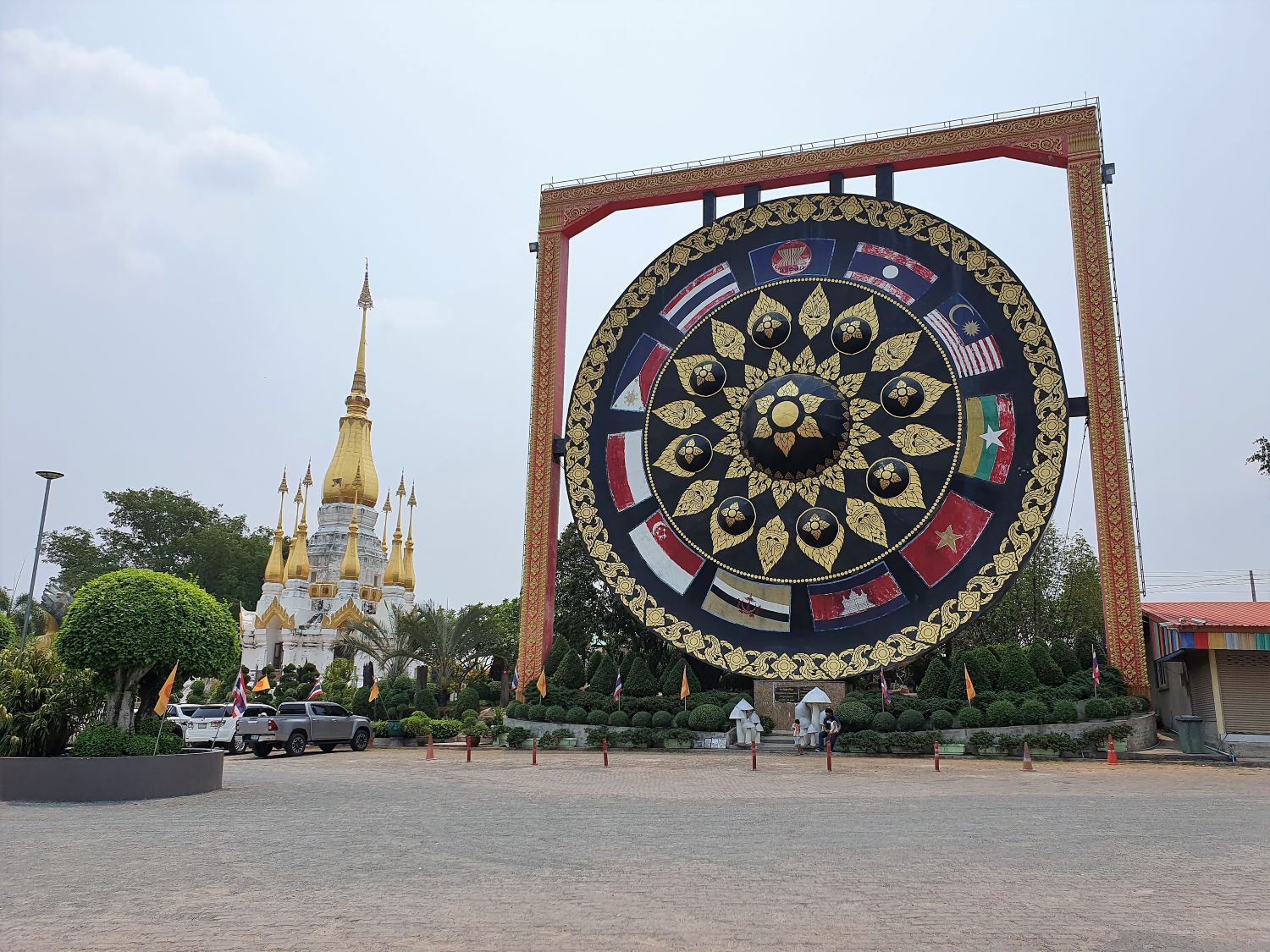
Wat Tham Khuta Sawan, Khong Chiam
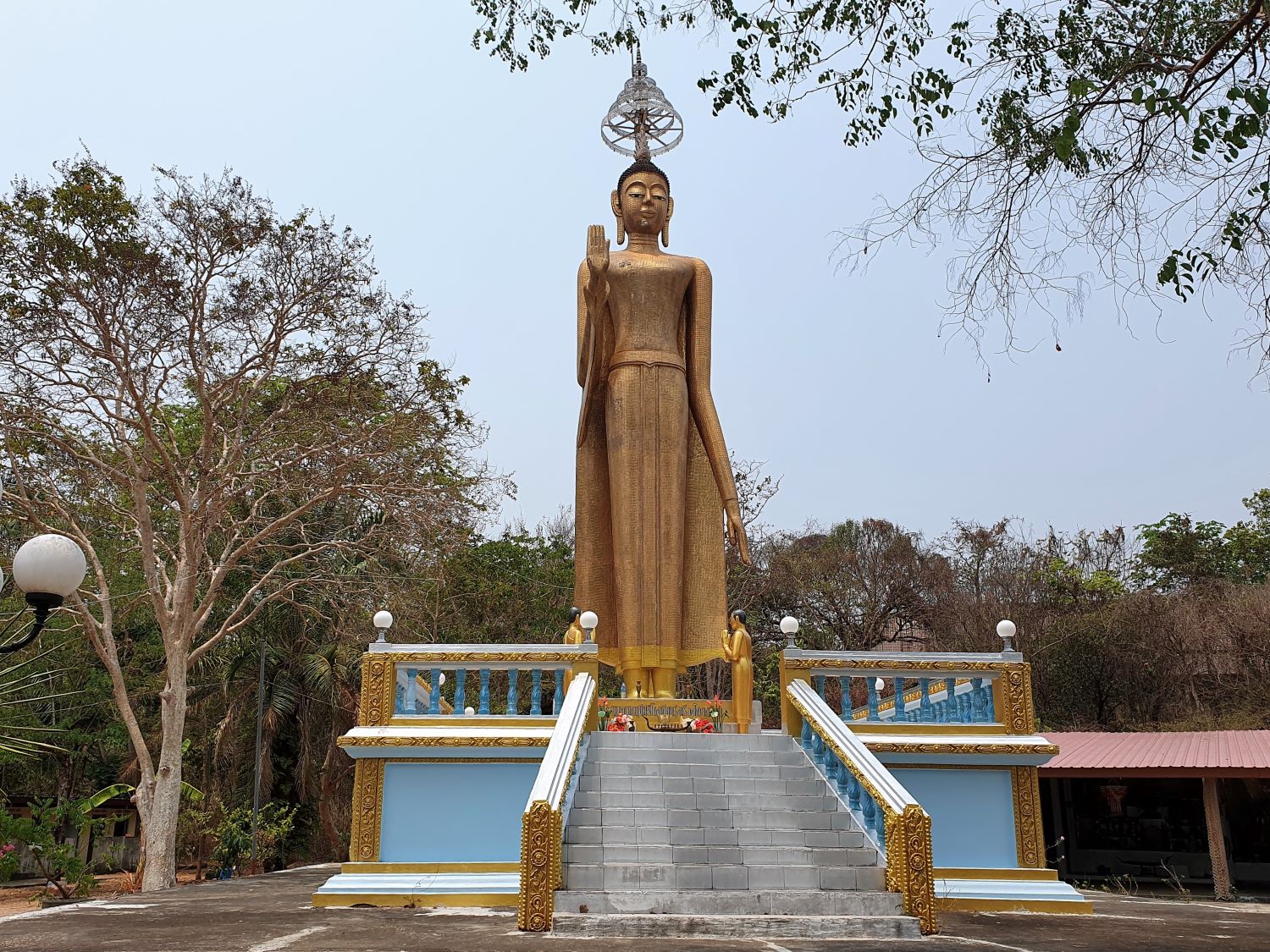
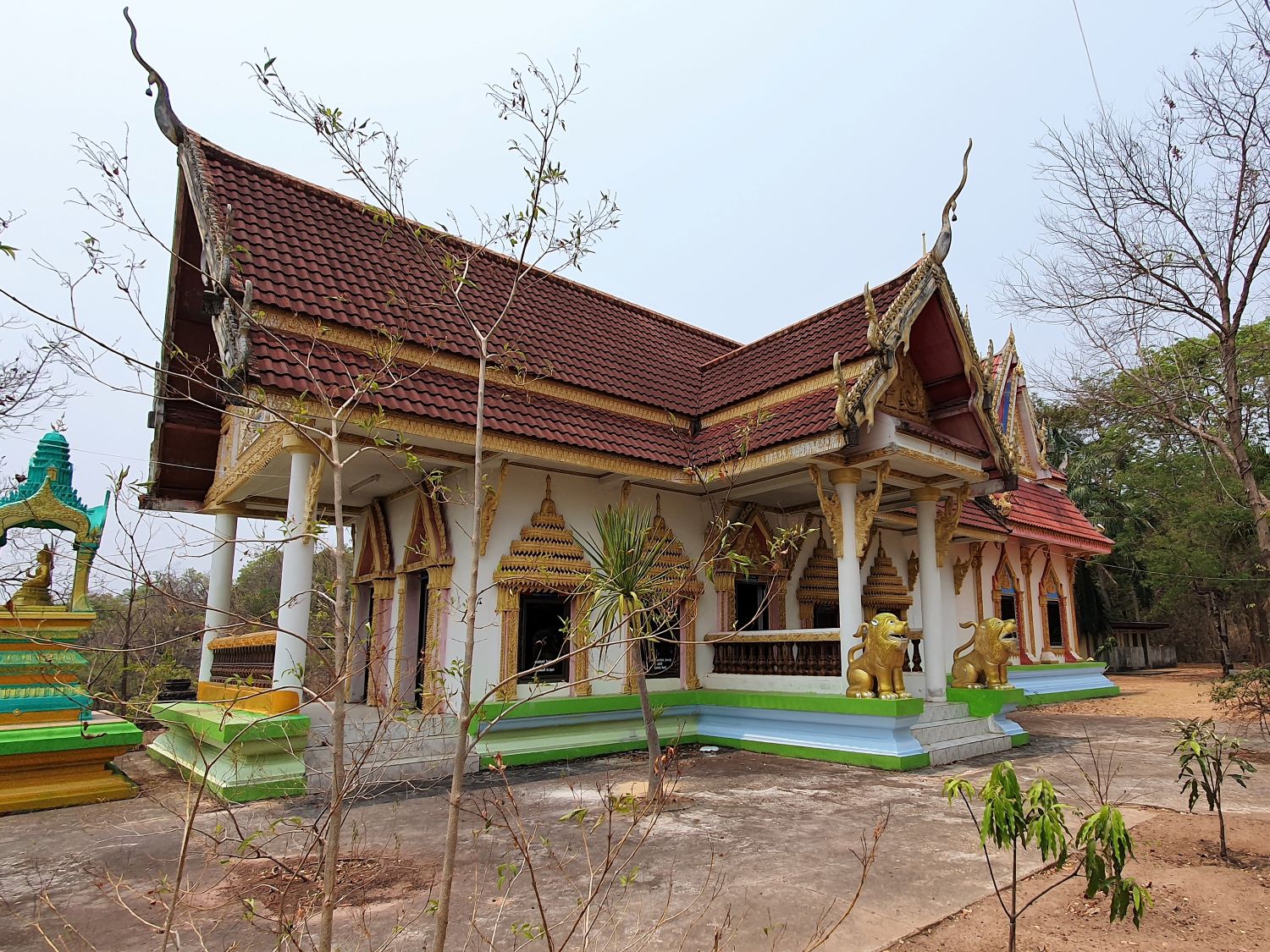
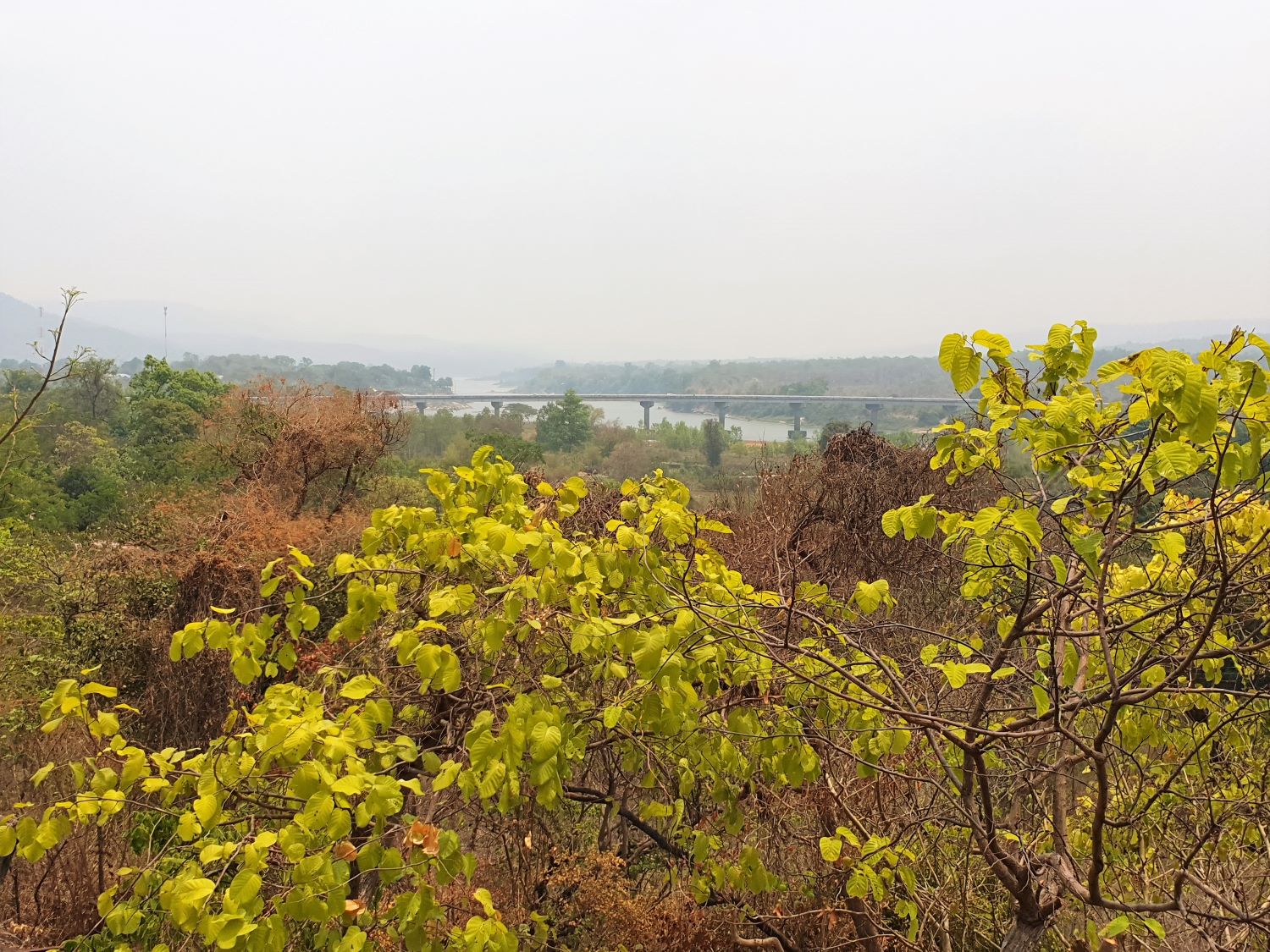
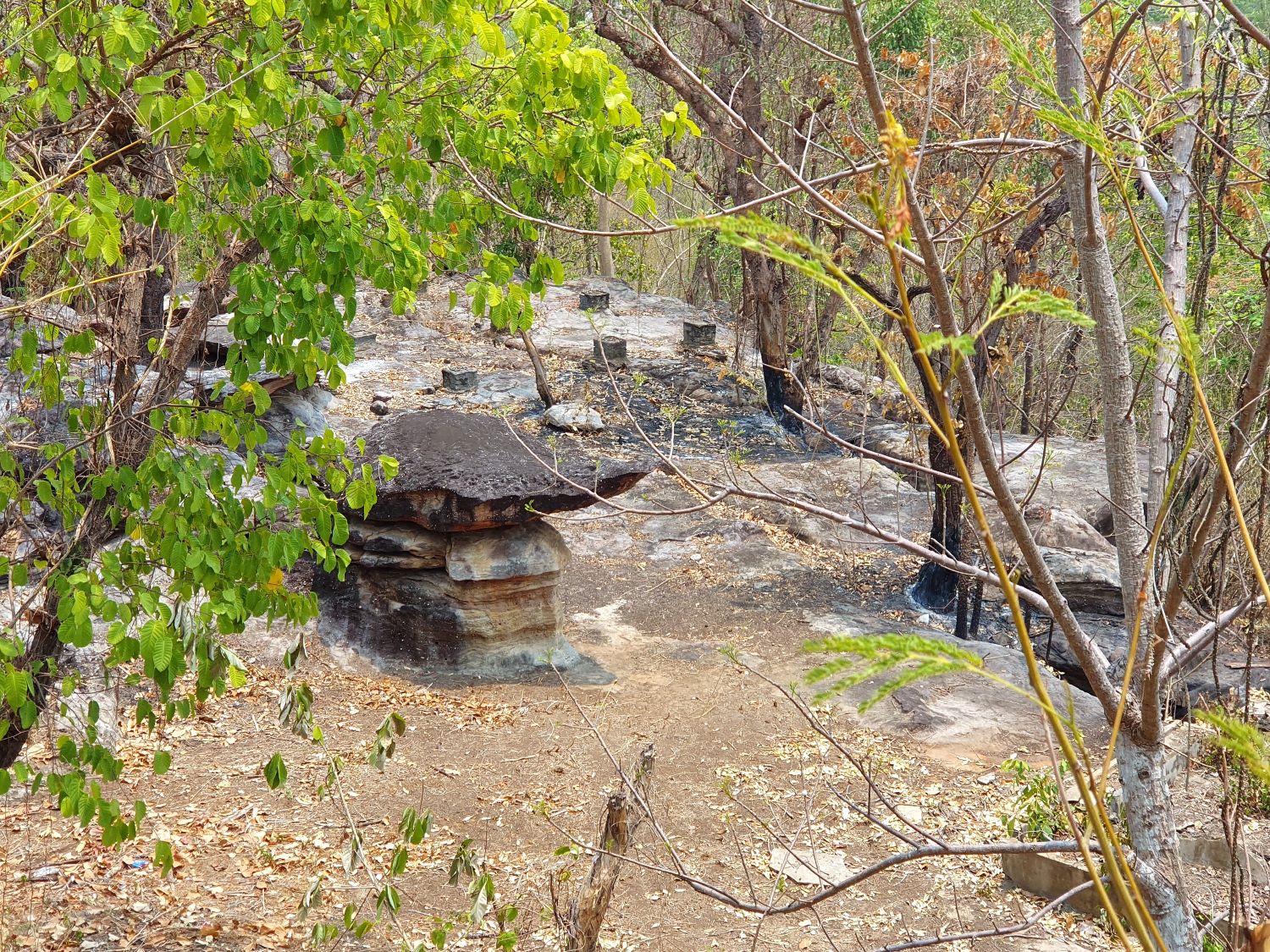
Wat Tham Hao Sin Chai, Khong Chiam
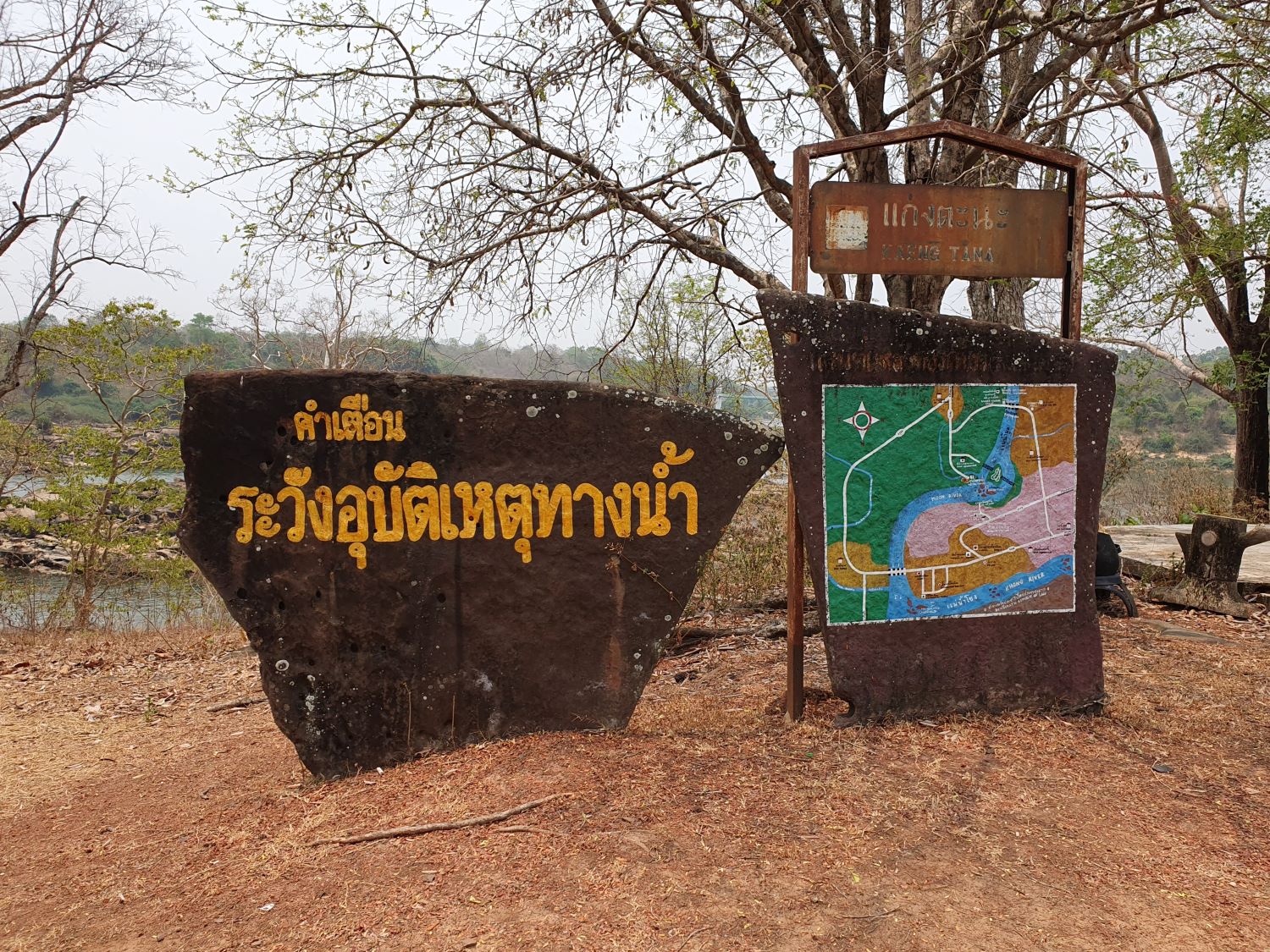
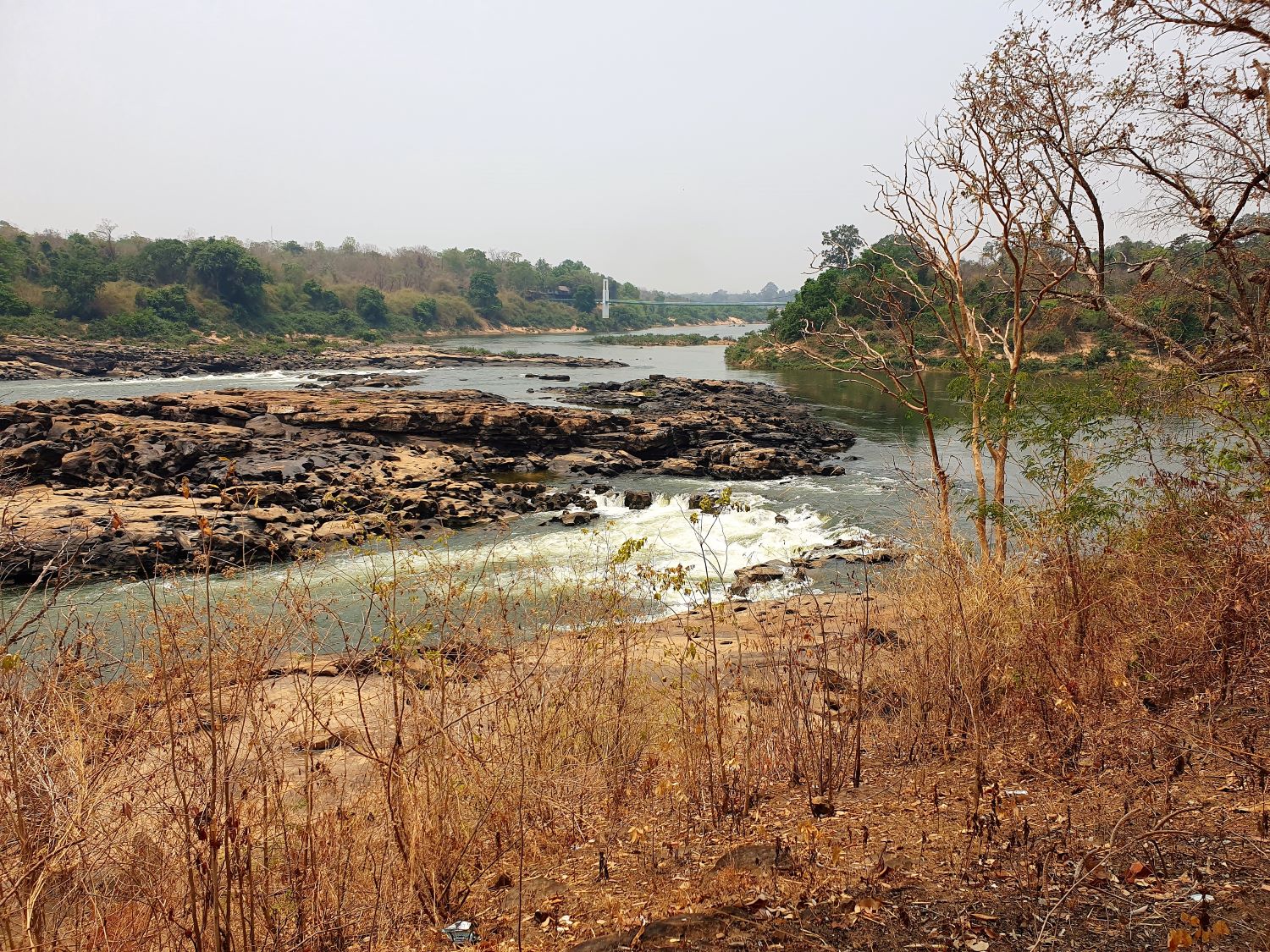

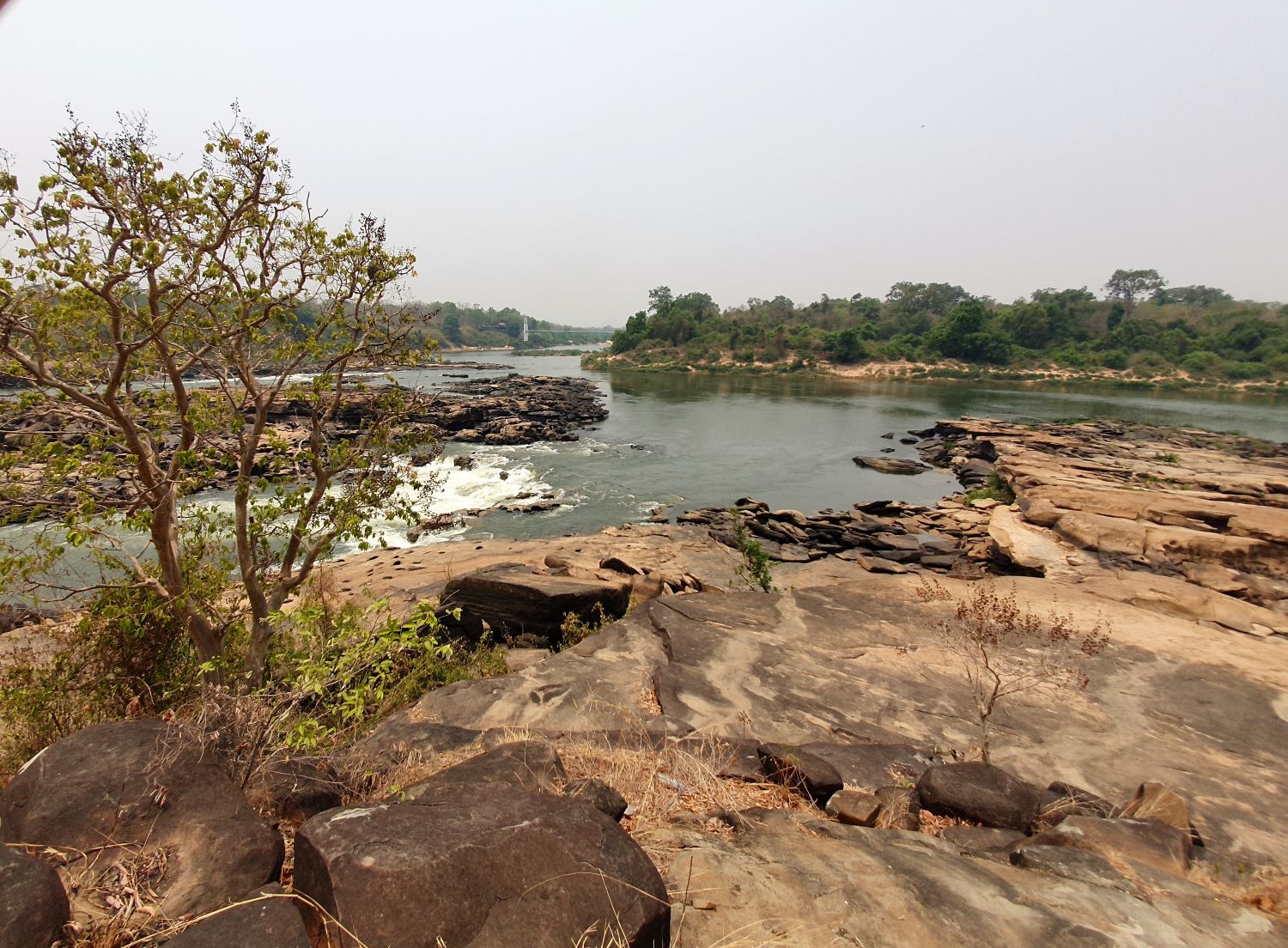
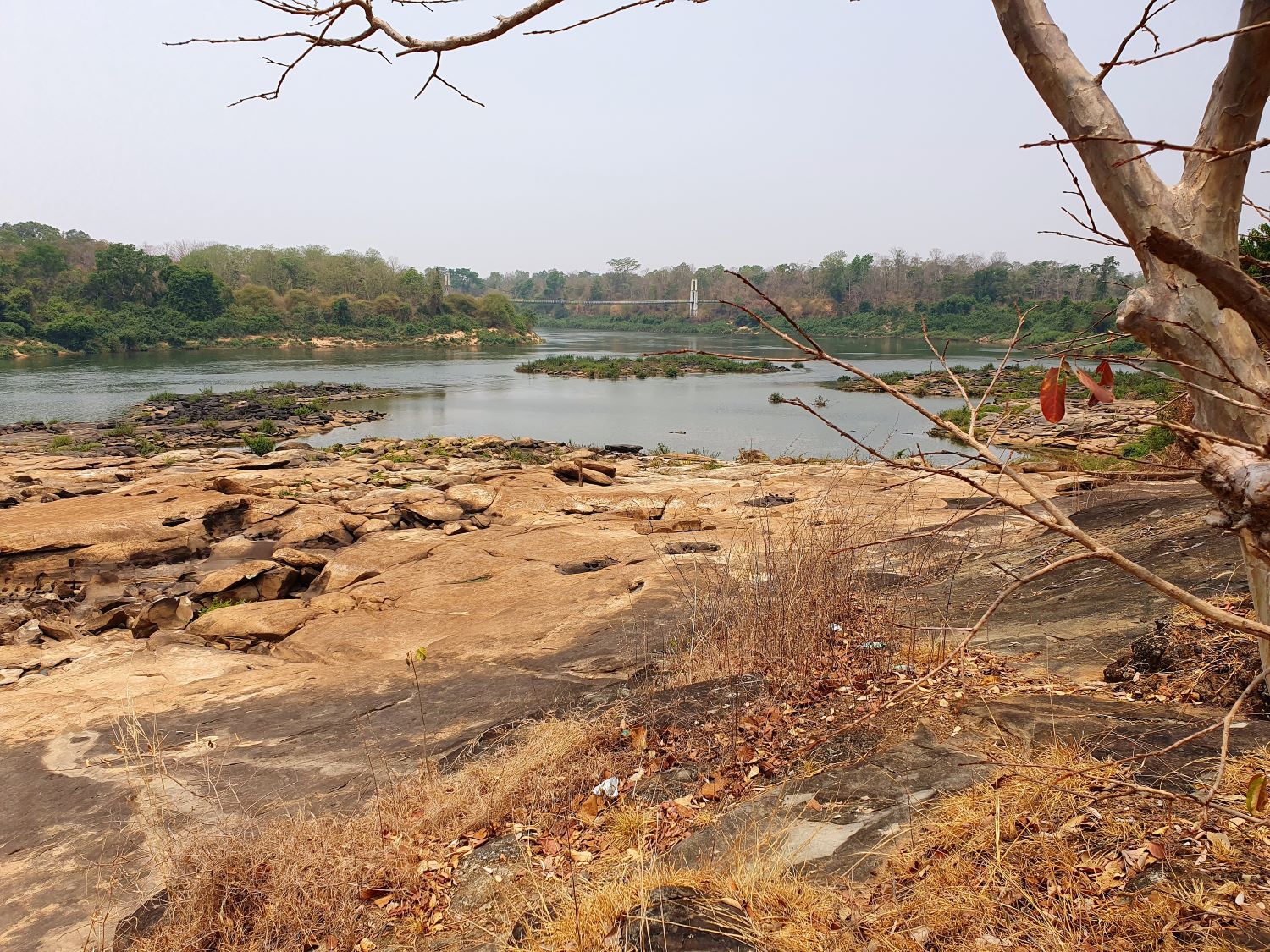
Kaeng Tana, Kaeng Tana National Park,
Huai Yang, Khong Chiam District
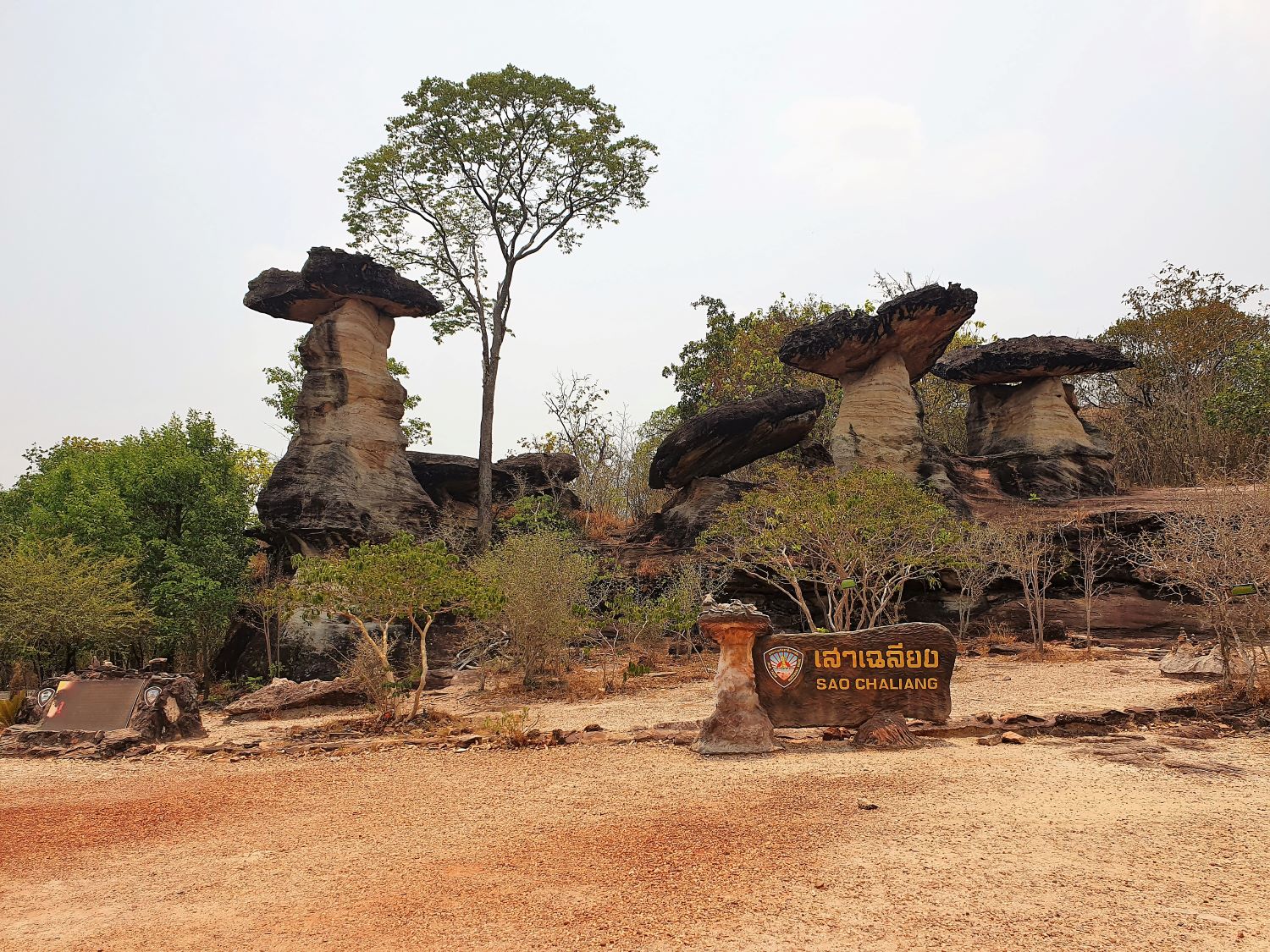
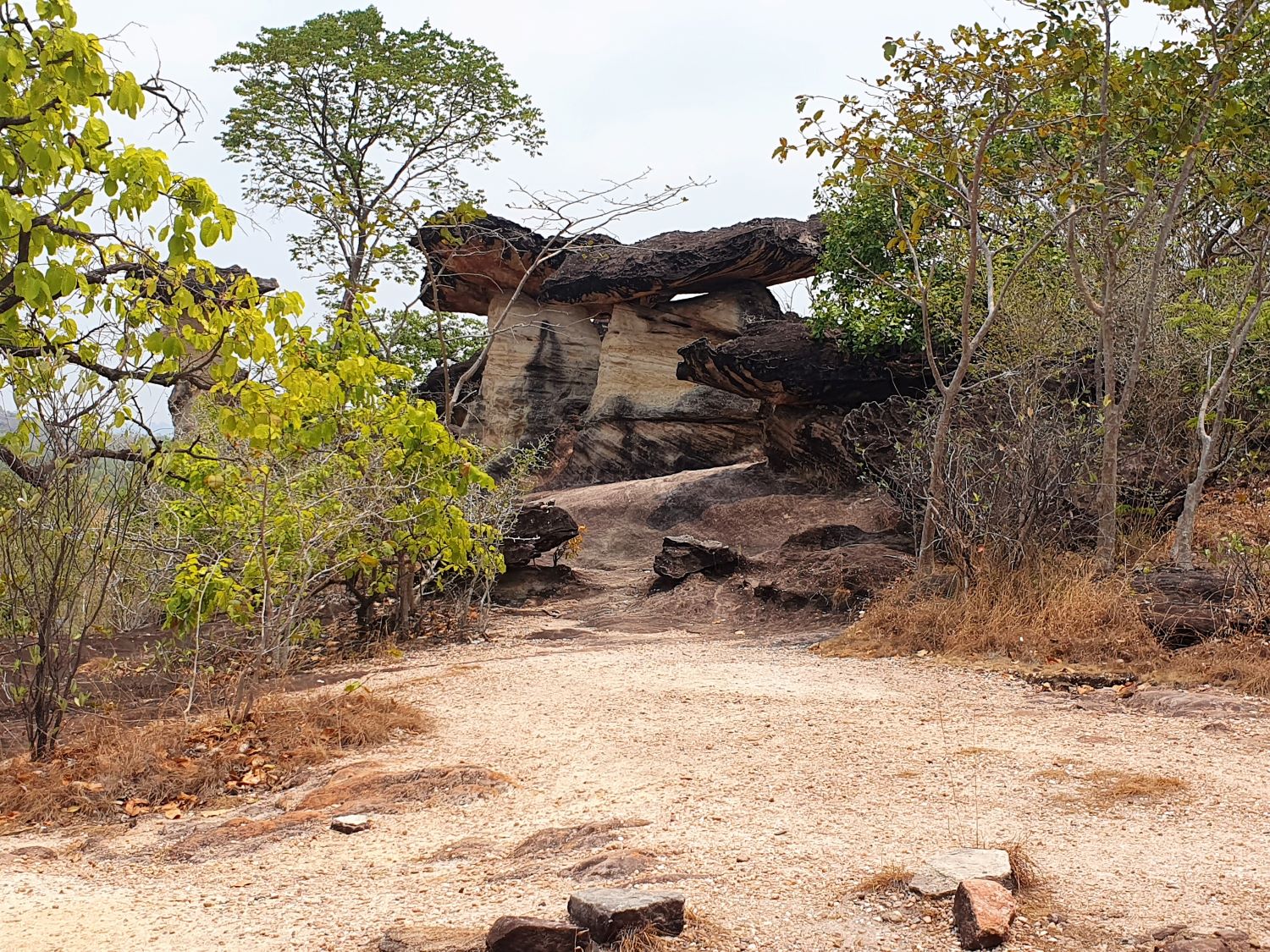
Sao Chaliang, Huai Phai,
Khong Chiam District
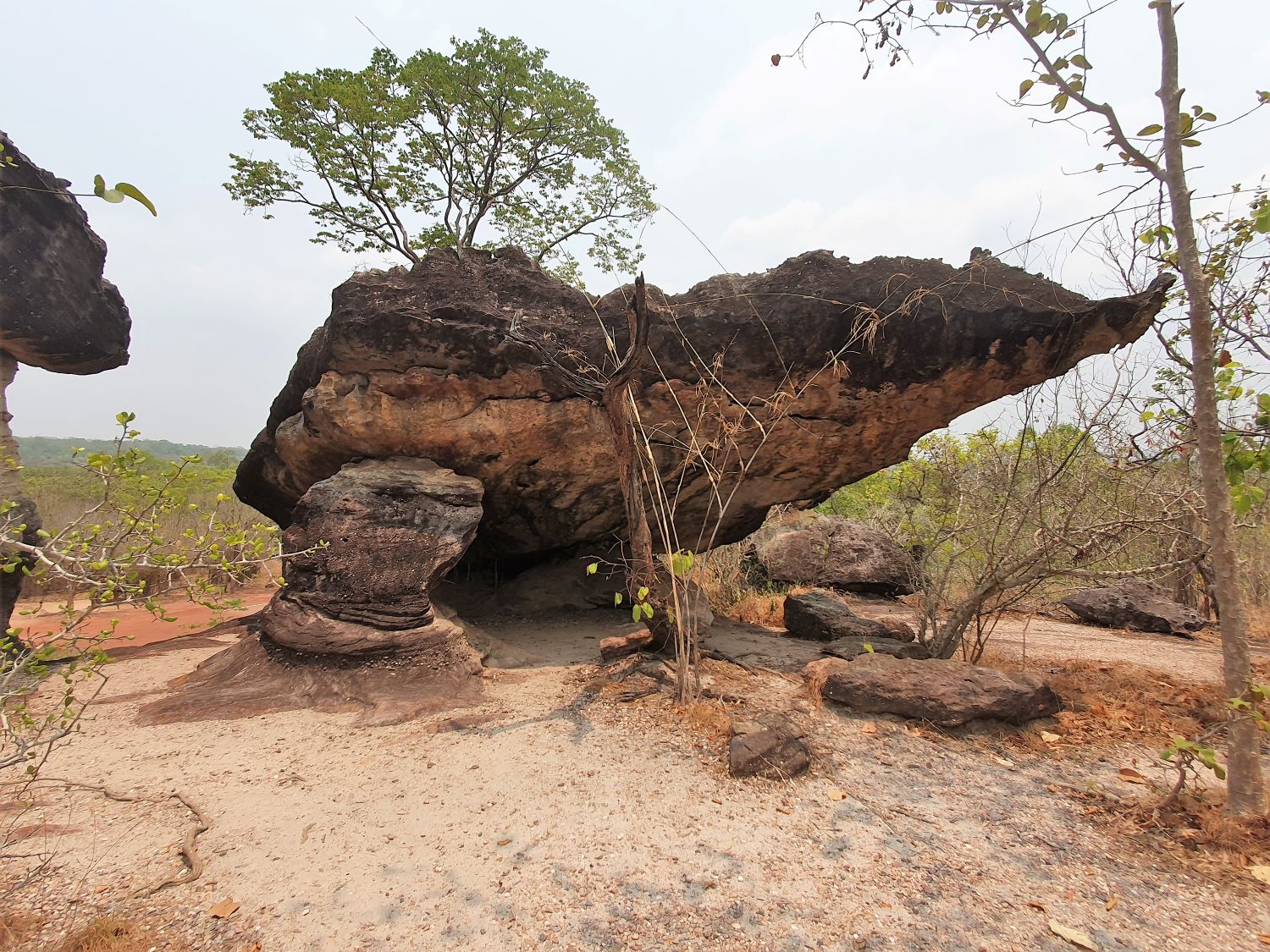
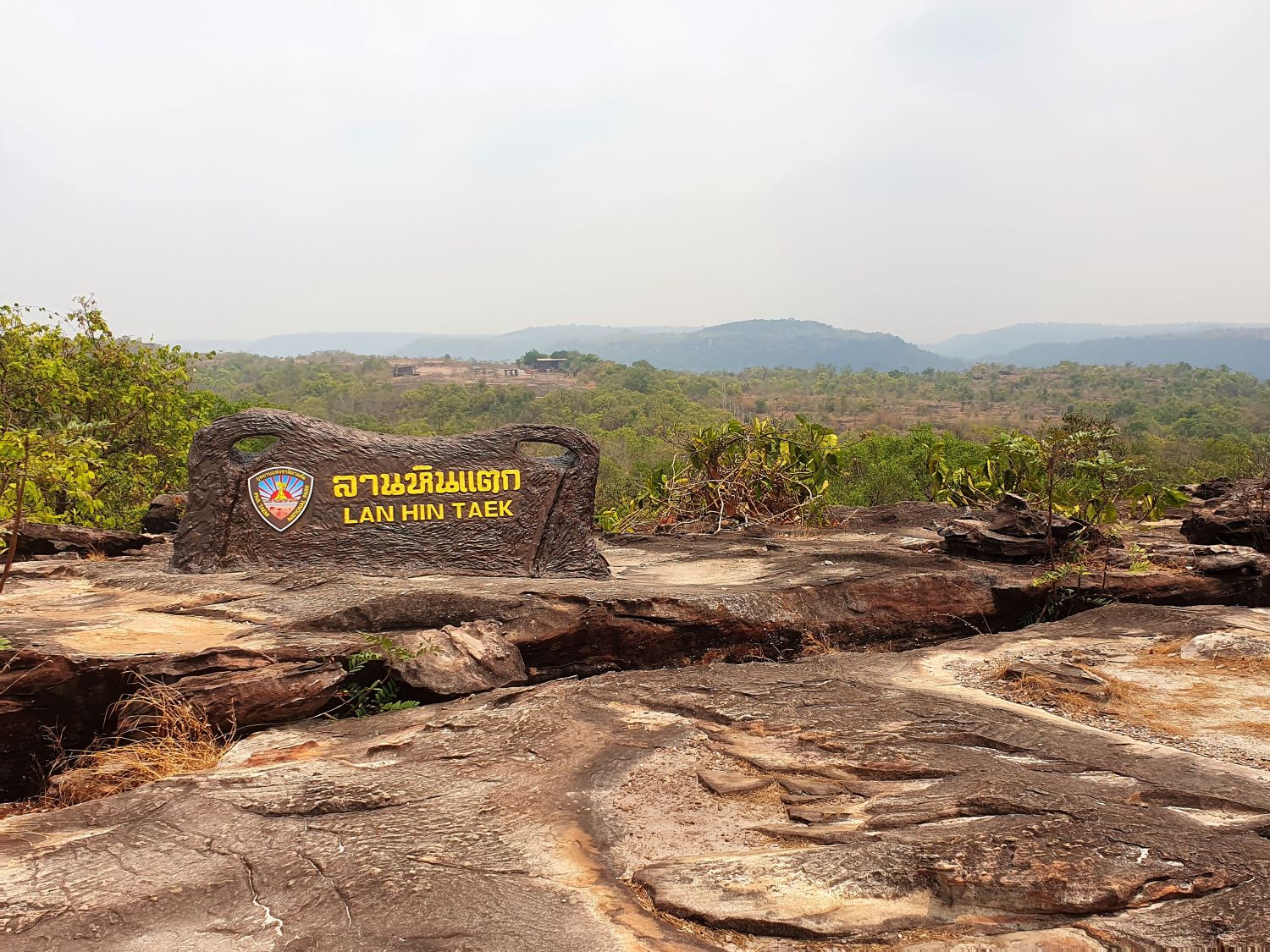
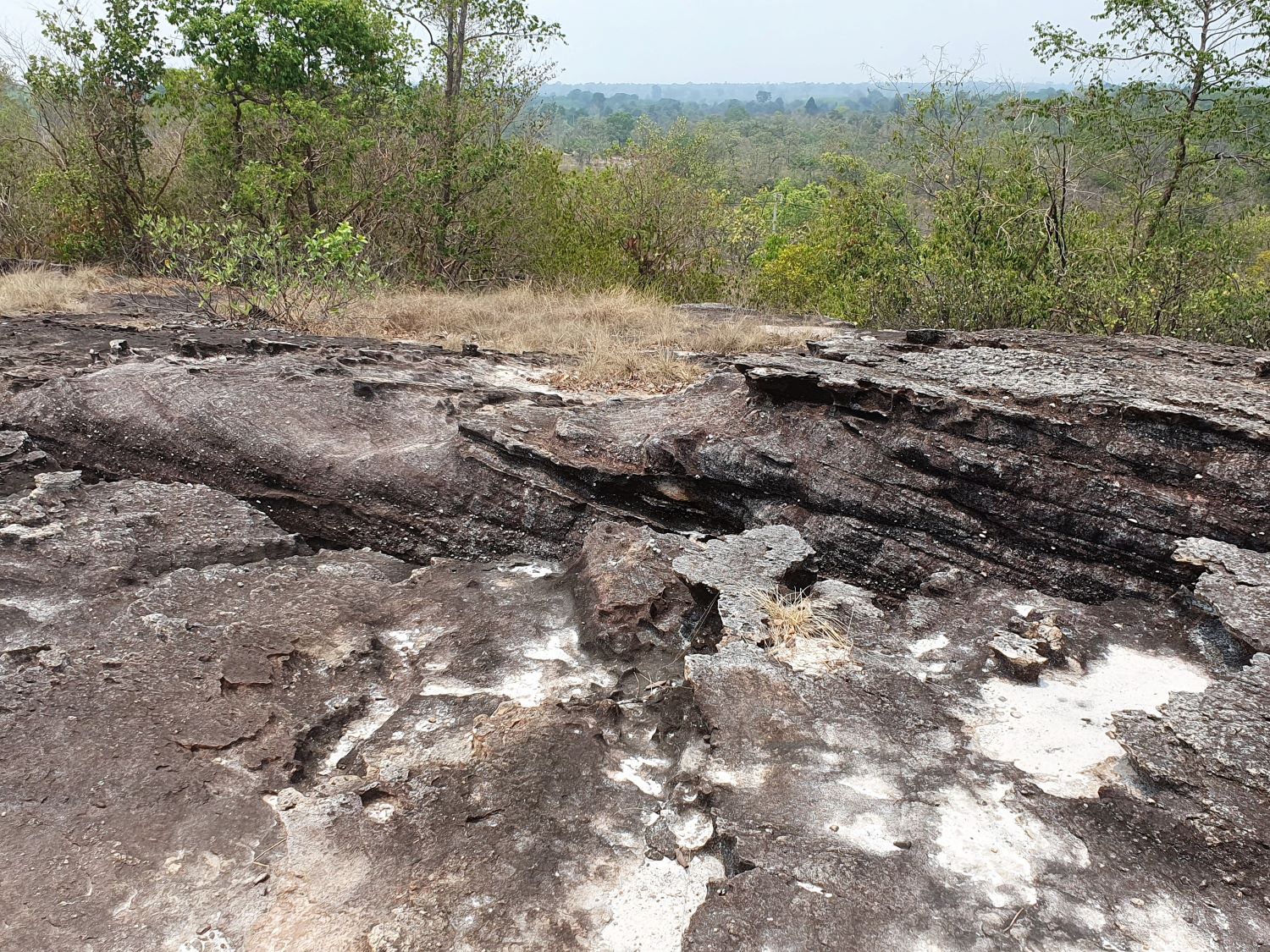
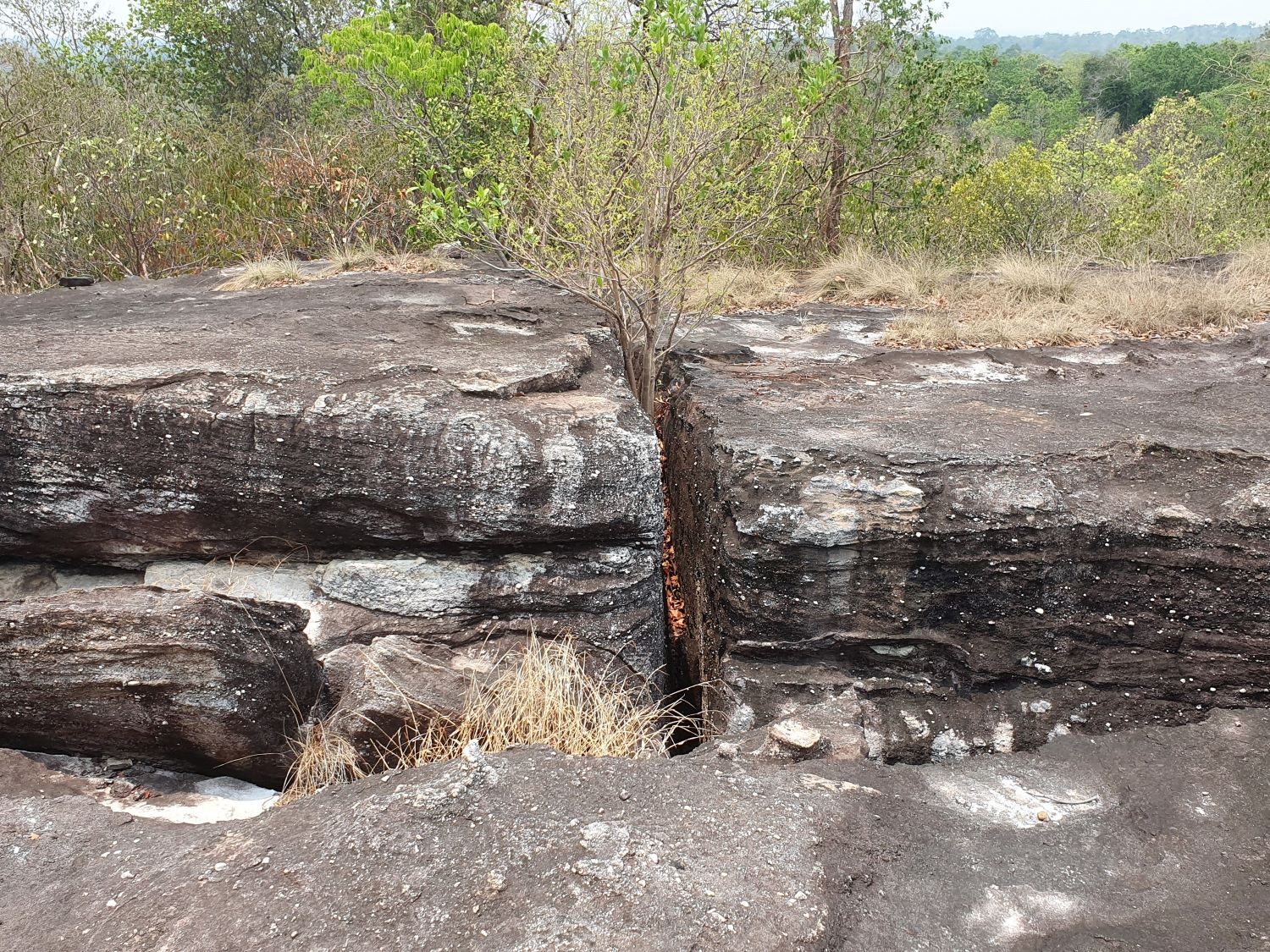
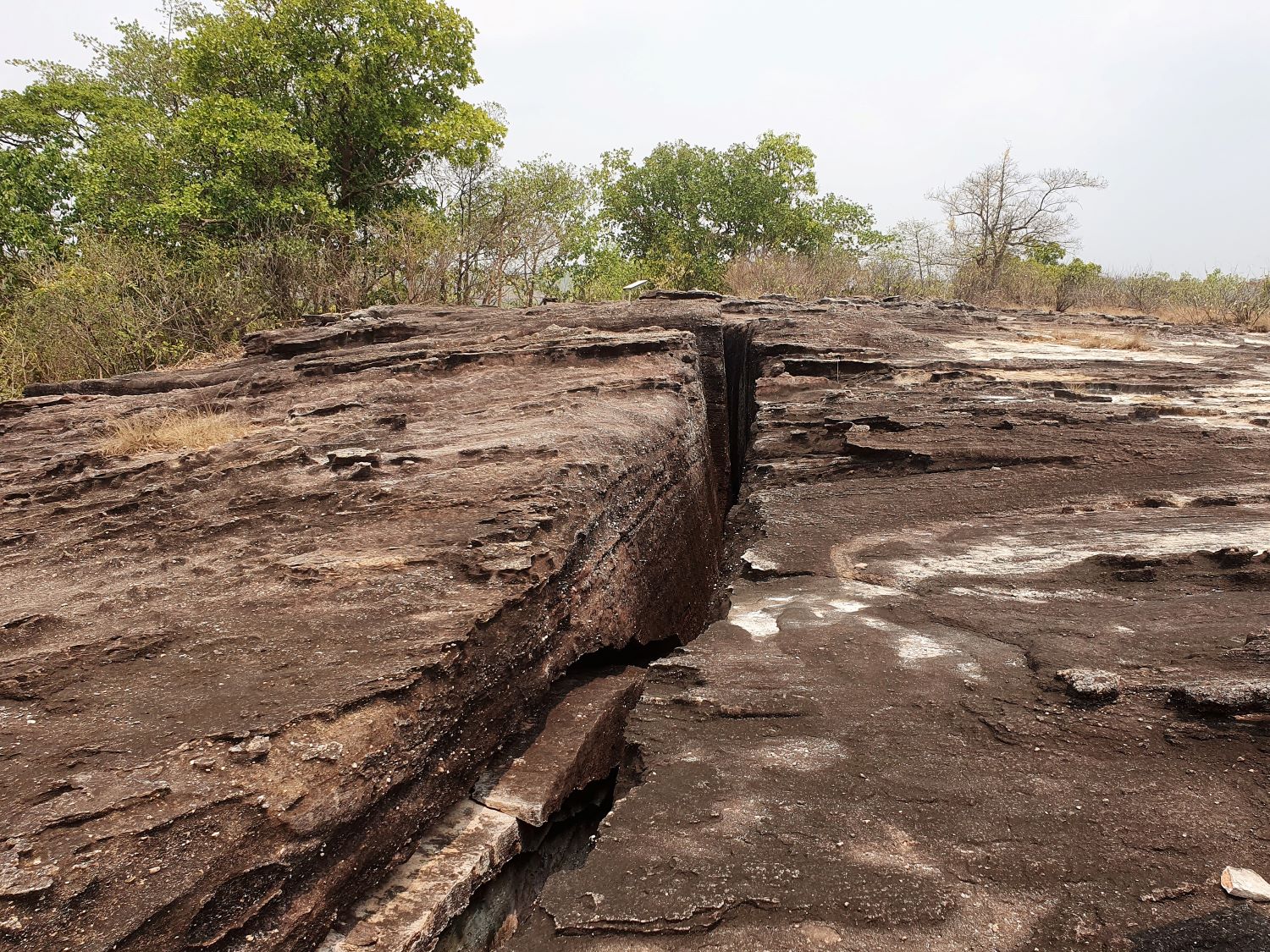
Lan Hin Taek, Huai Phai,
Khong Chiam District
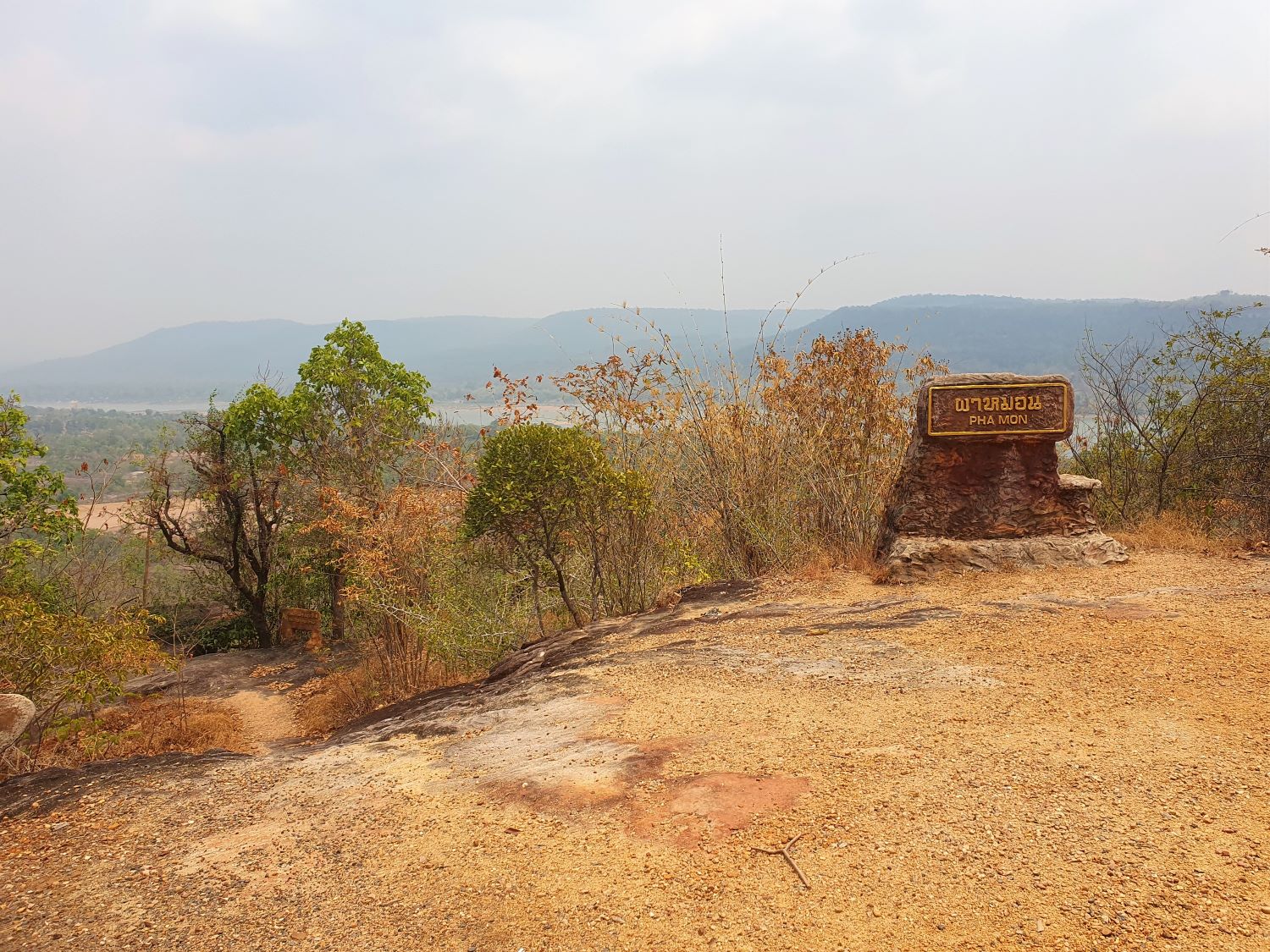
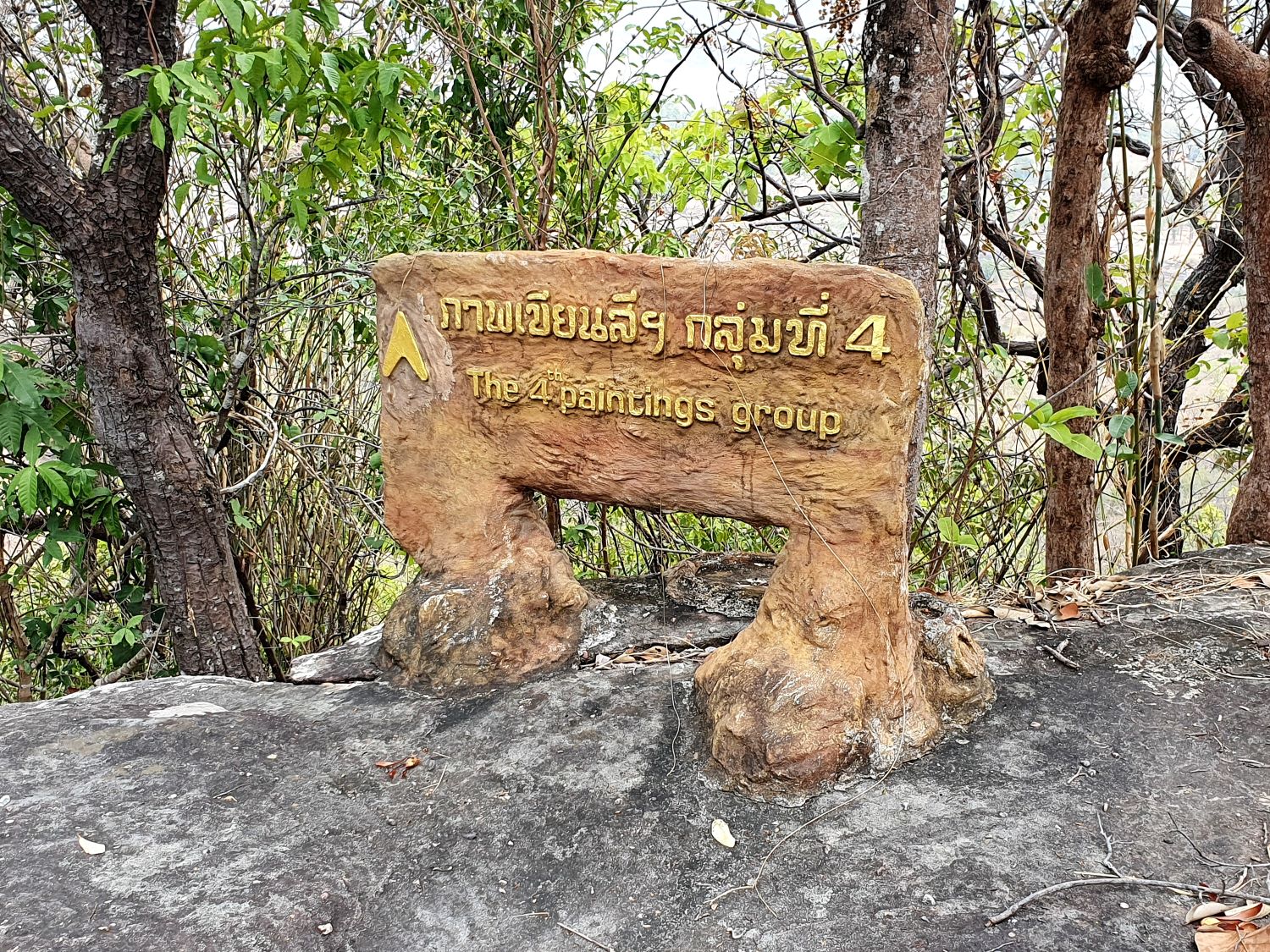
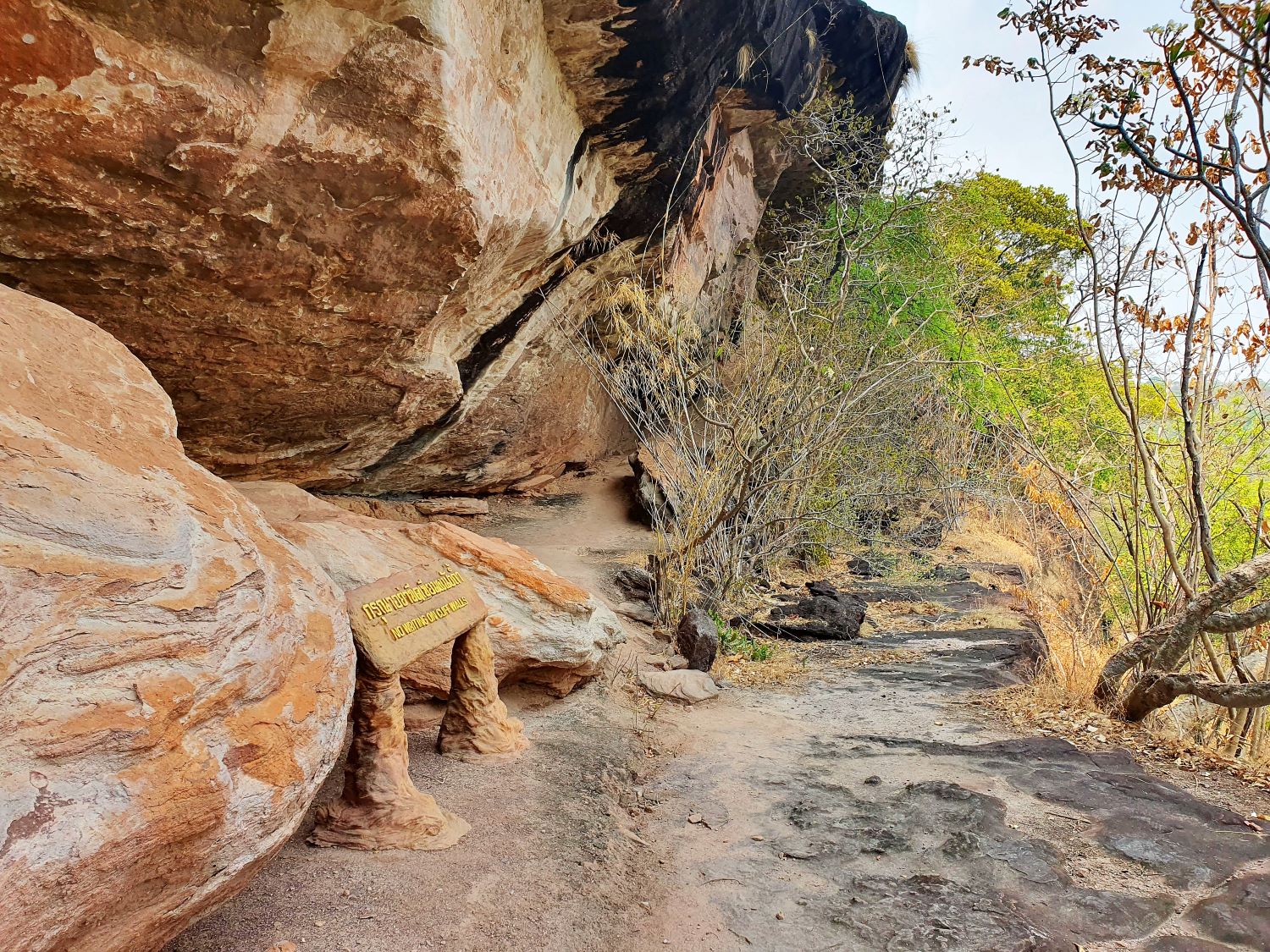
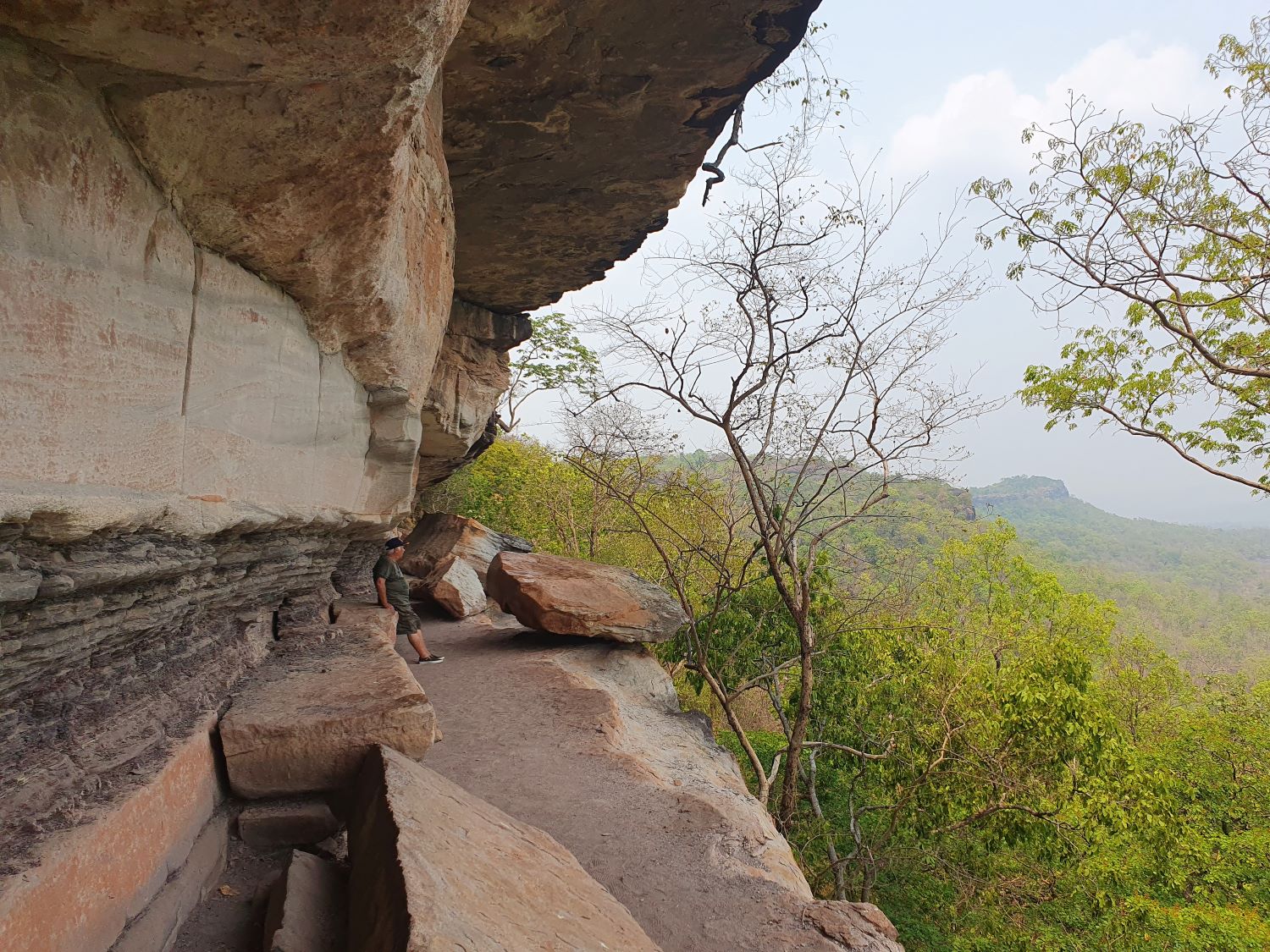
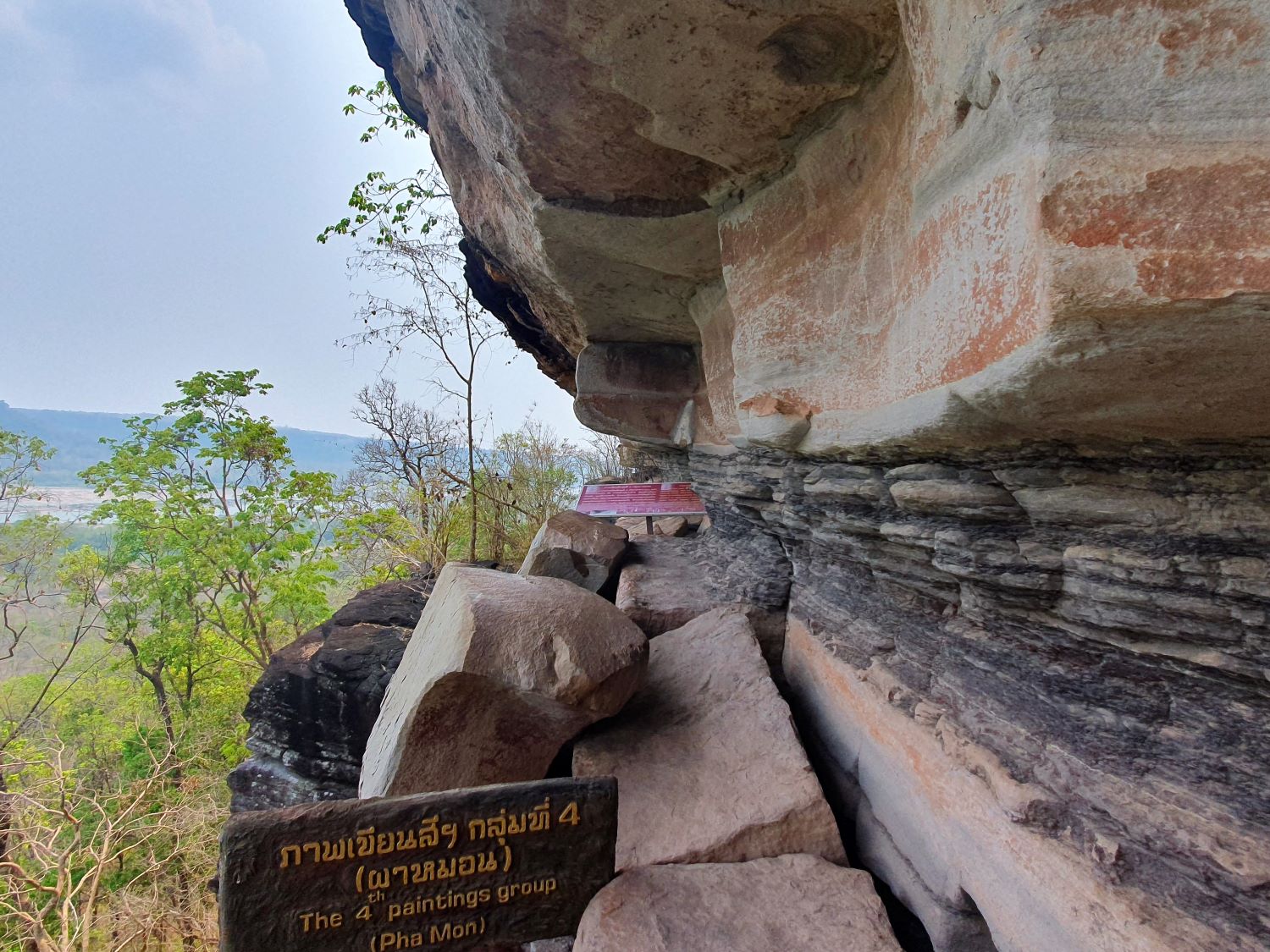
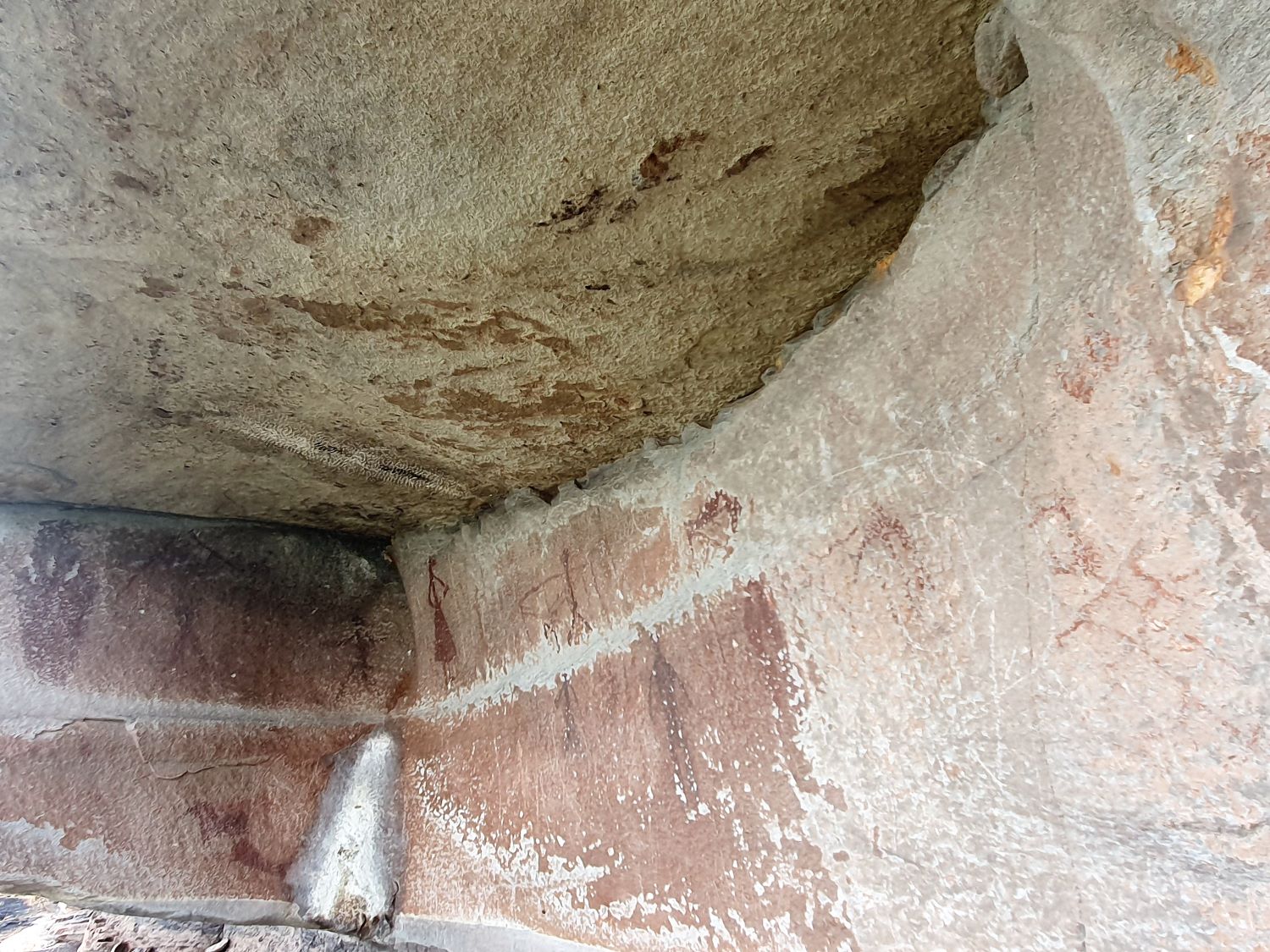
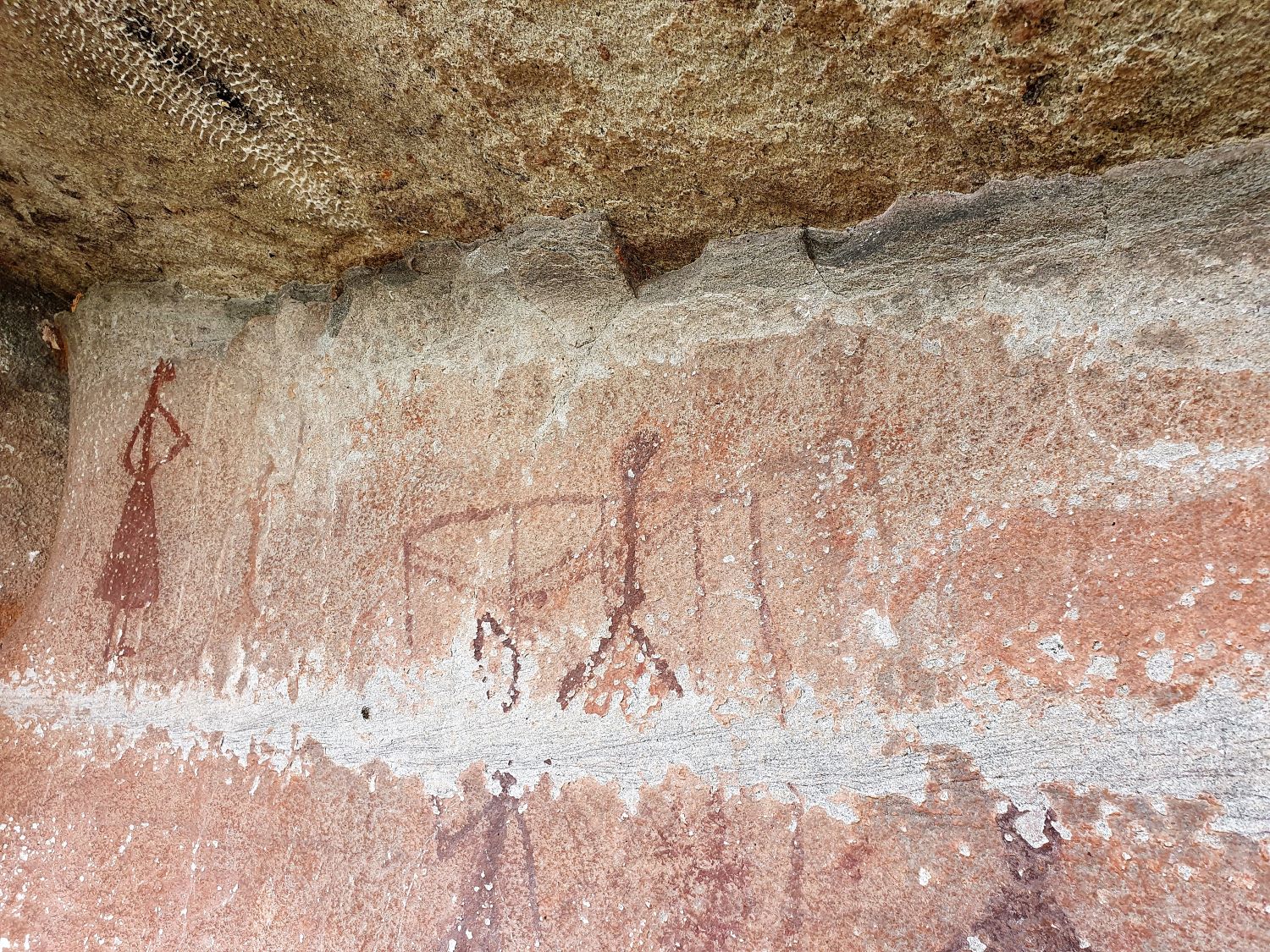
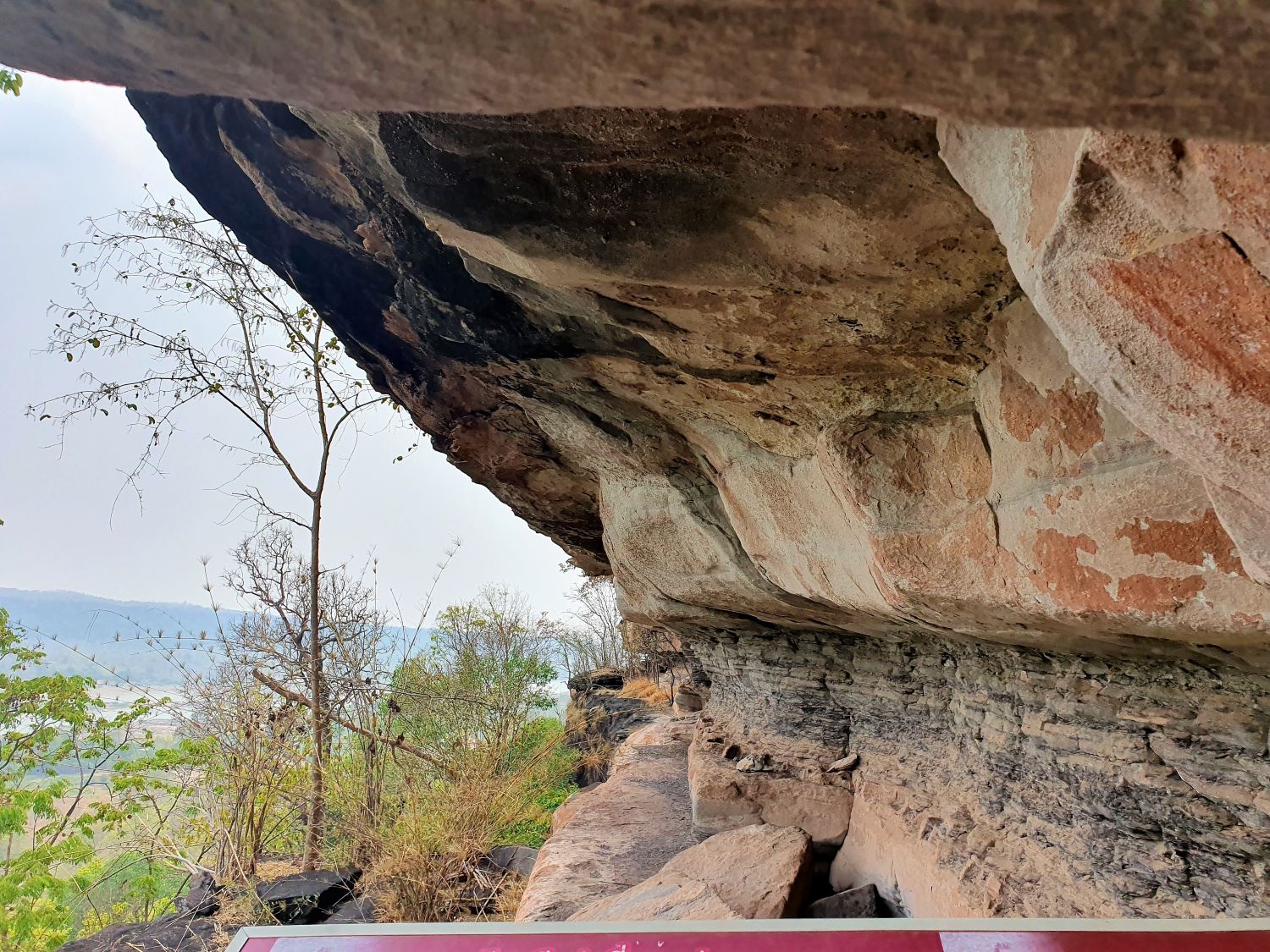
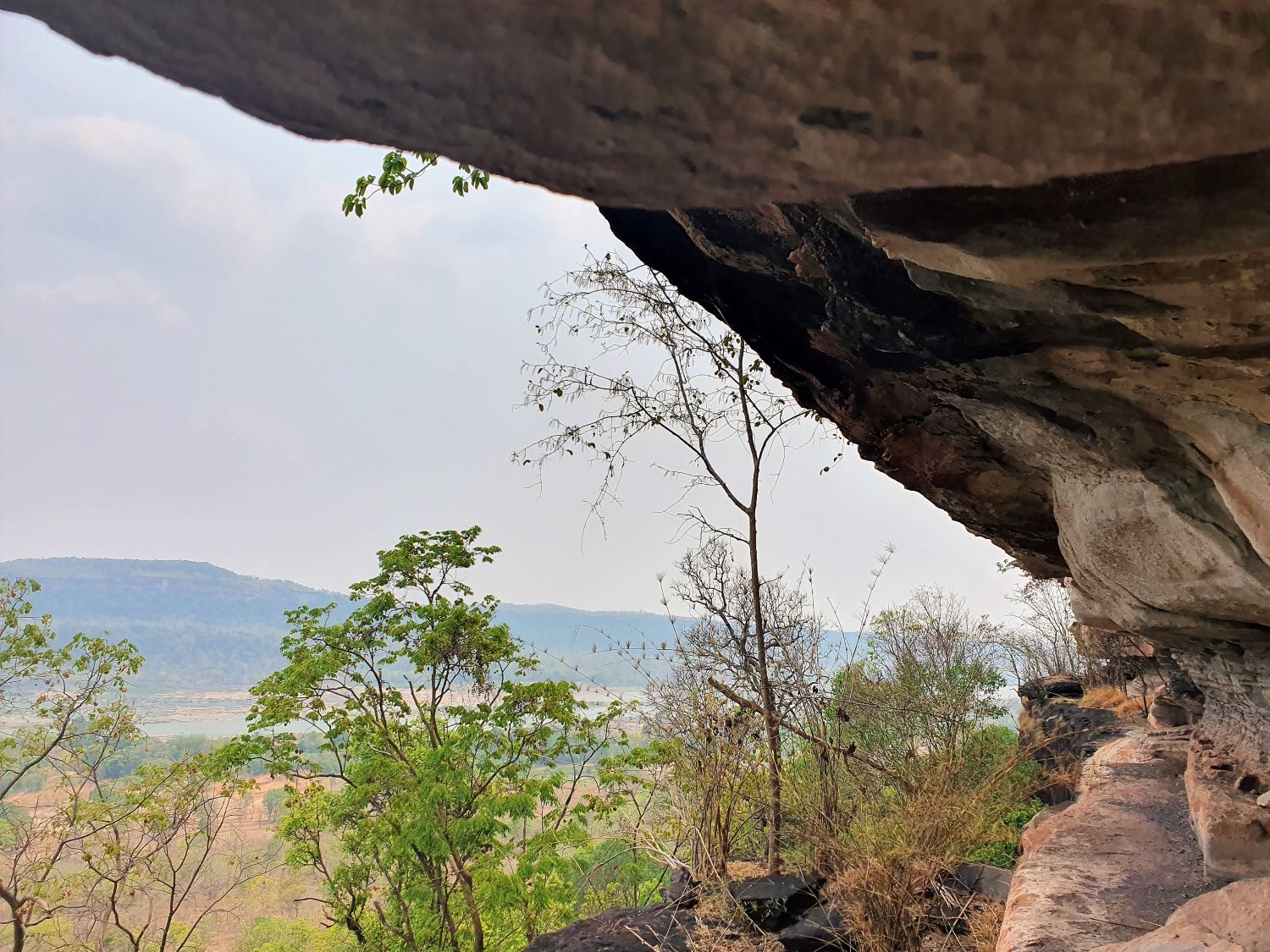
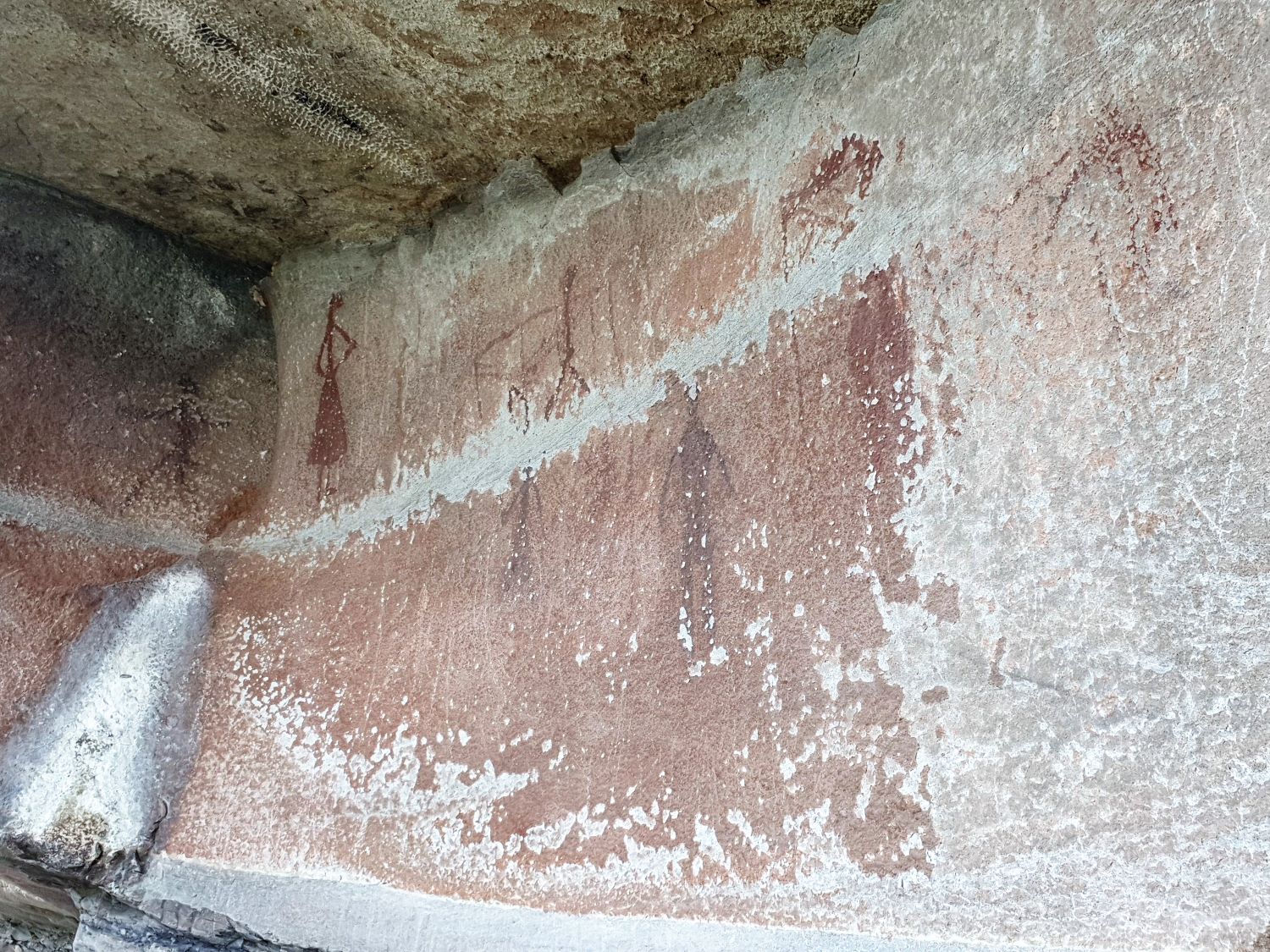

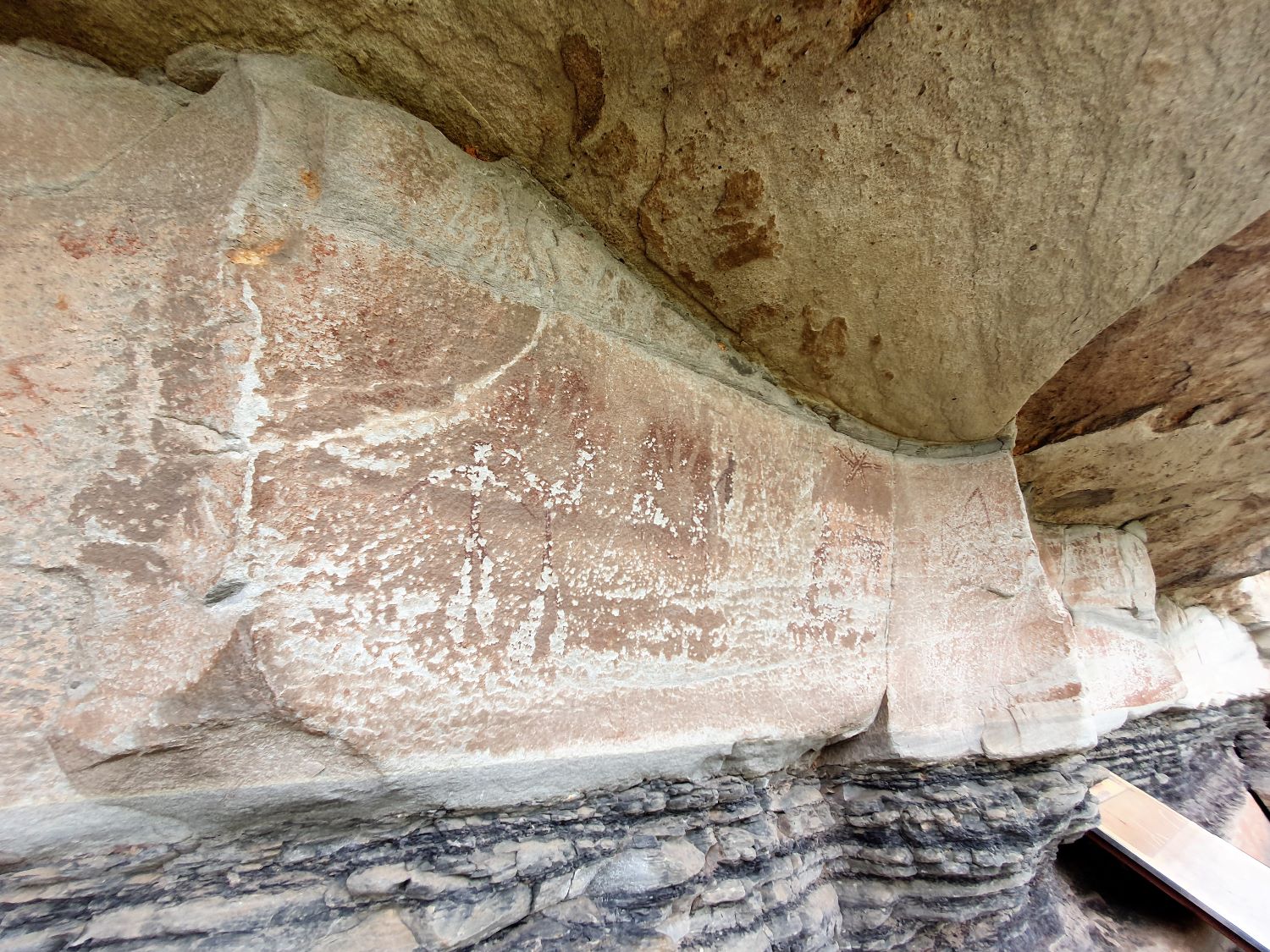


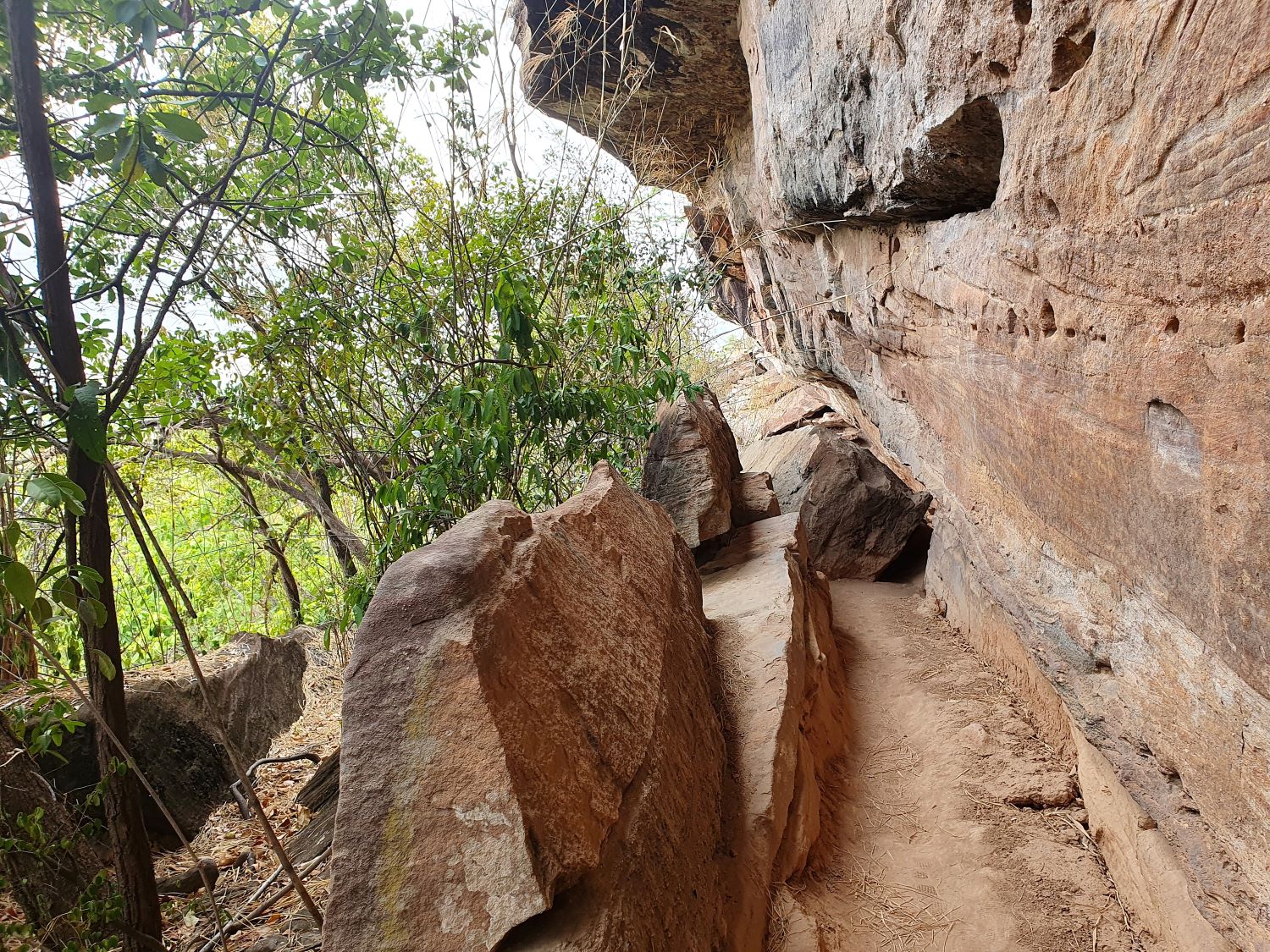
Pha Mon, Huai Phai, Khong Chiam District
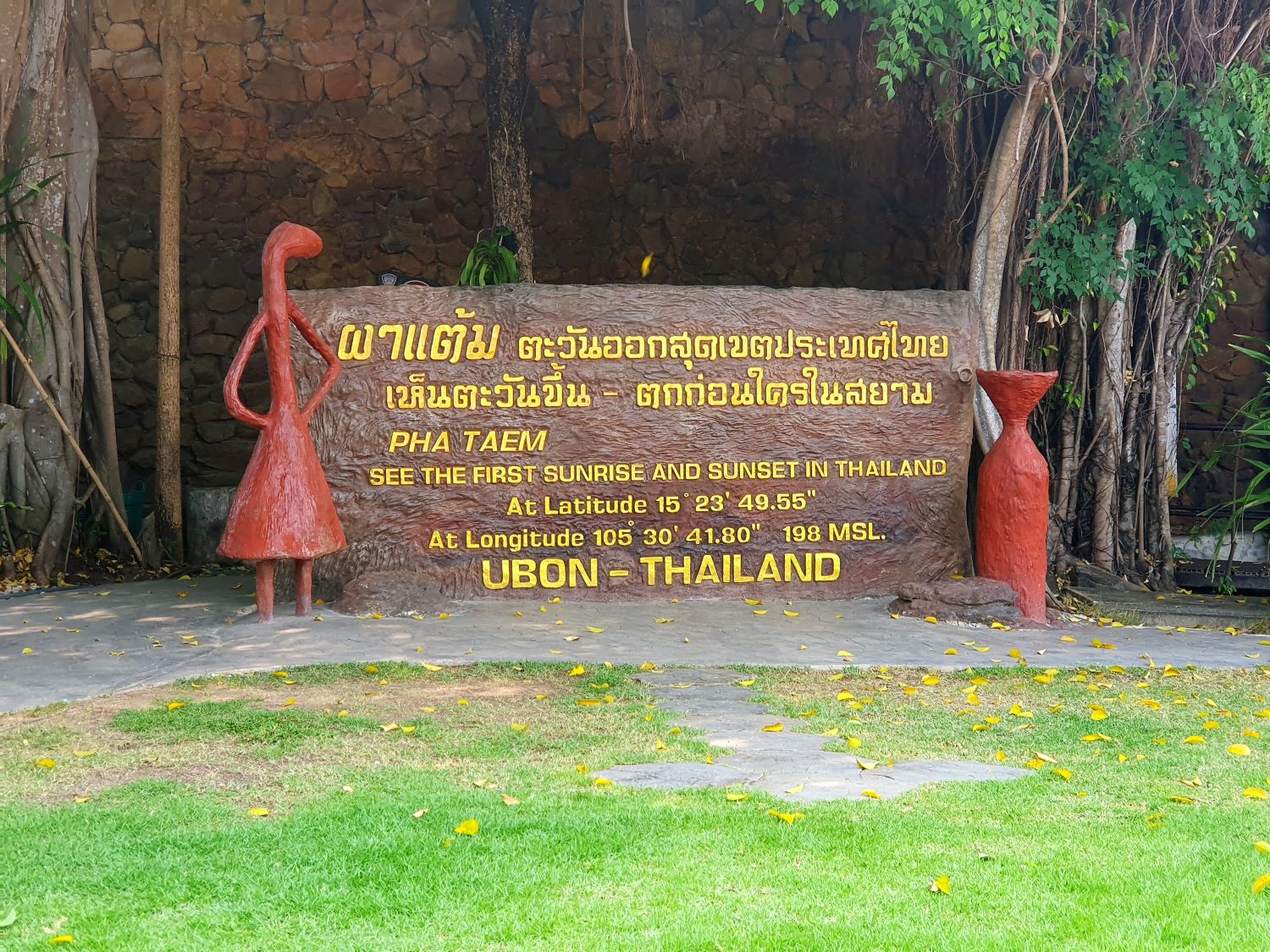
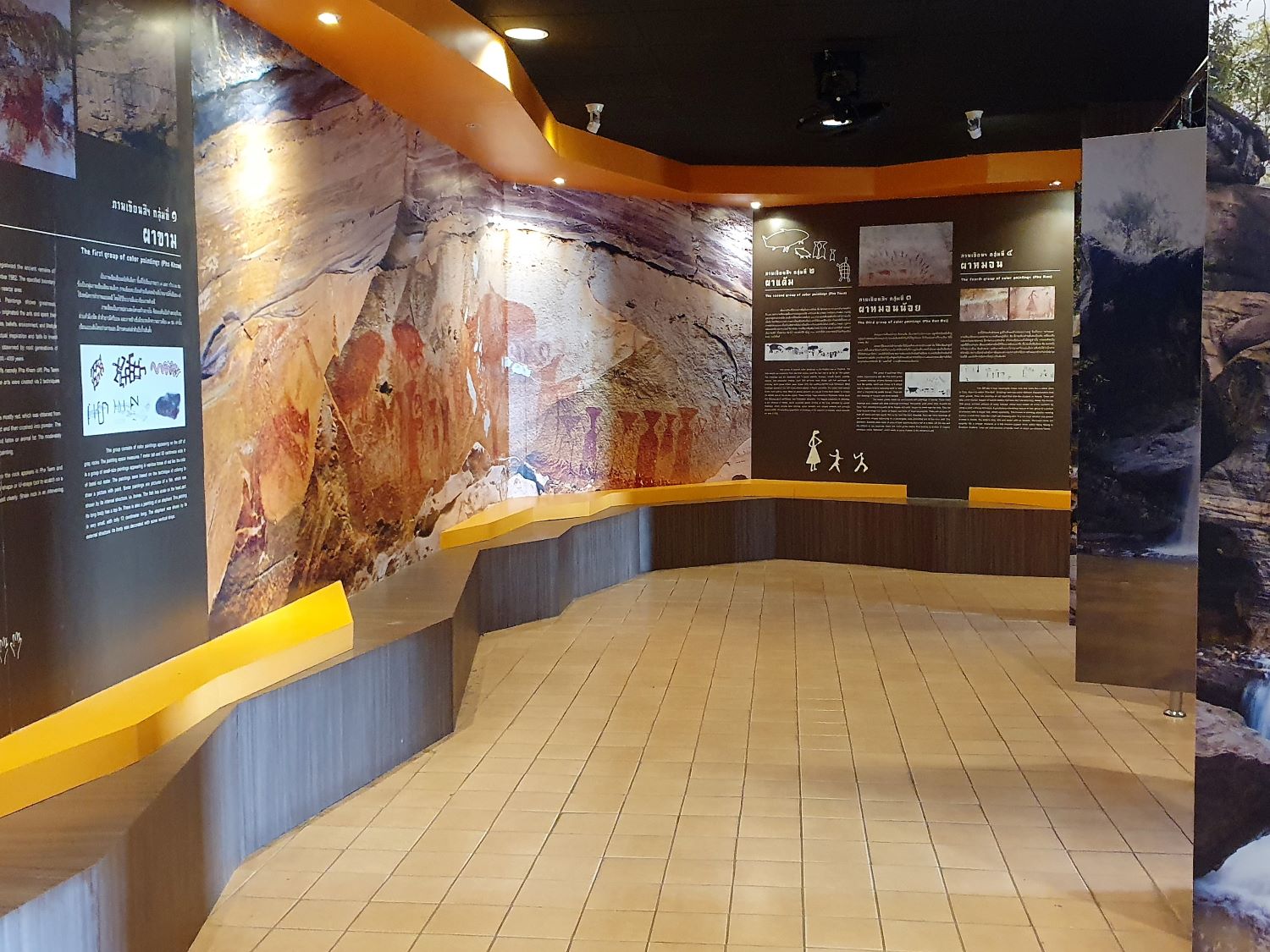
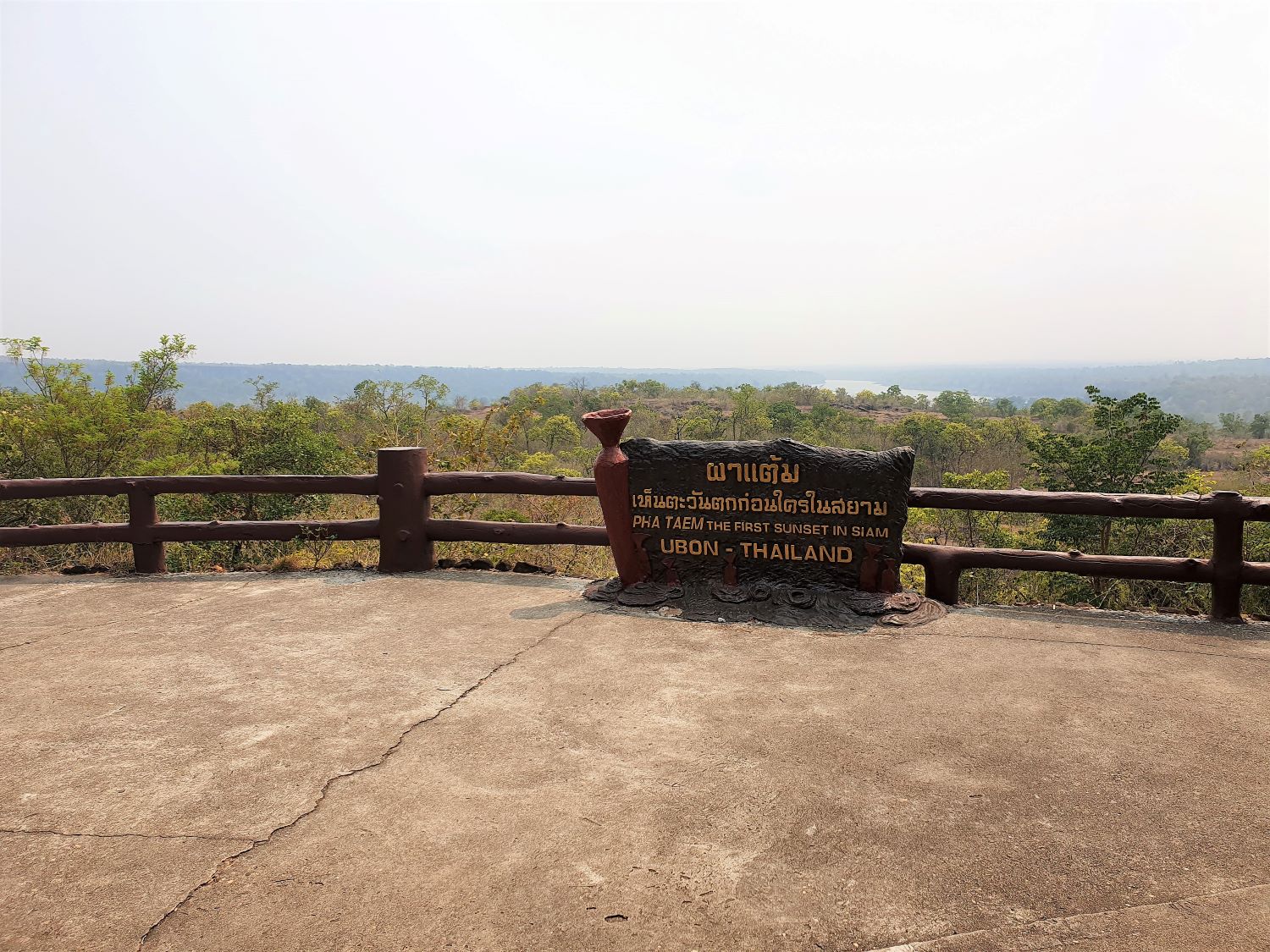
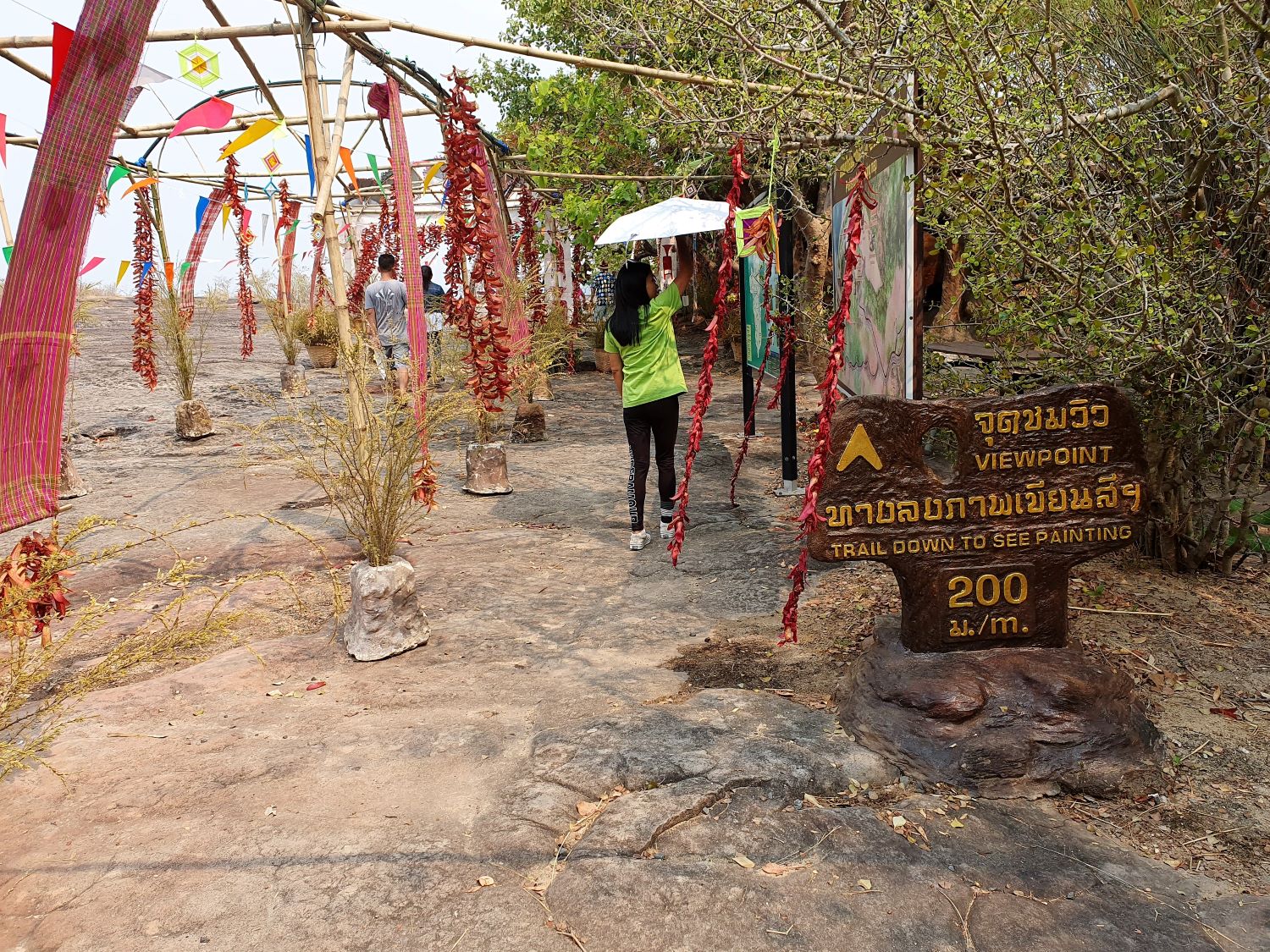

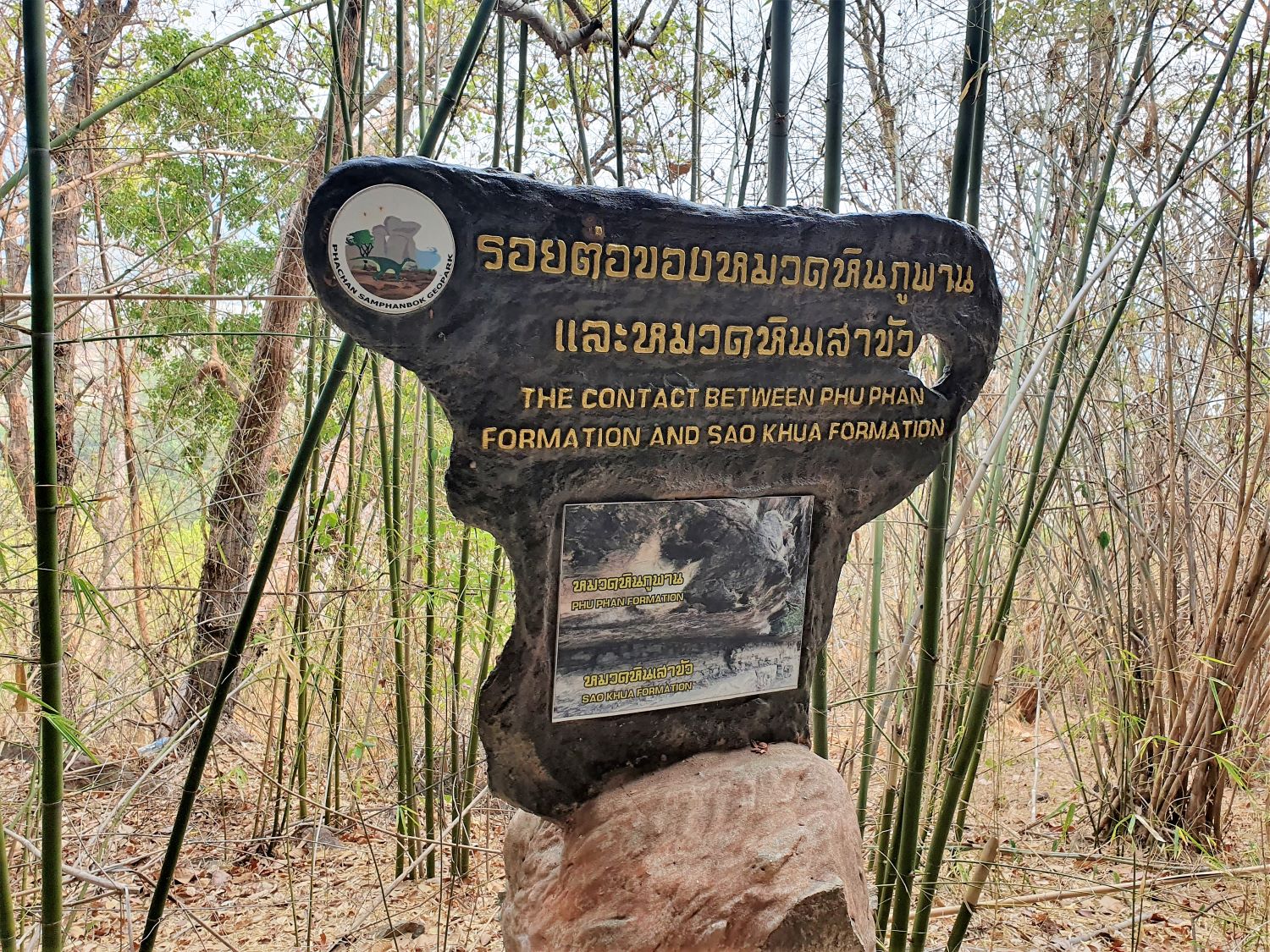
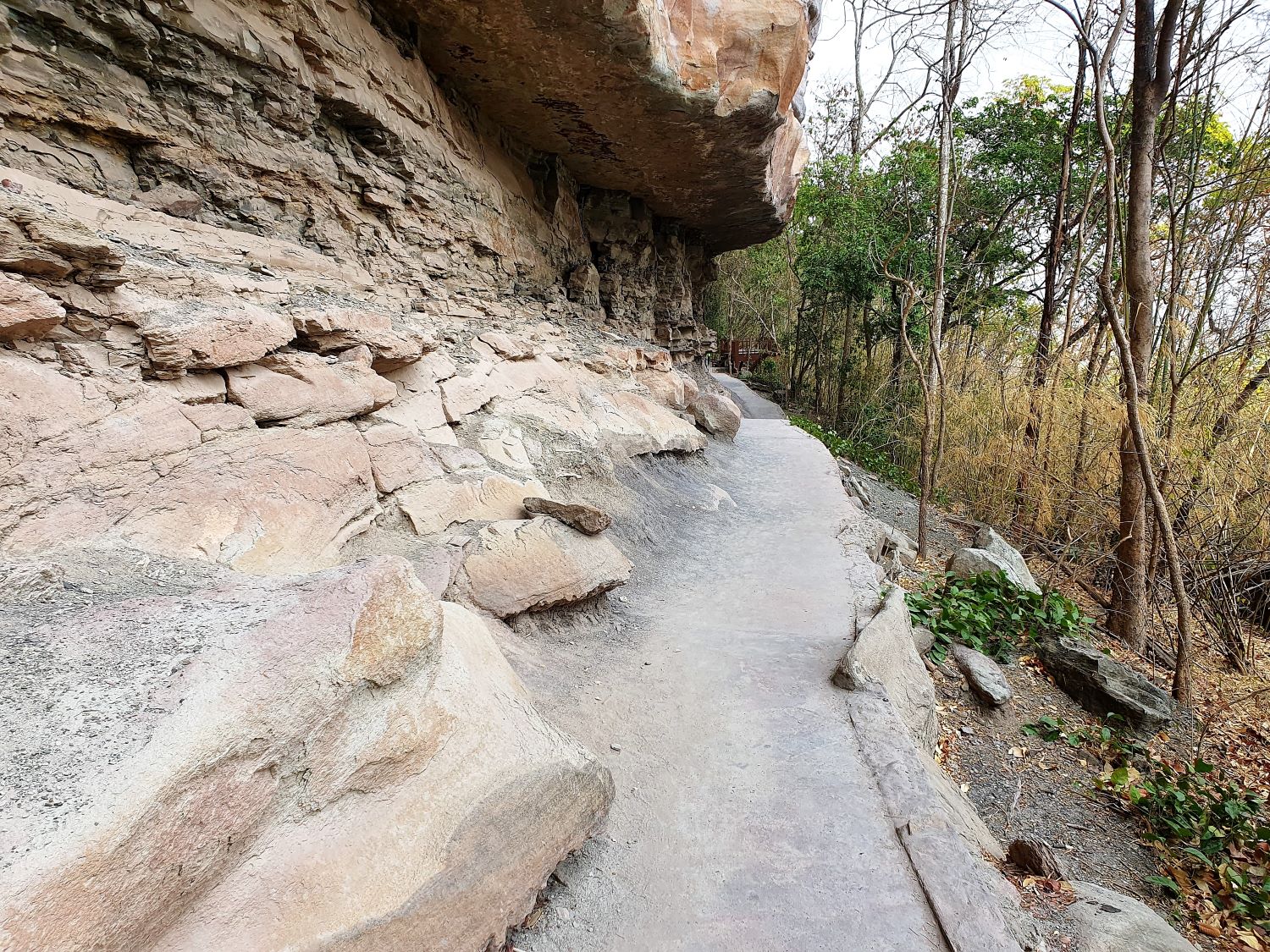
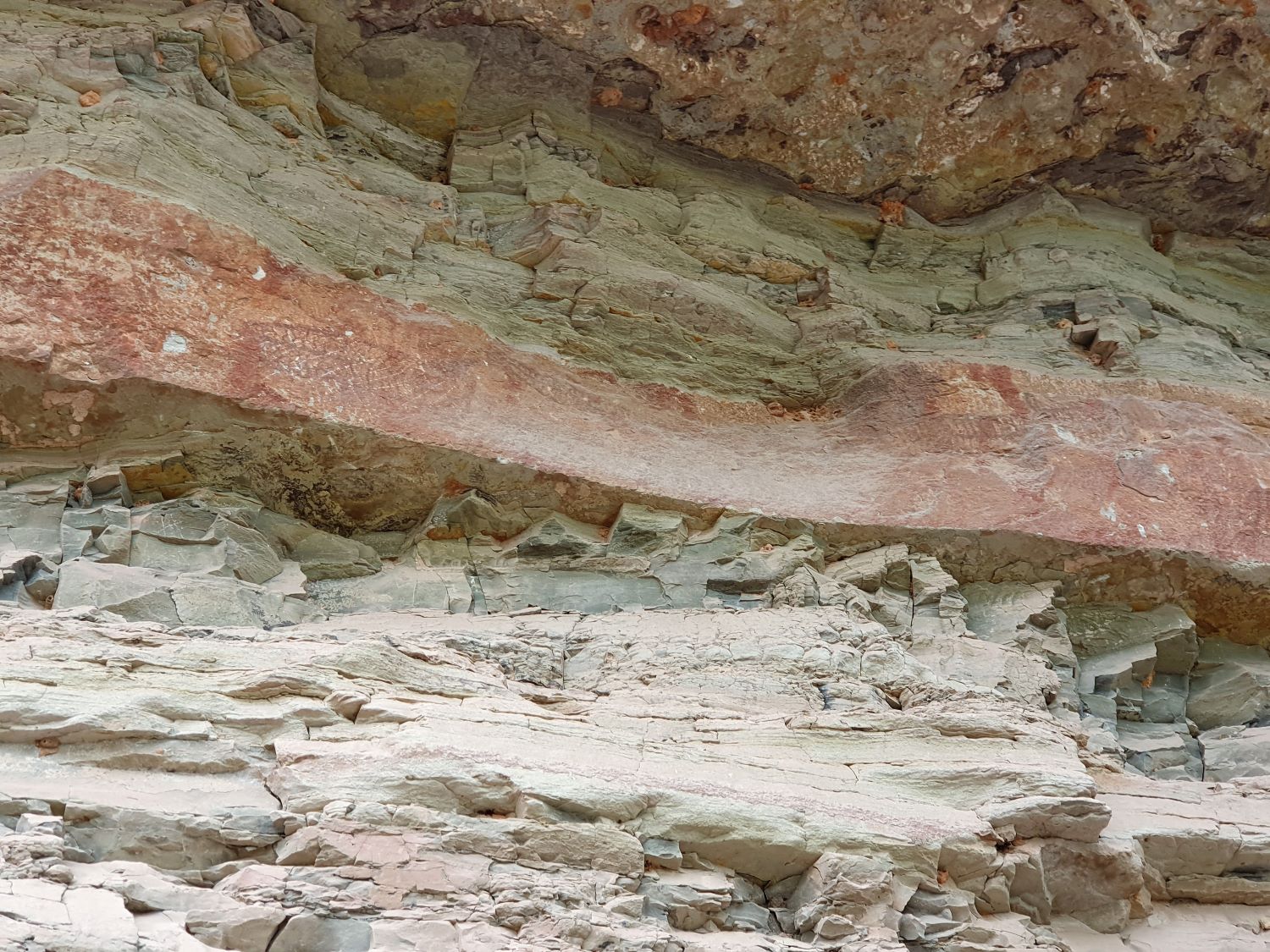
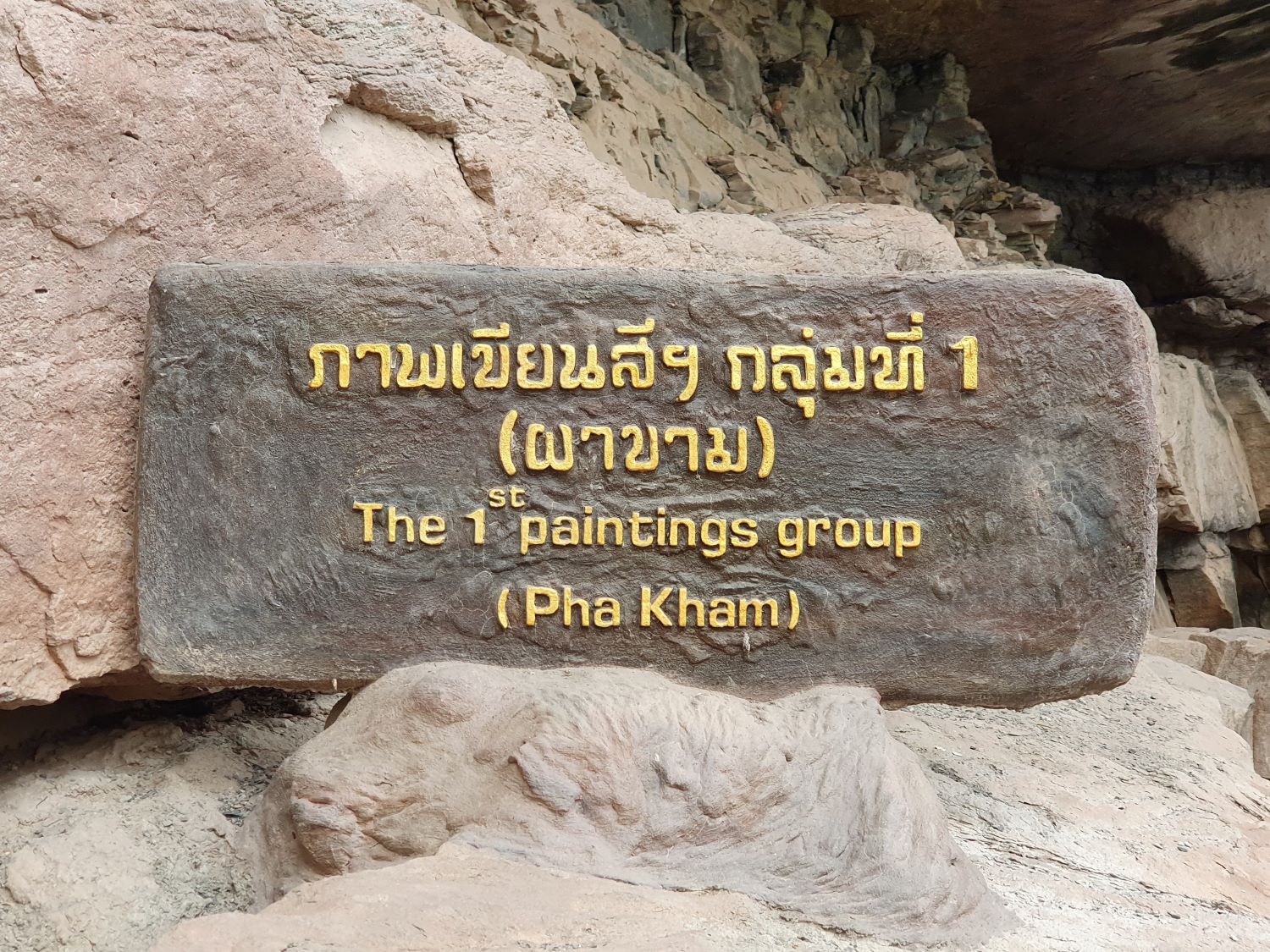
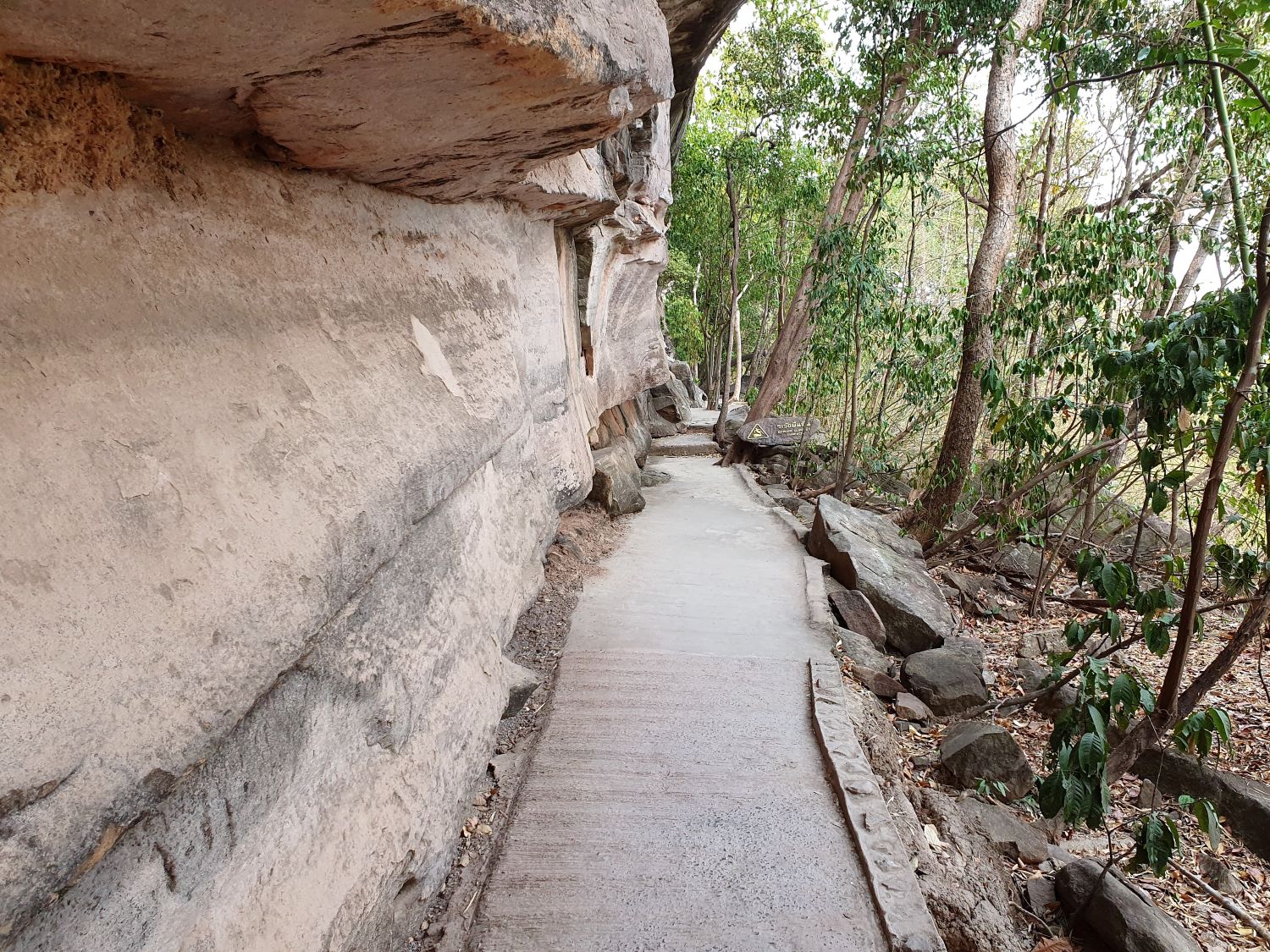
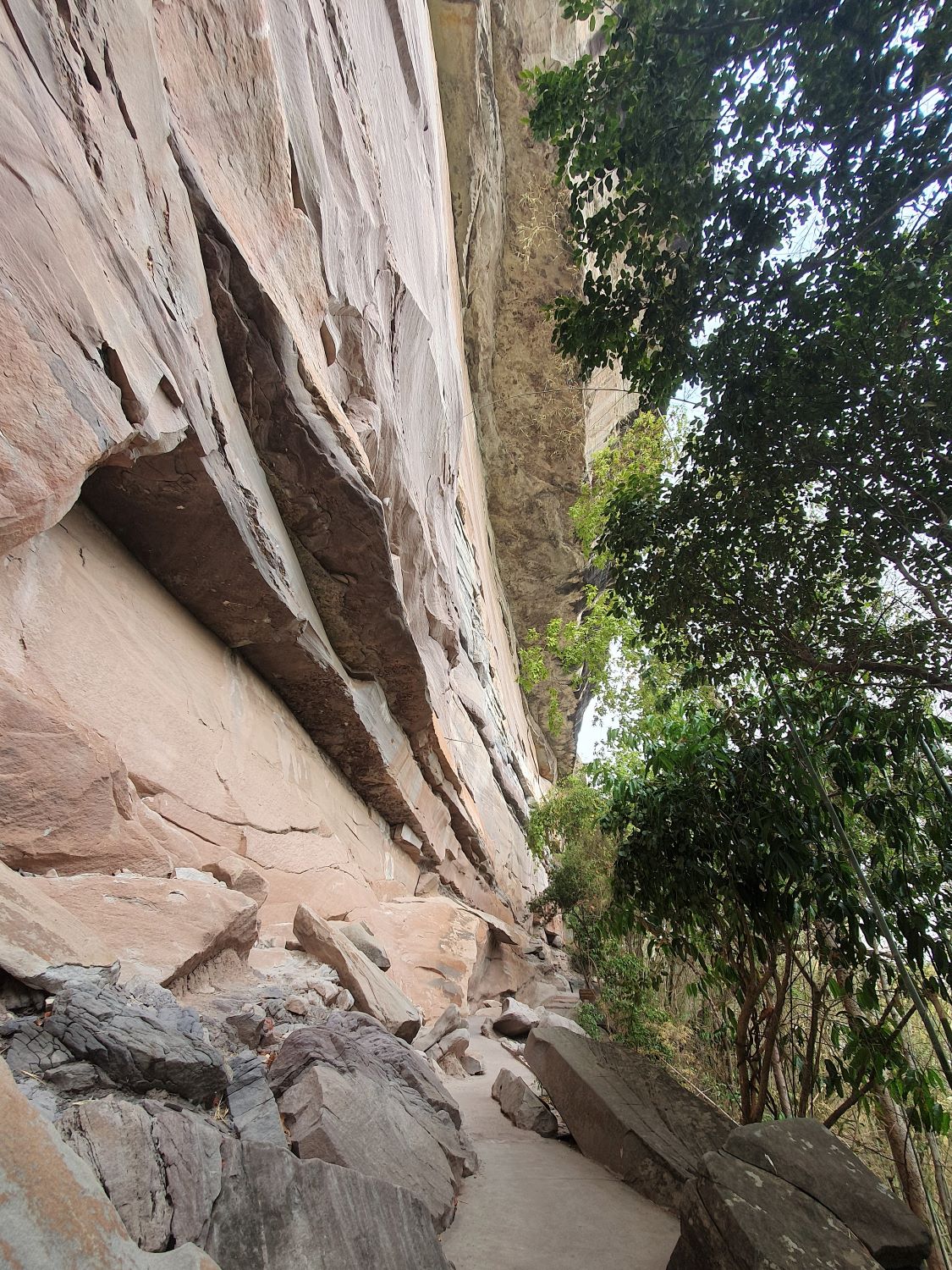

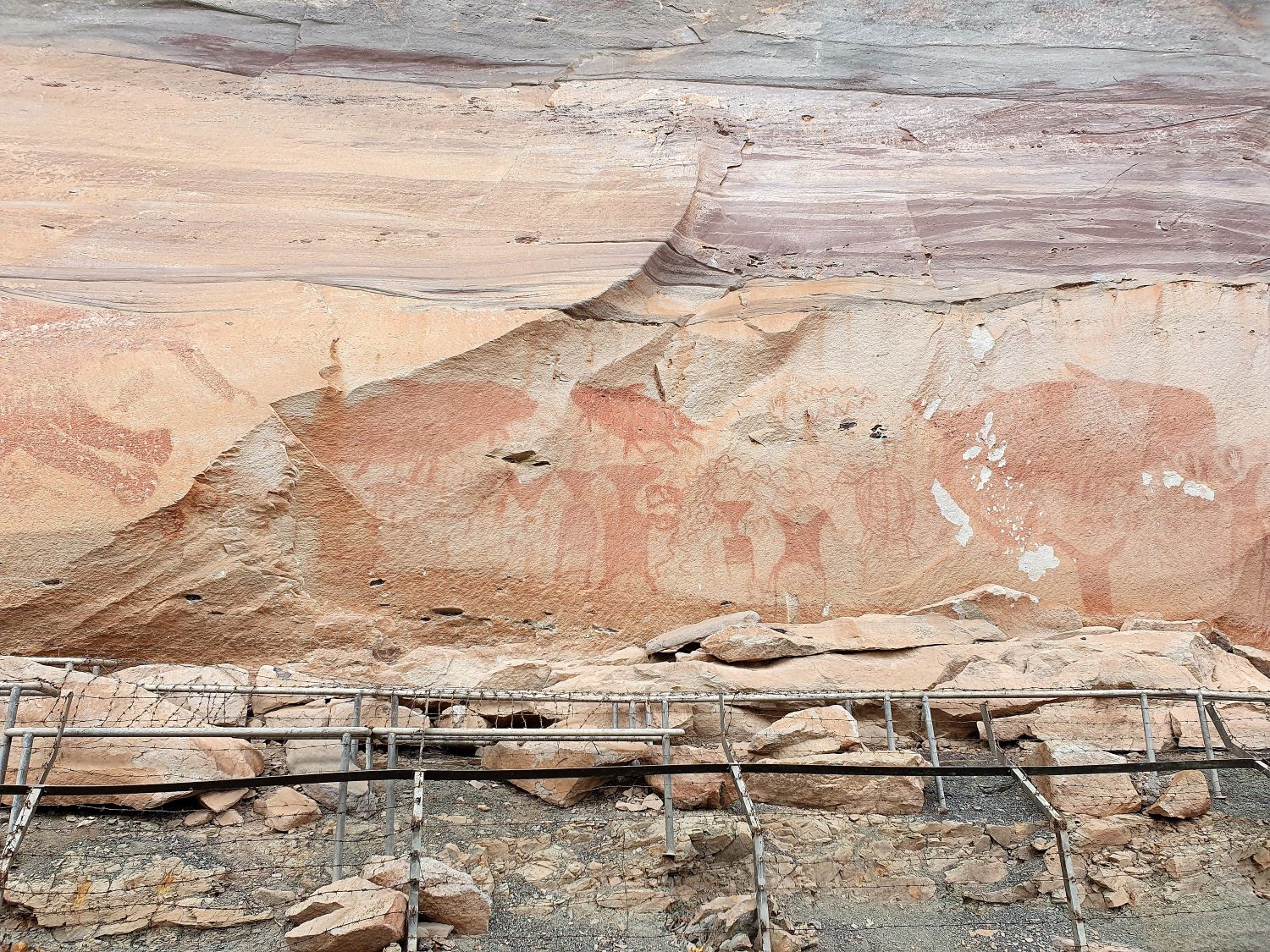
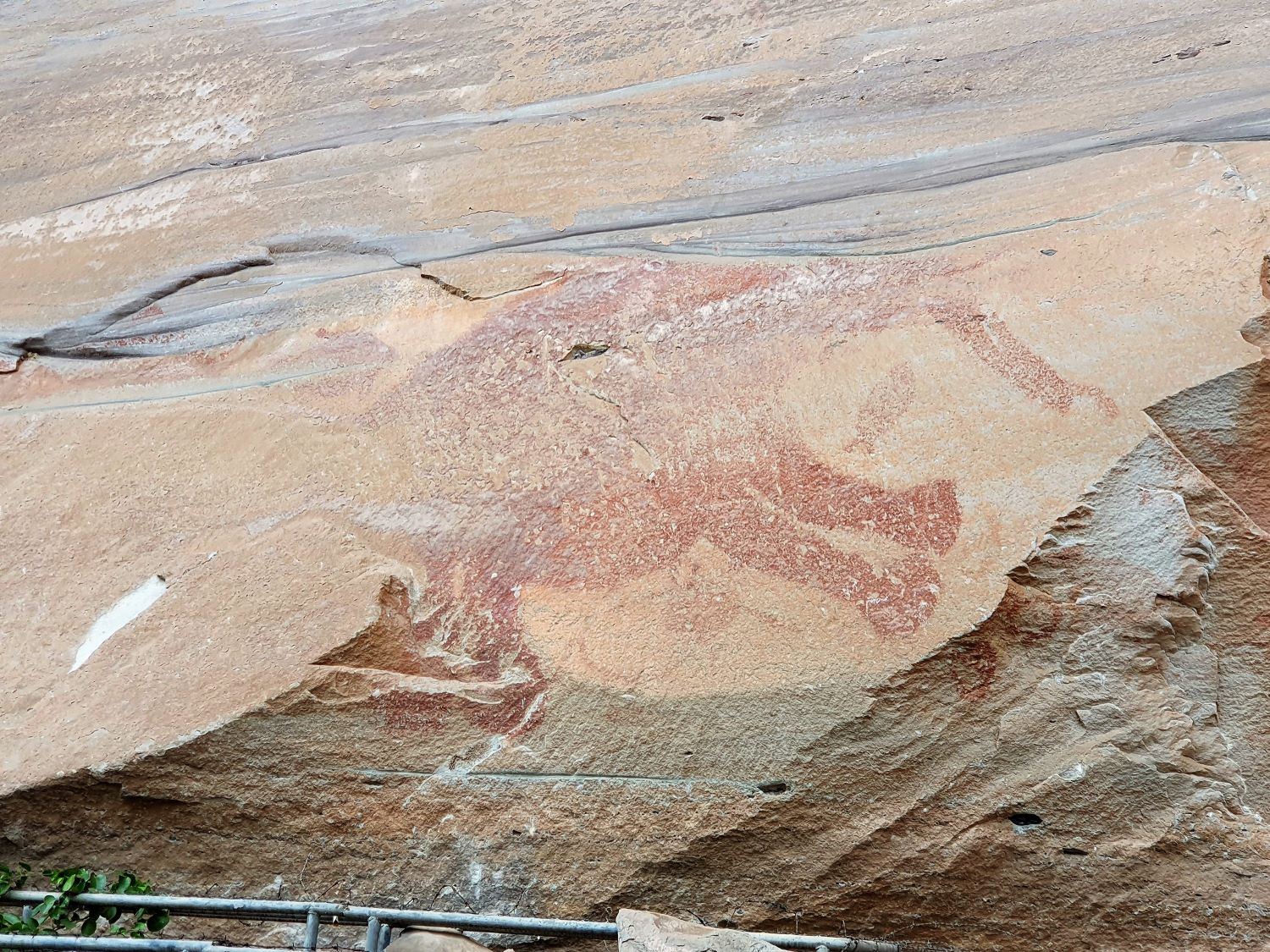
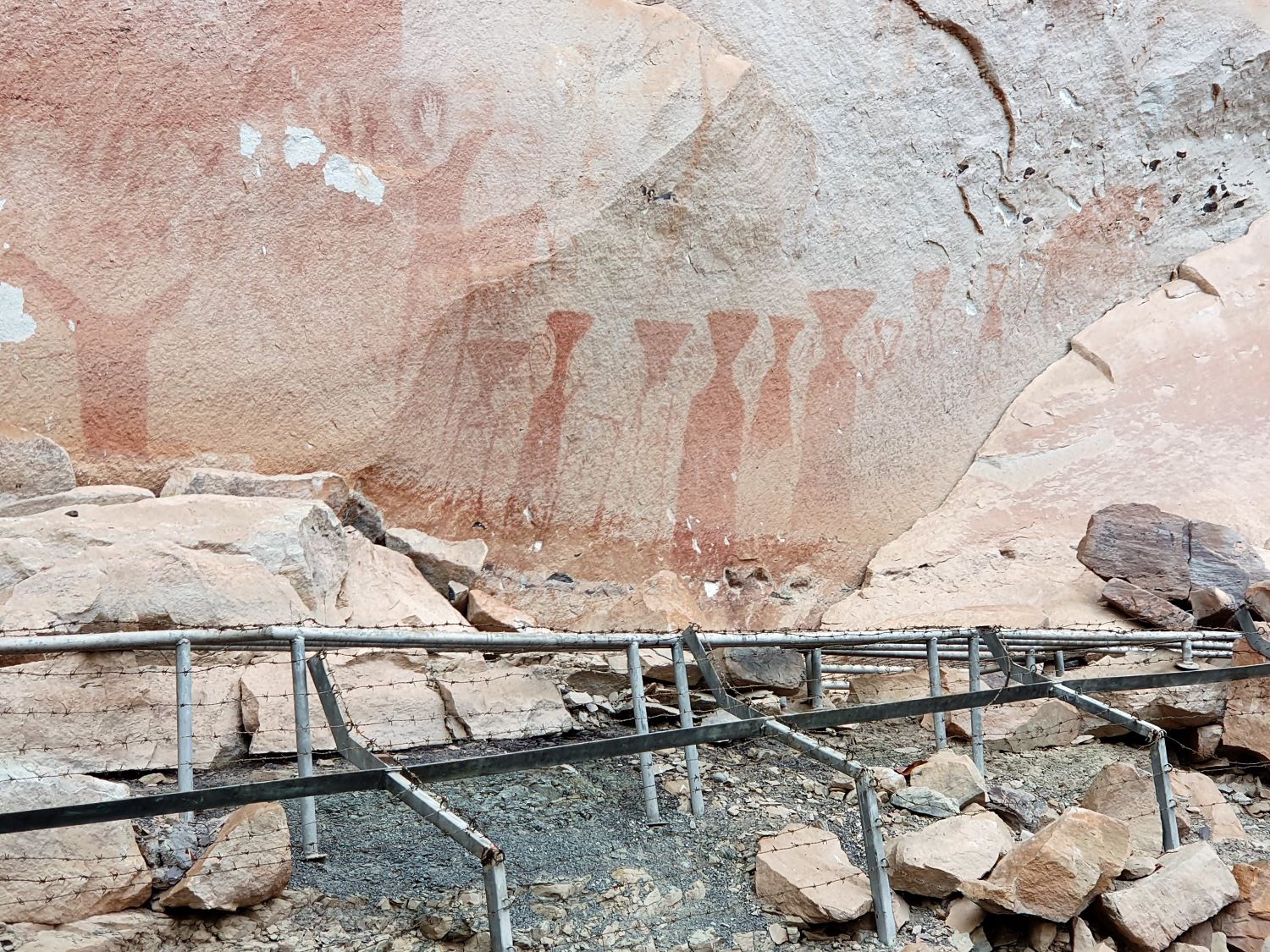
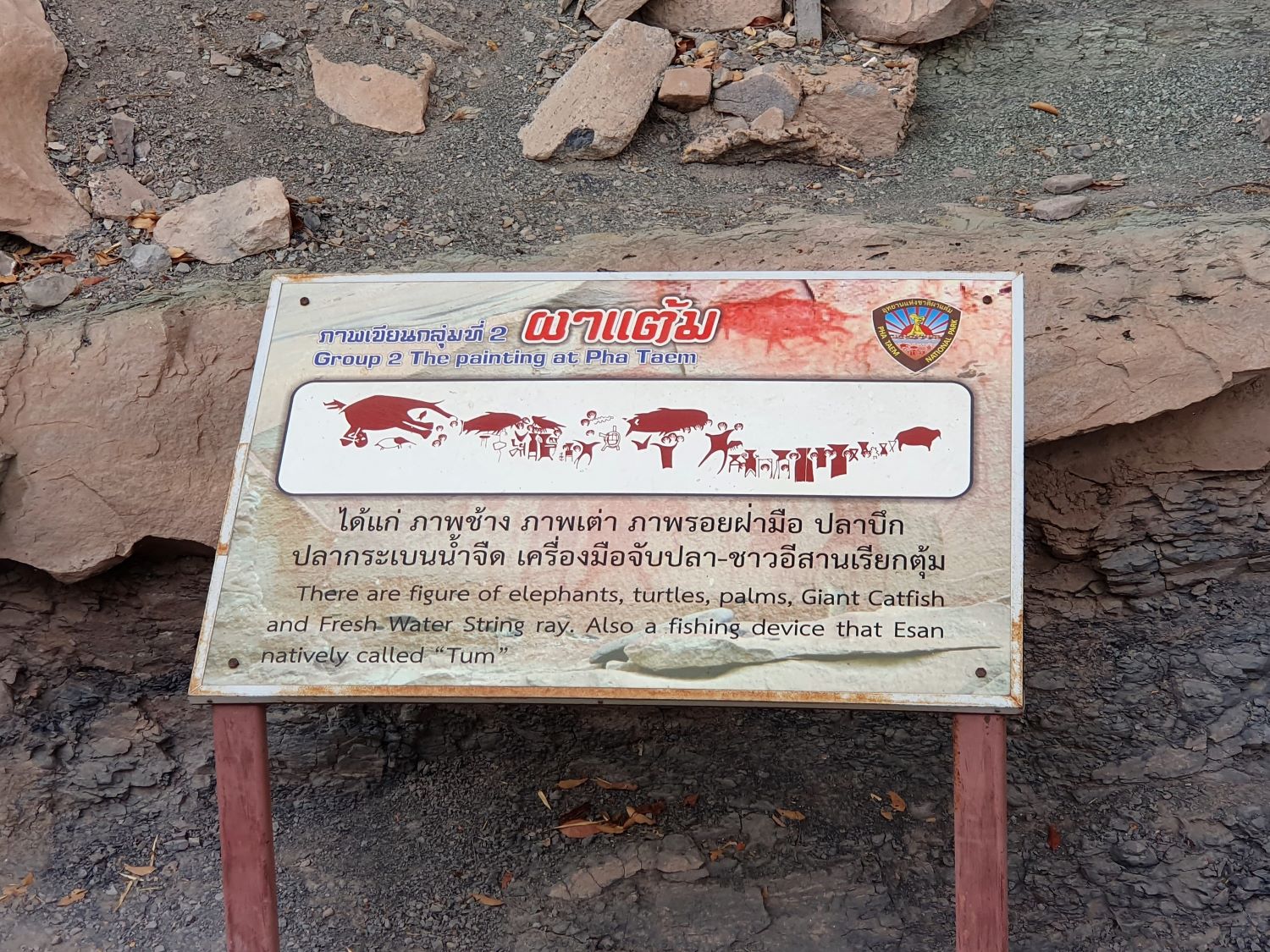
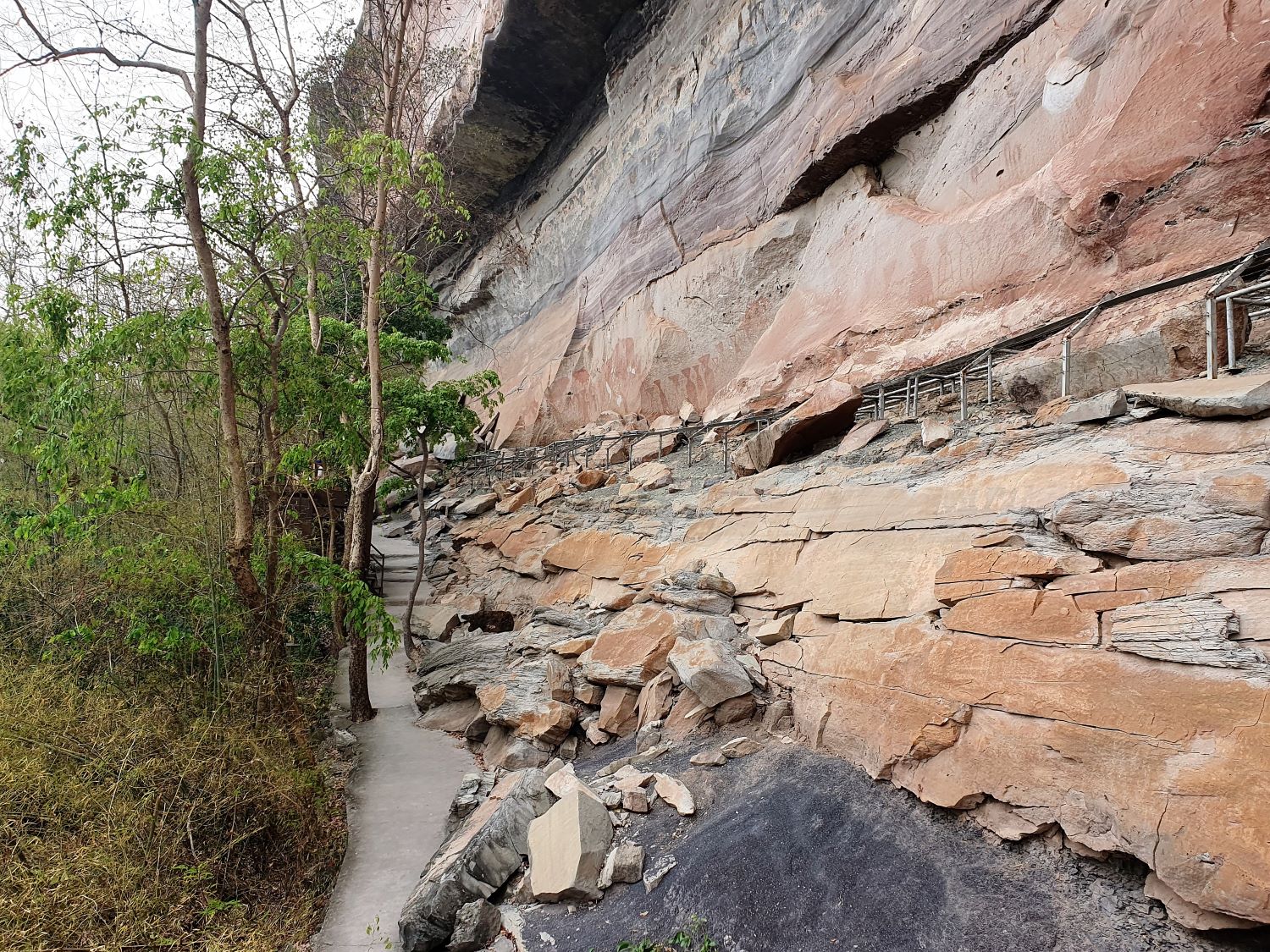
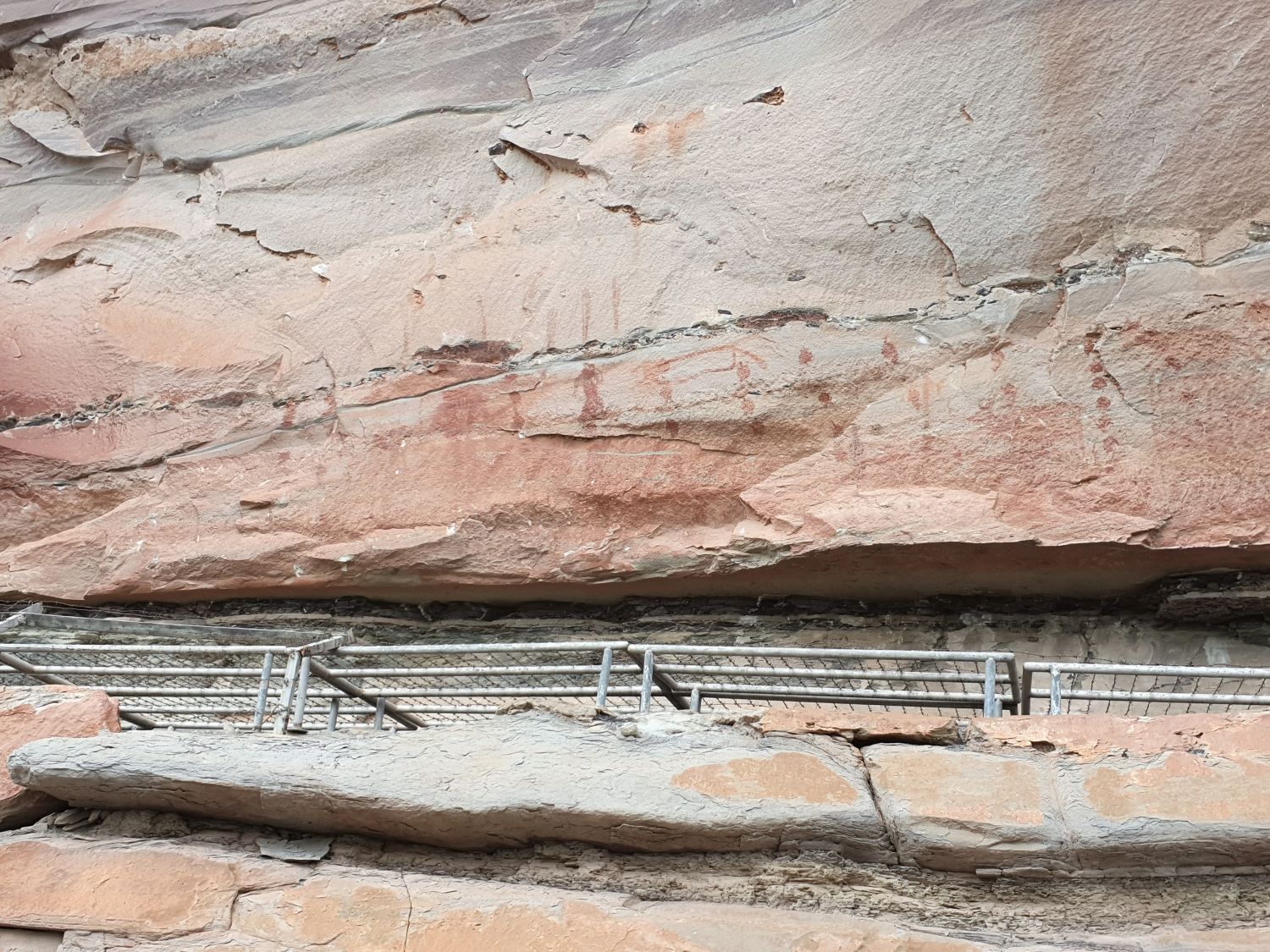
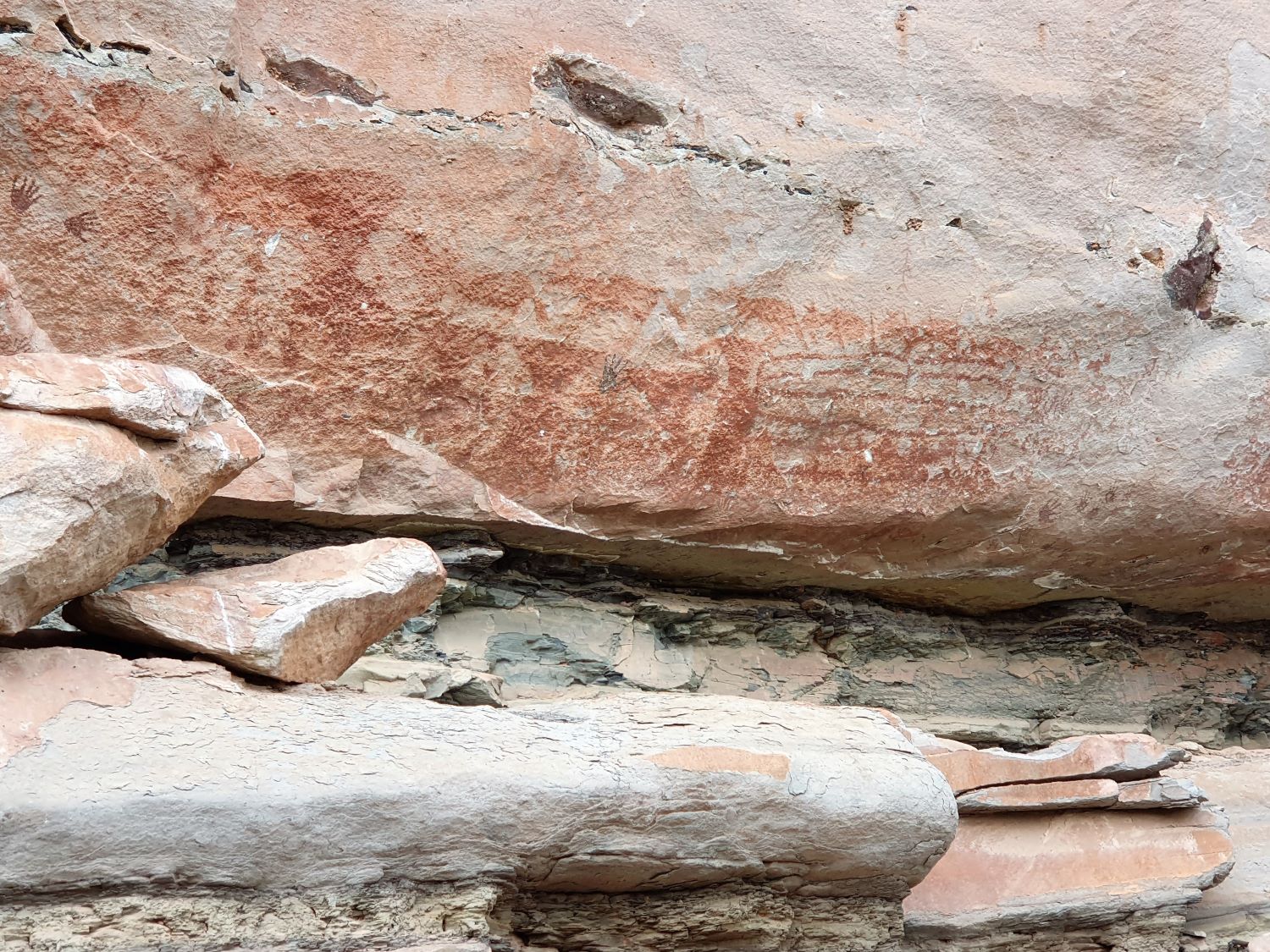
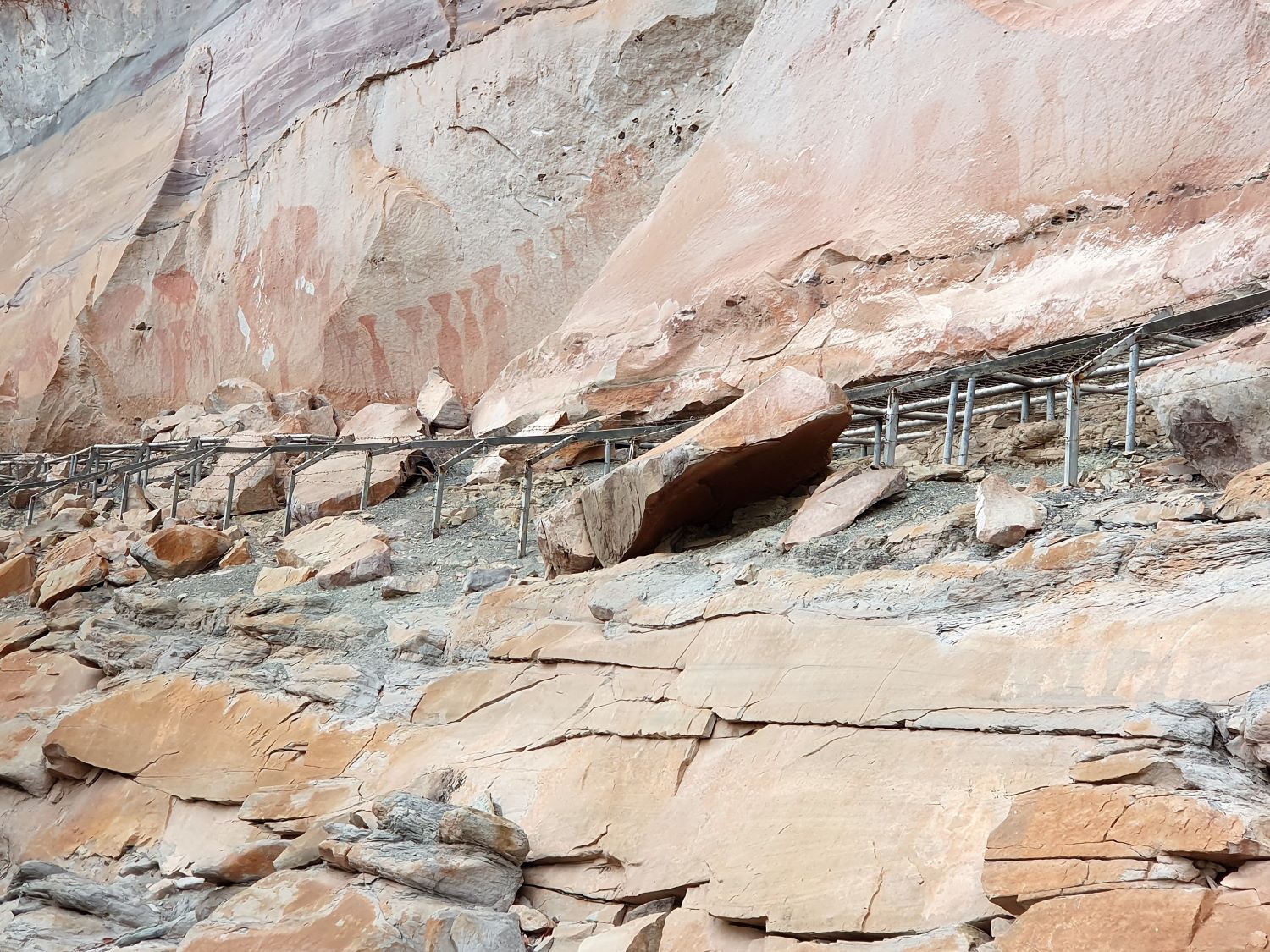
Pha Taem, Huai Phai, Khong Chiam District
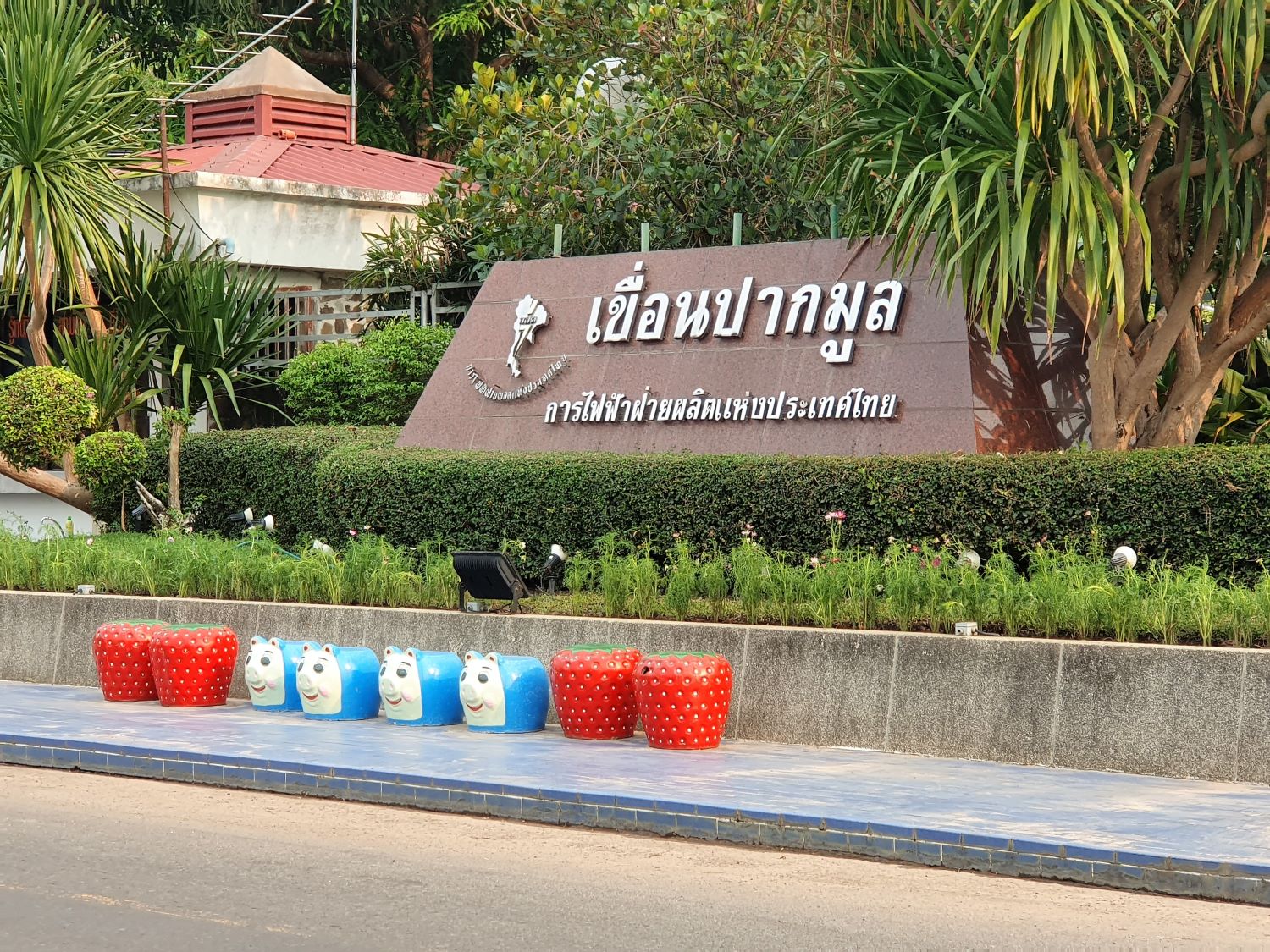
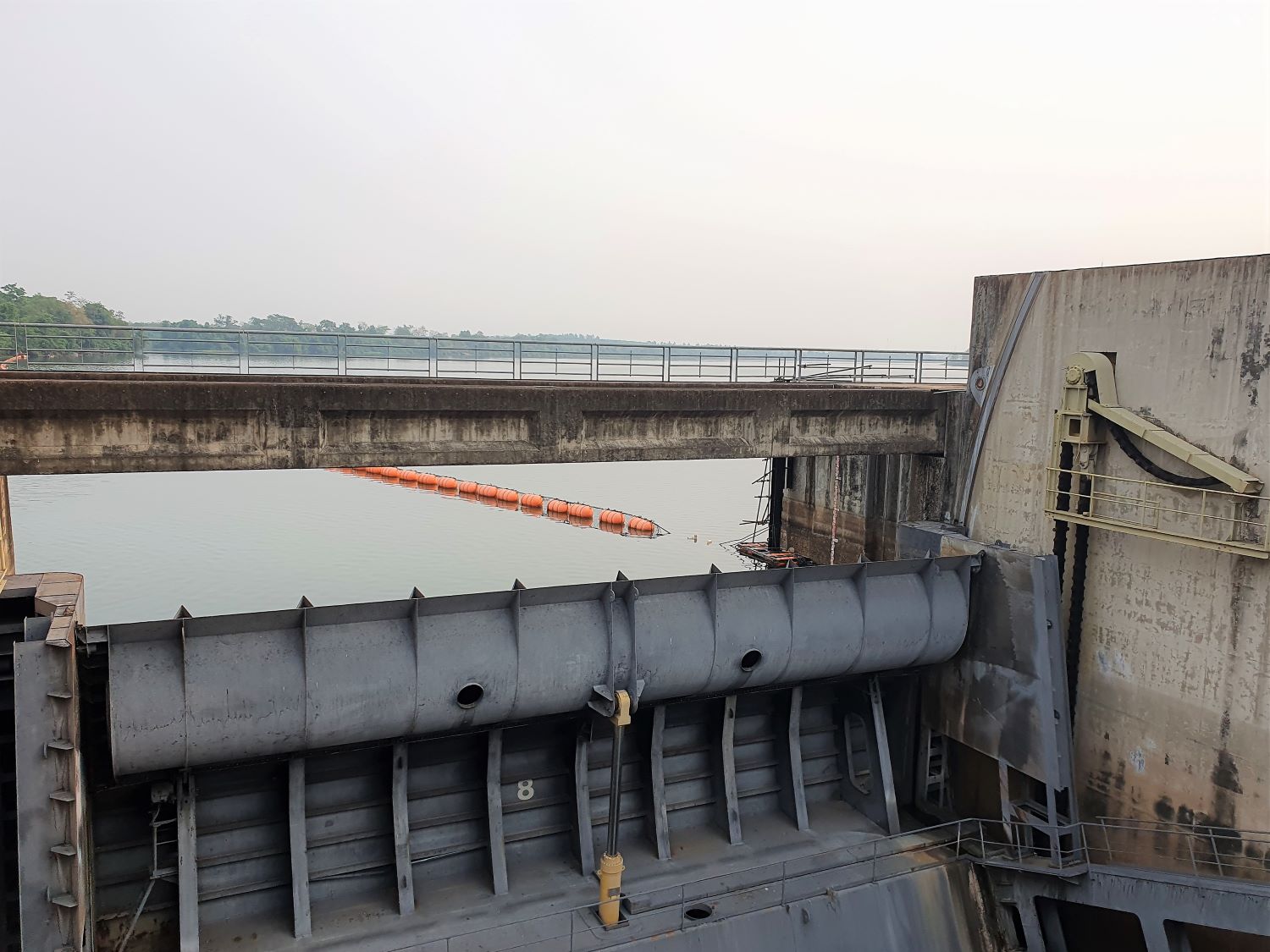
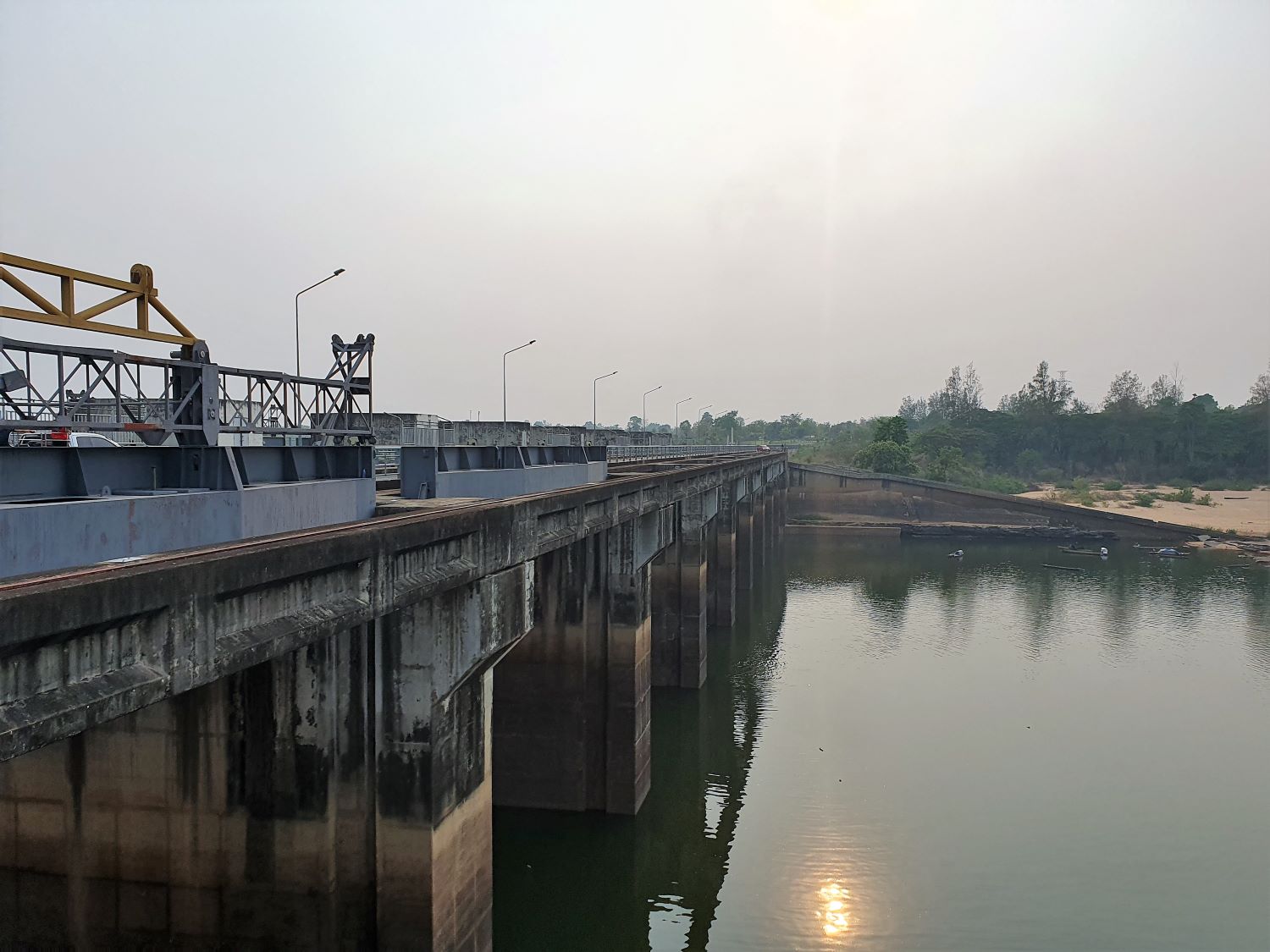
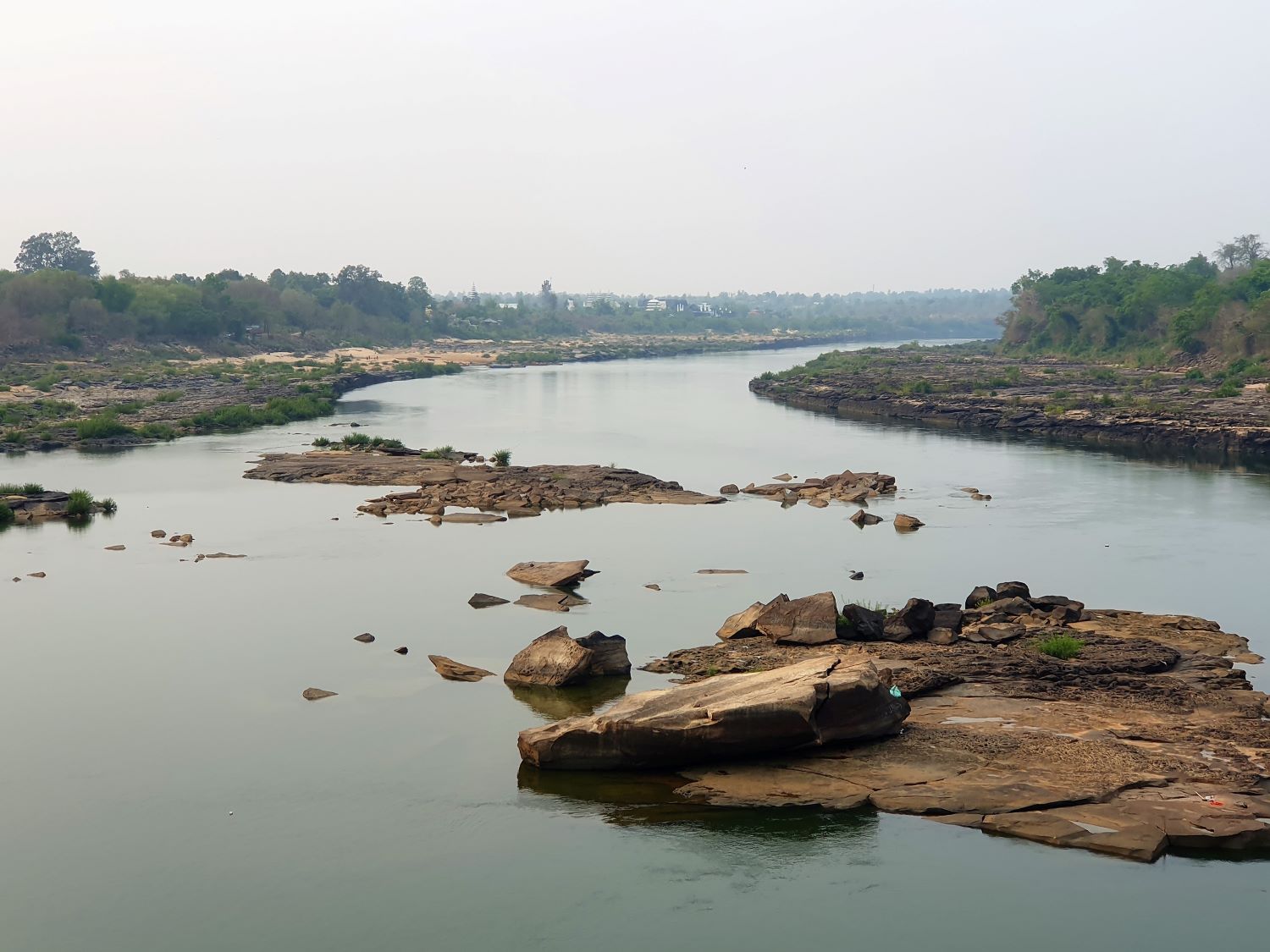
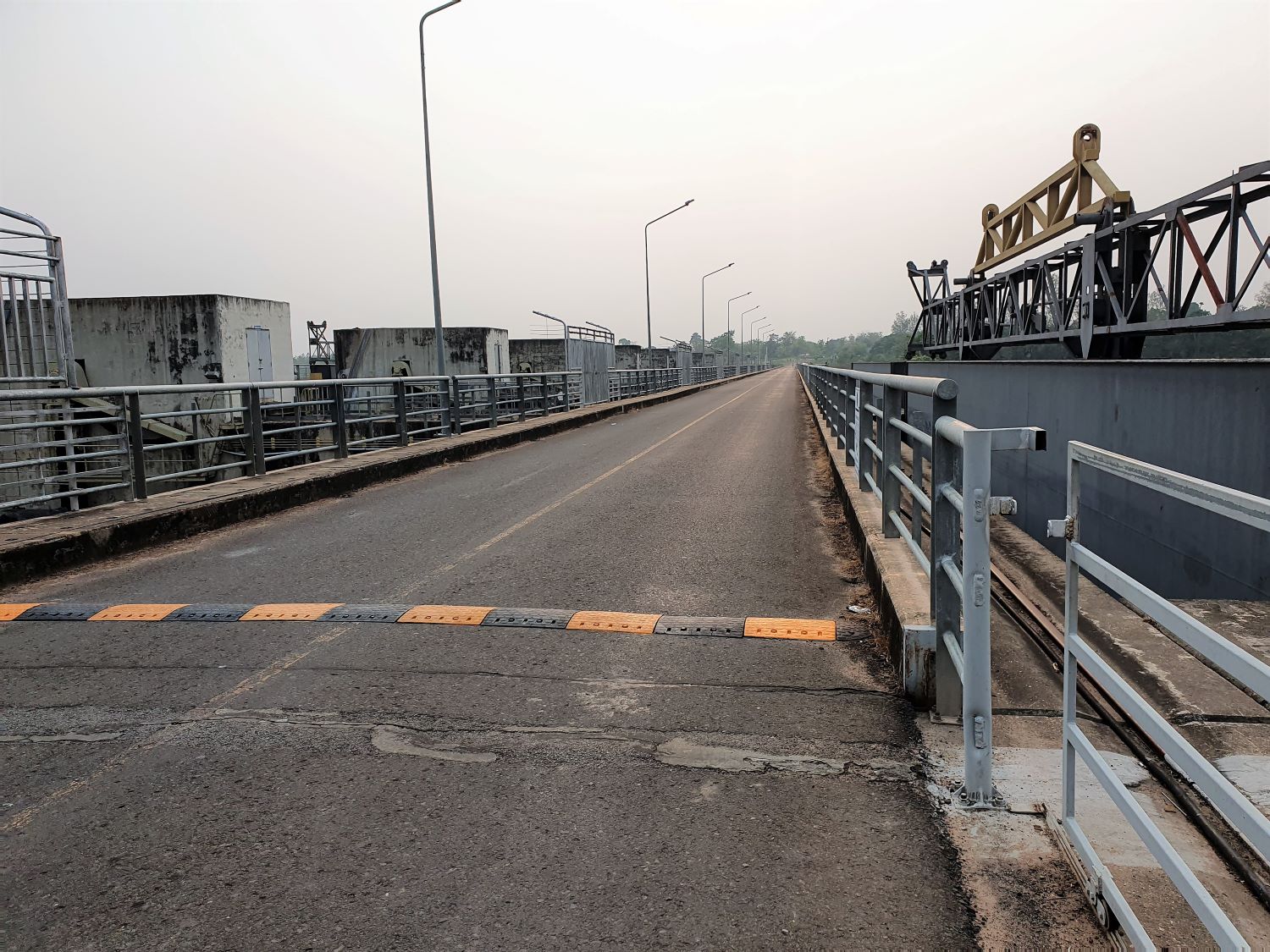
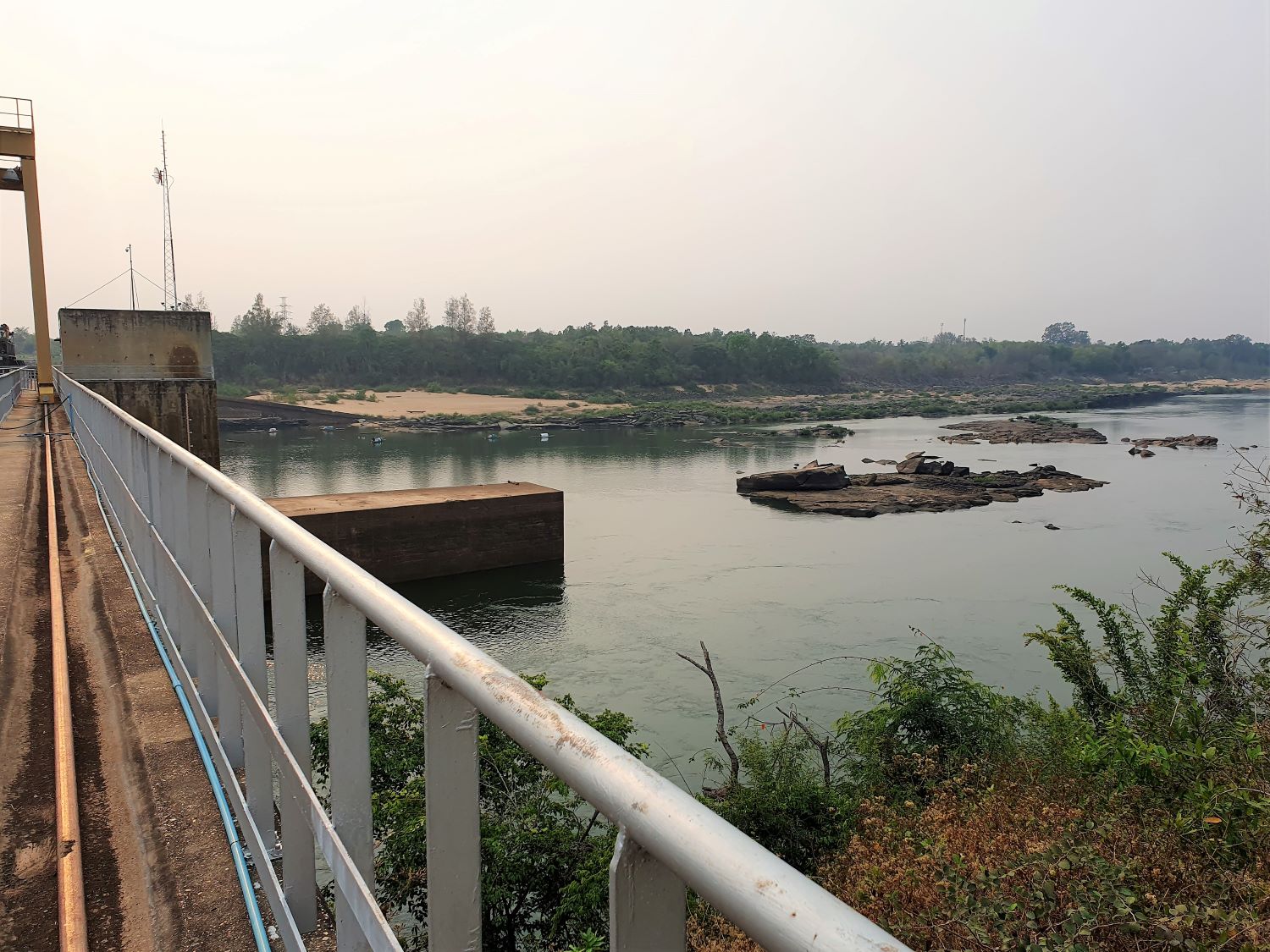
Pak Mun Dam, Khong Chiam,
Khong Chiam District
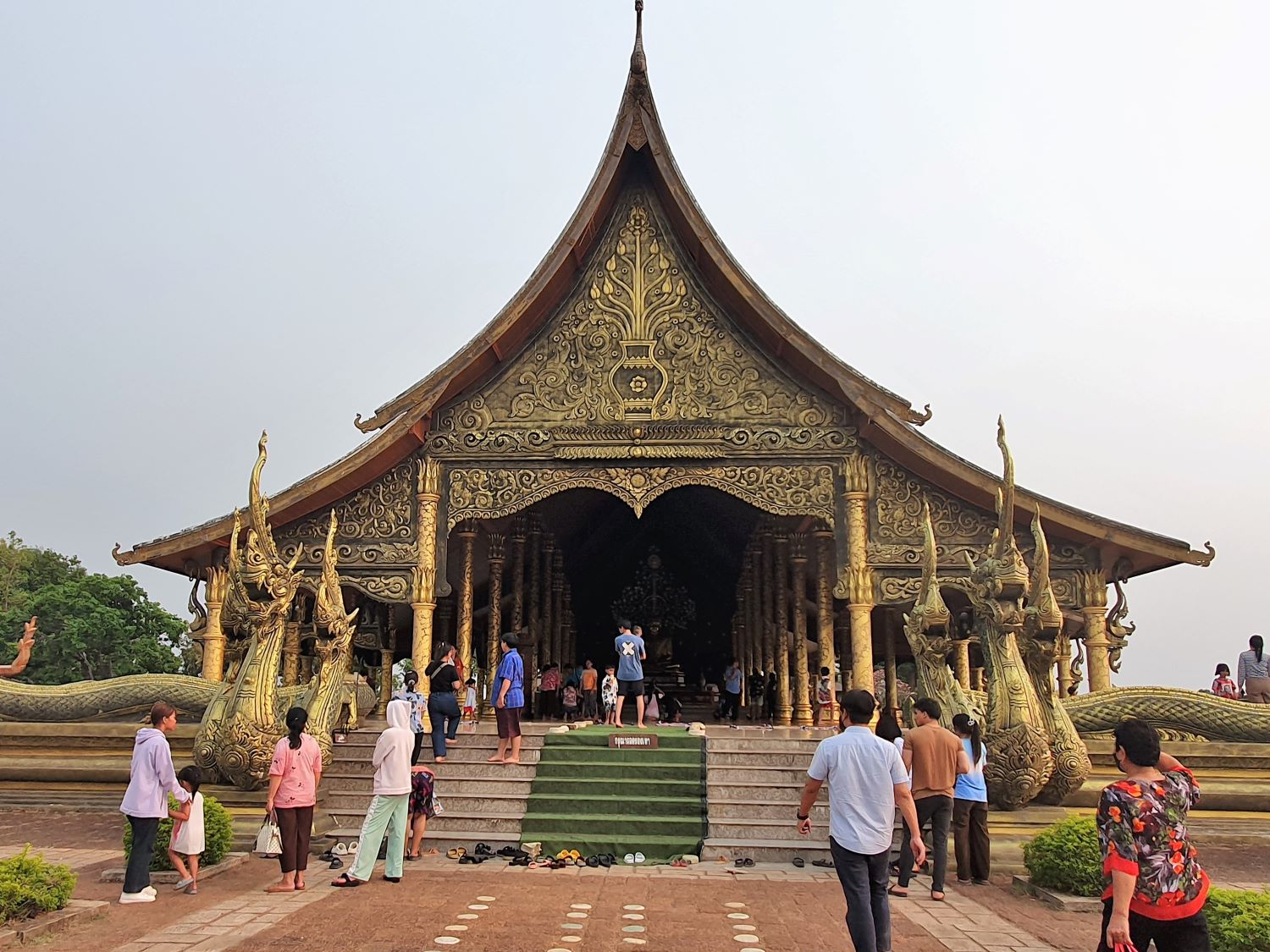
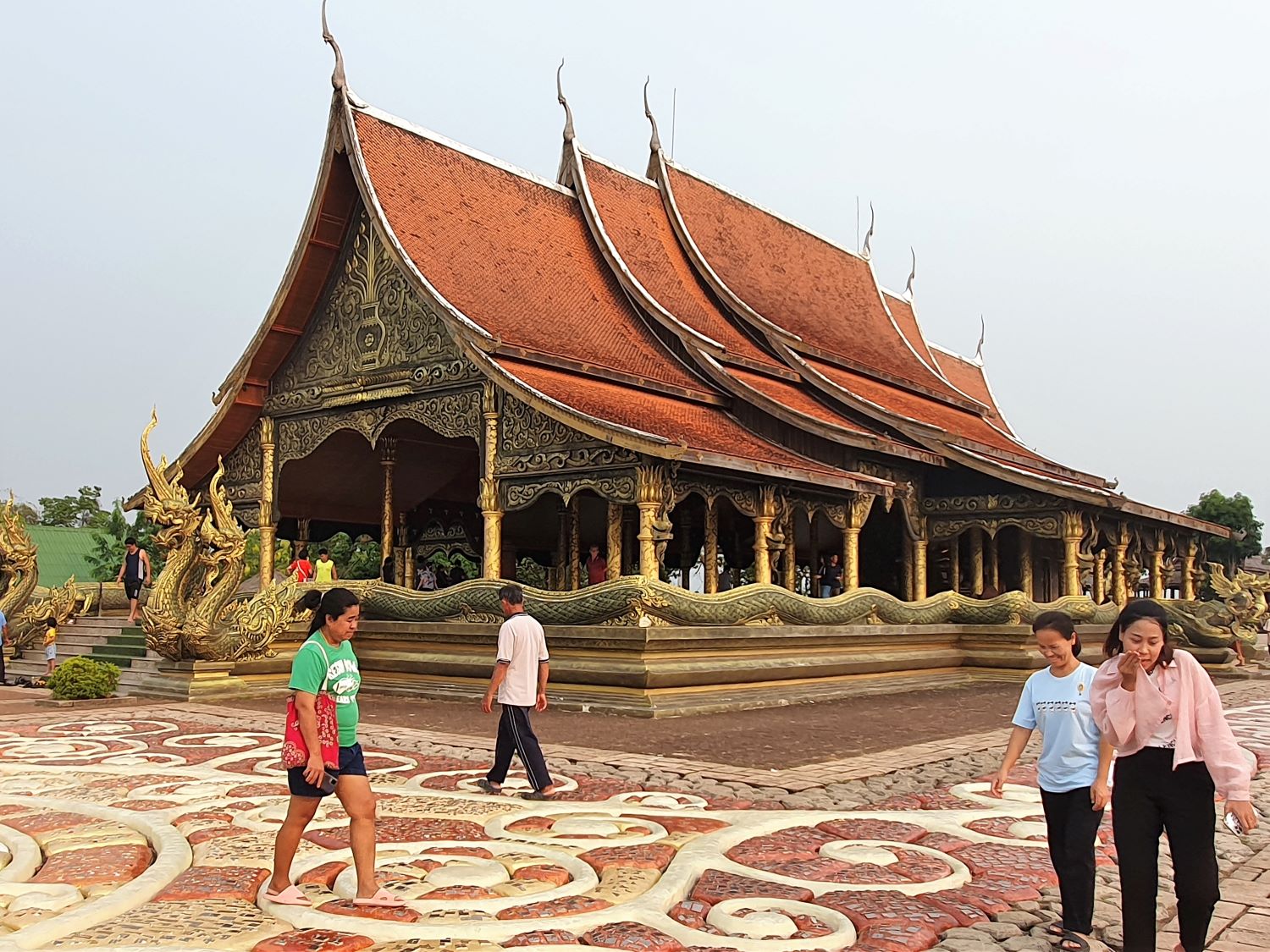
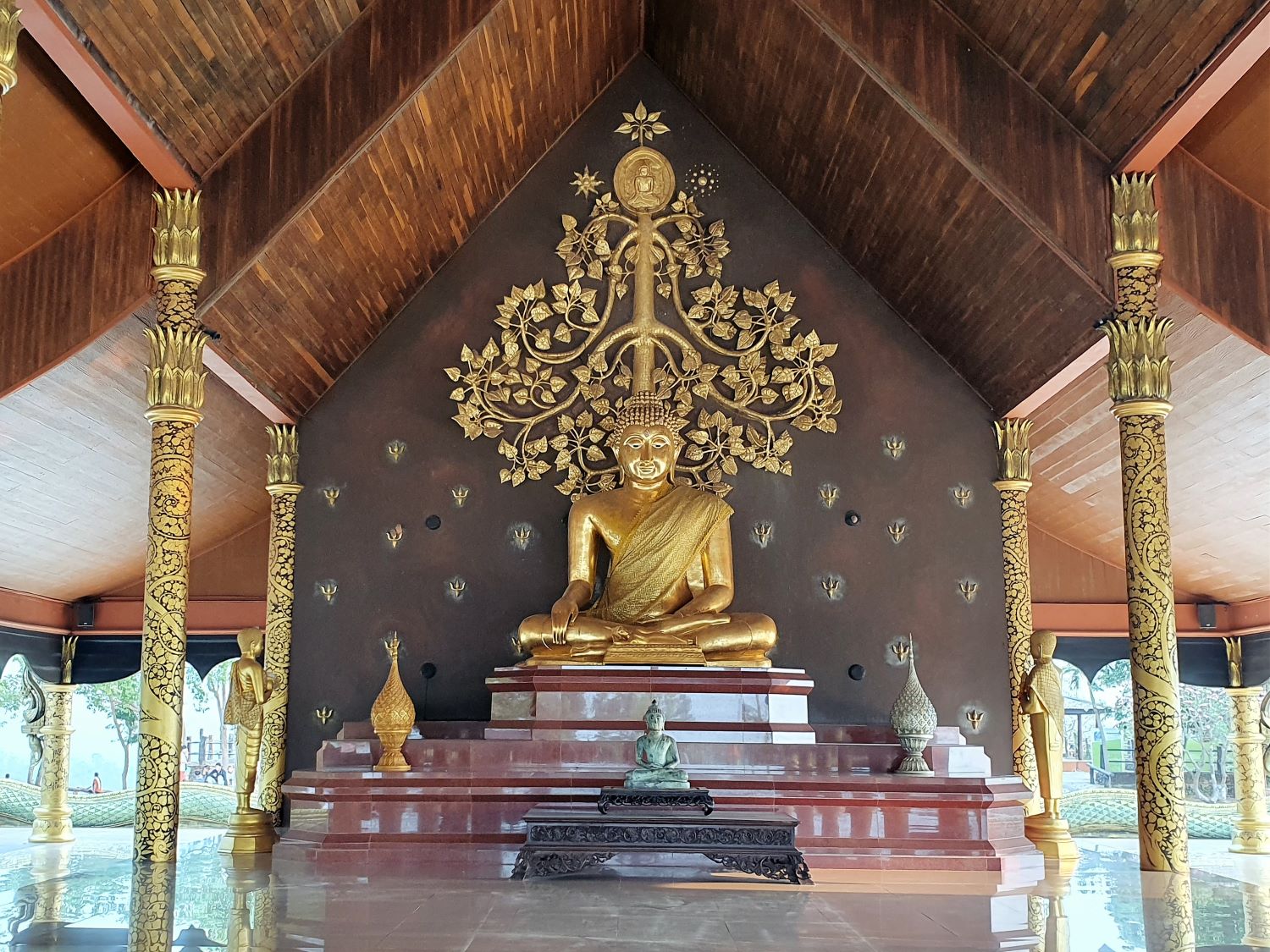
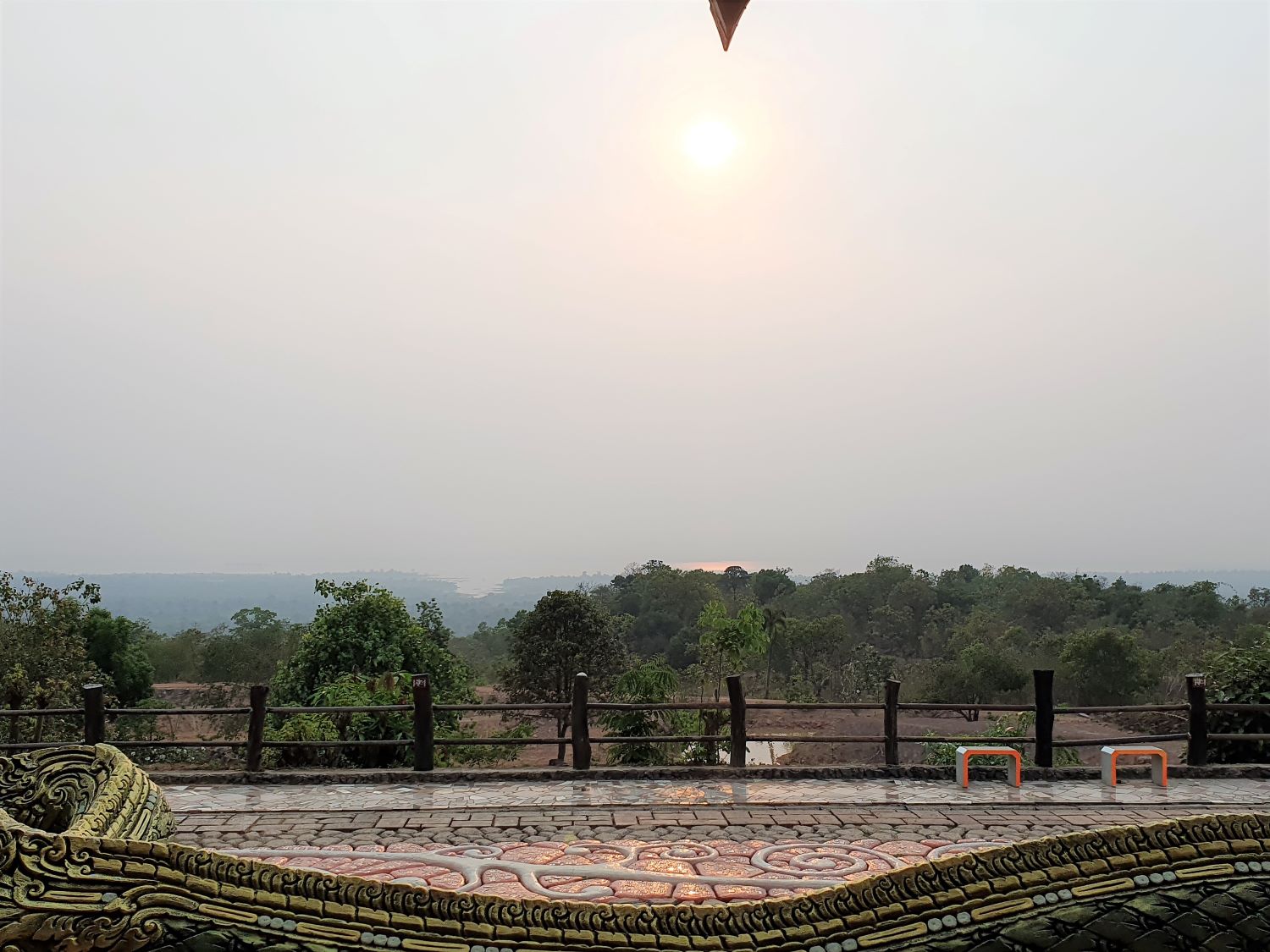
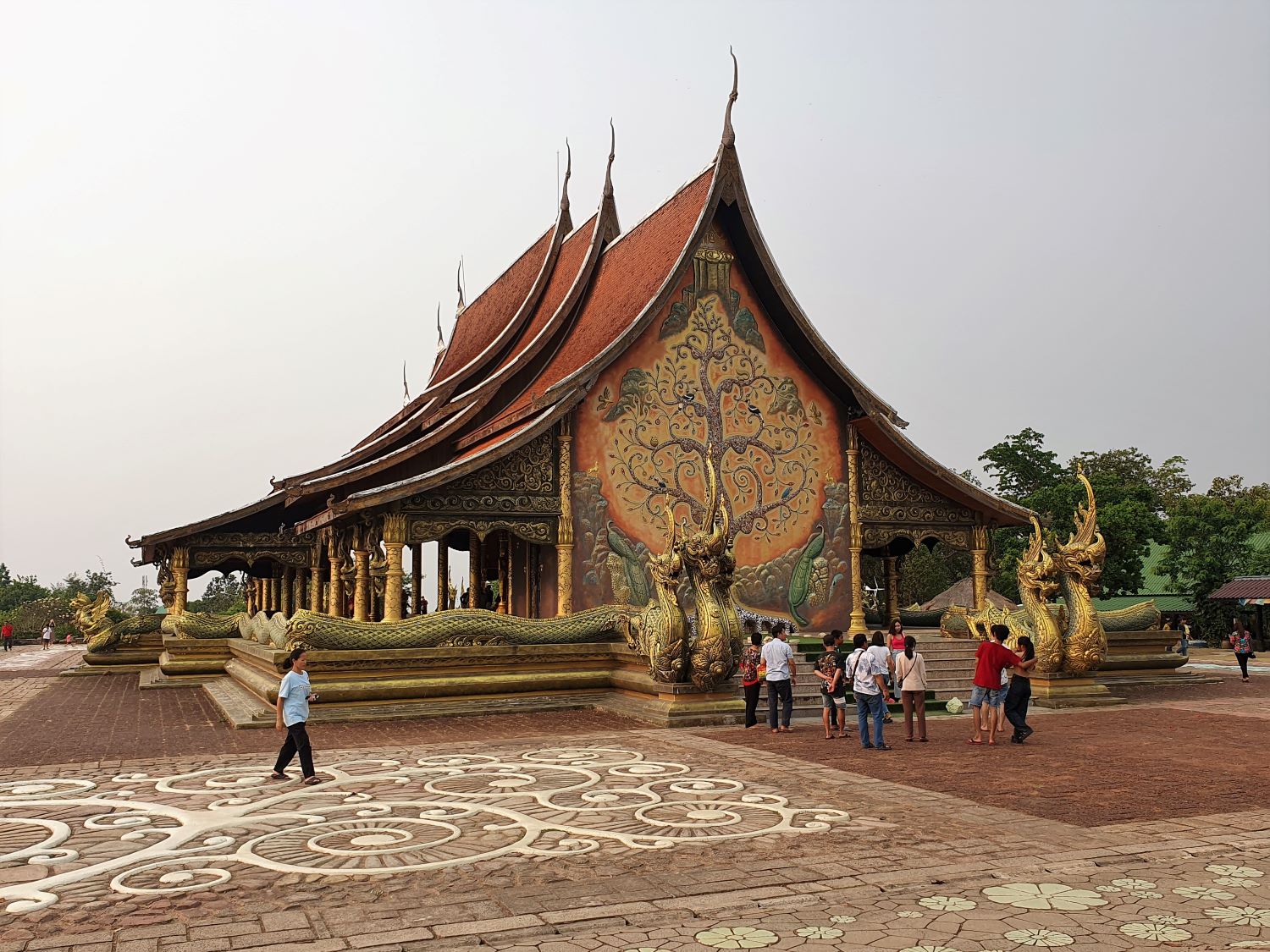
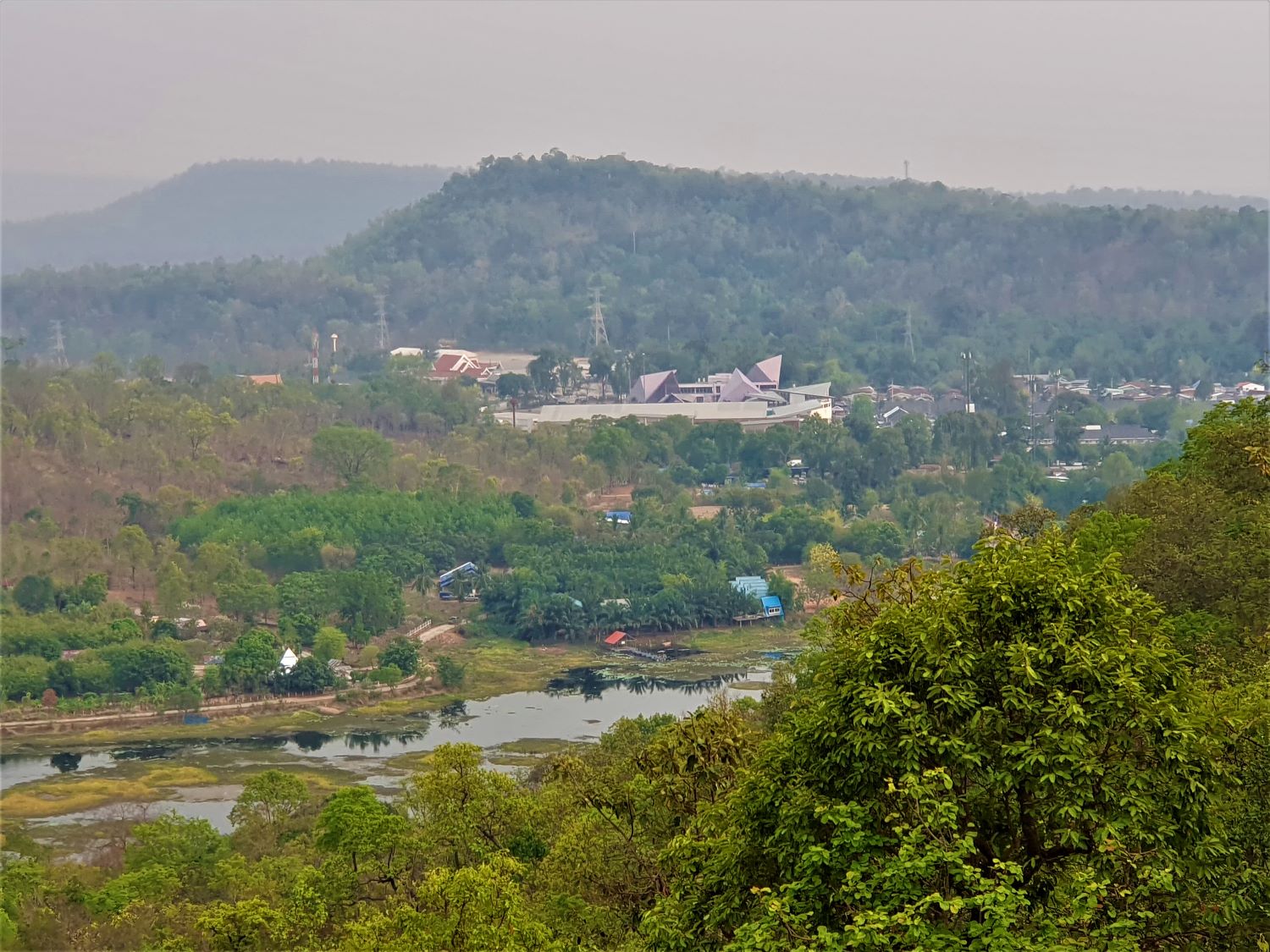
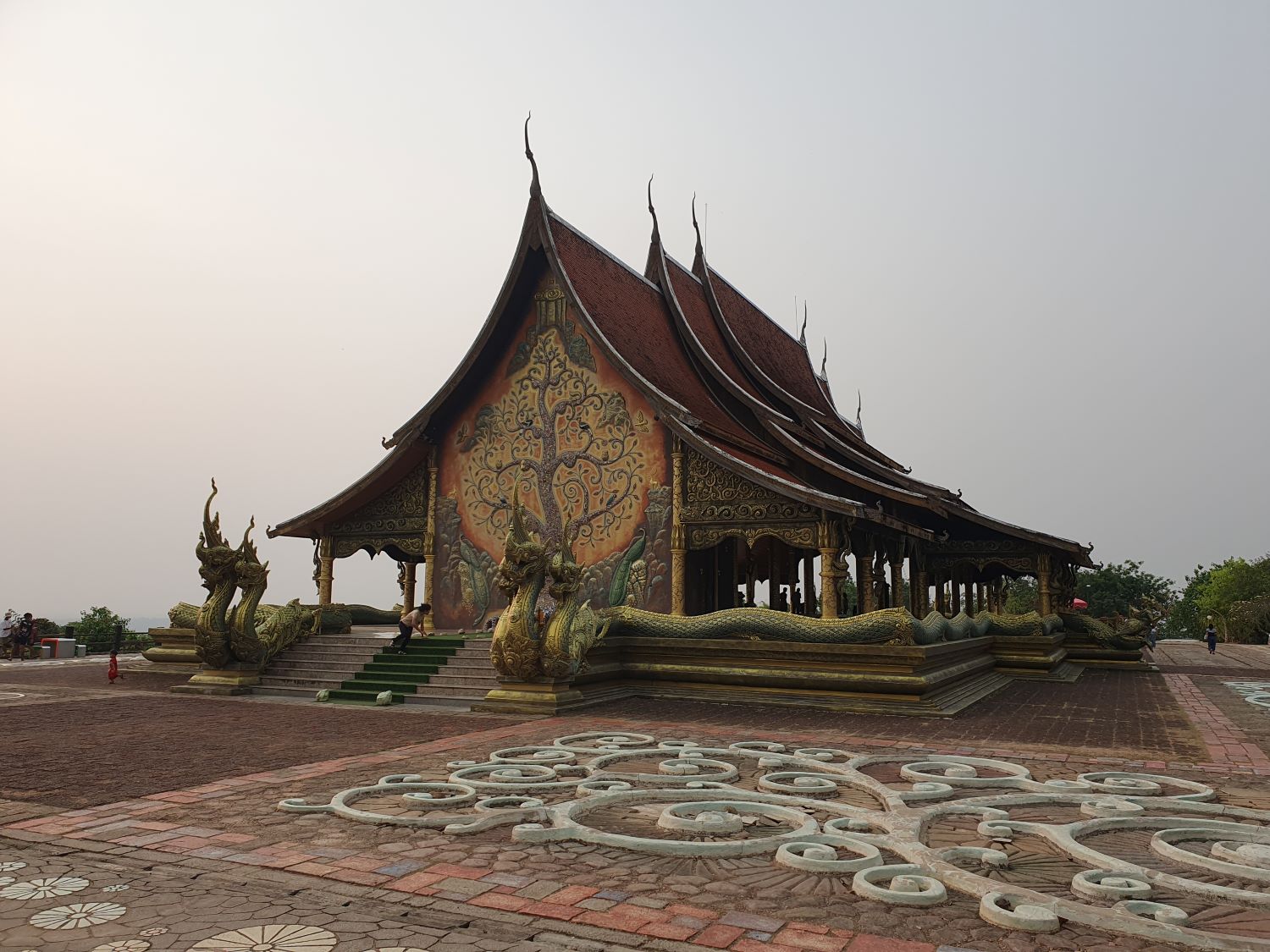
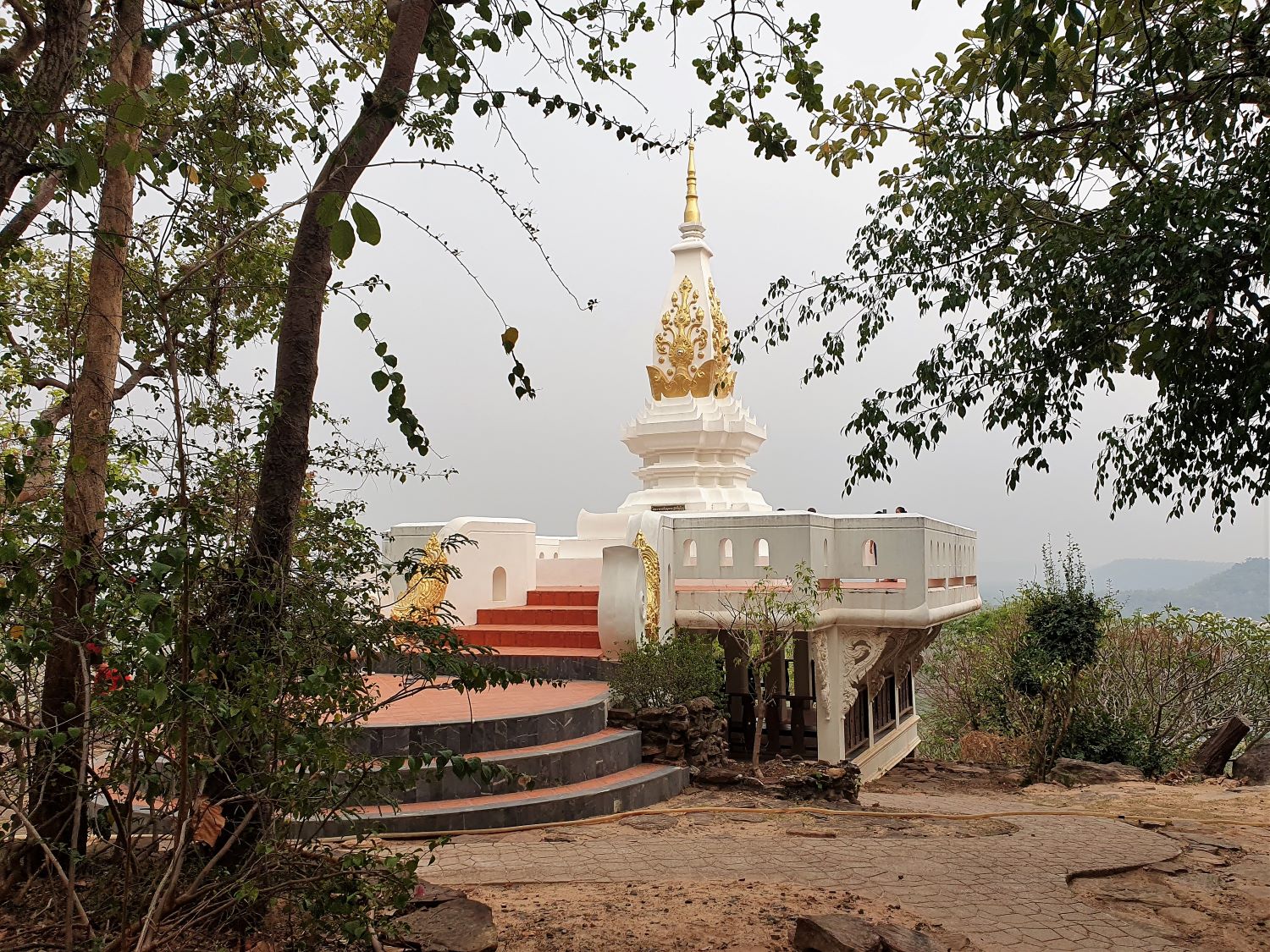
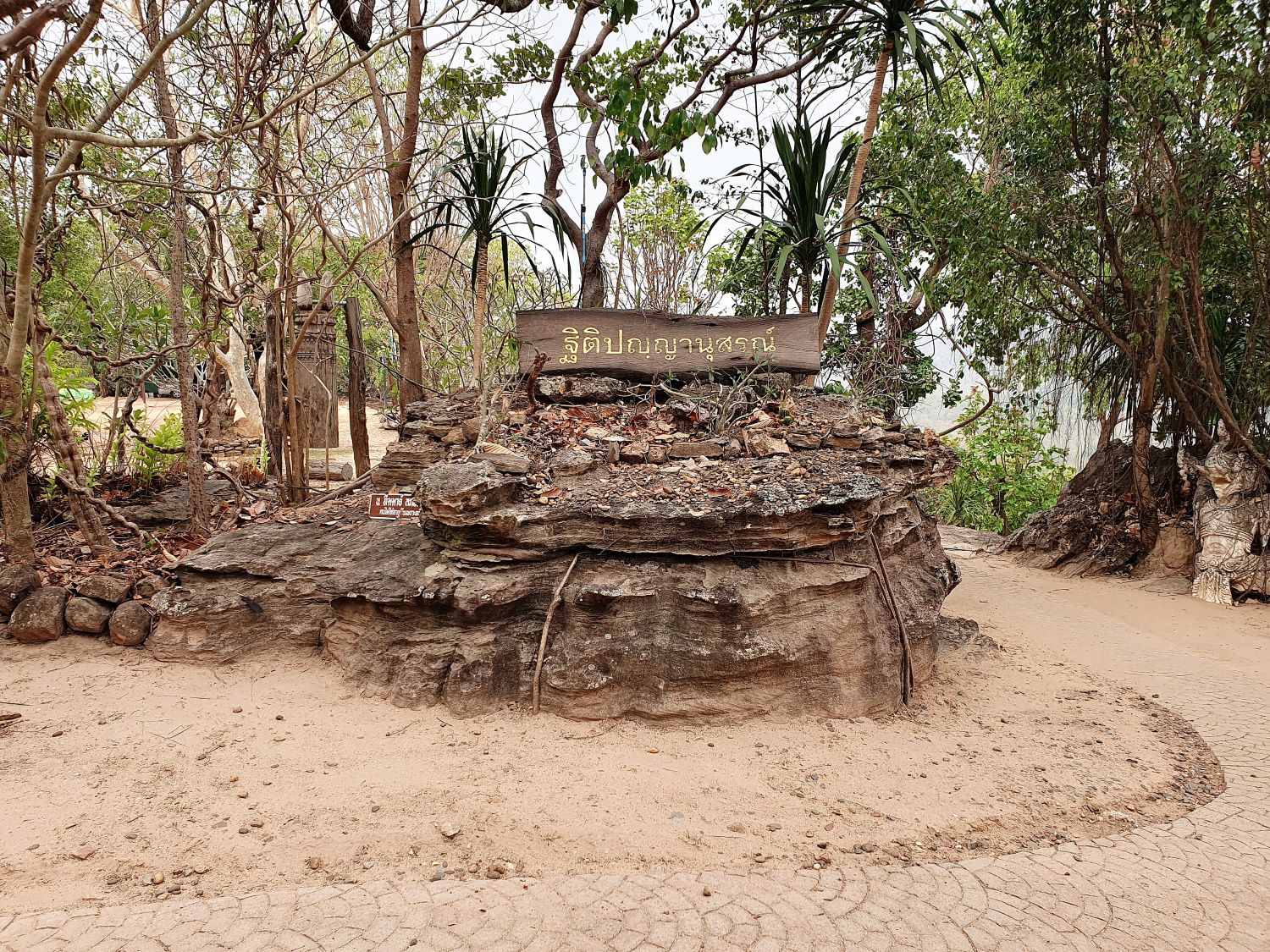
Wat Sirindhorn, Chong Mek,
Sirindhorn District
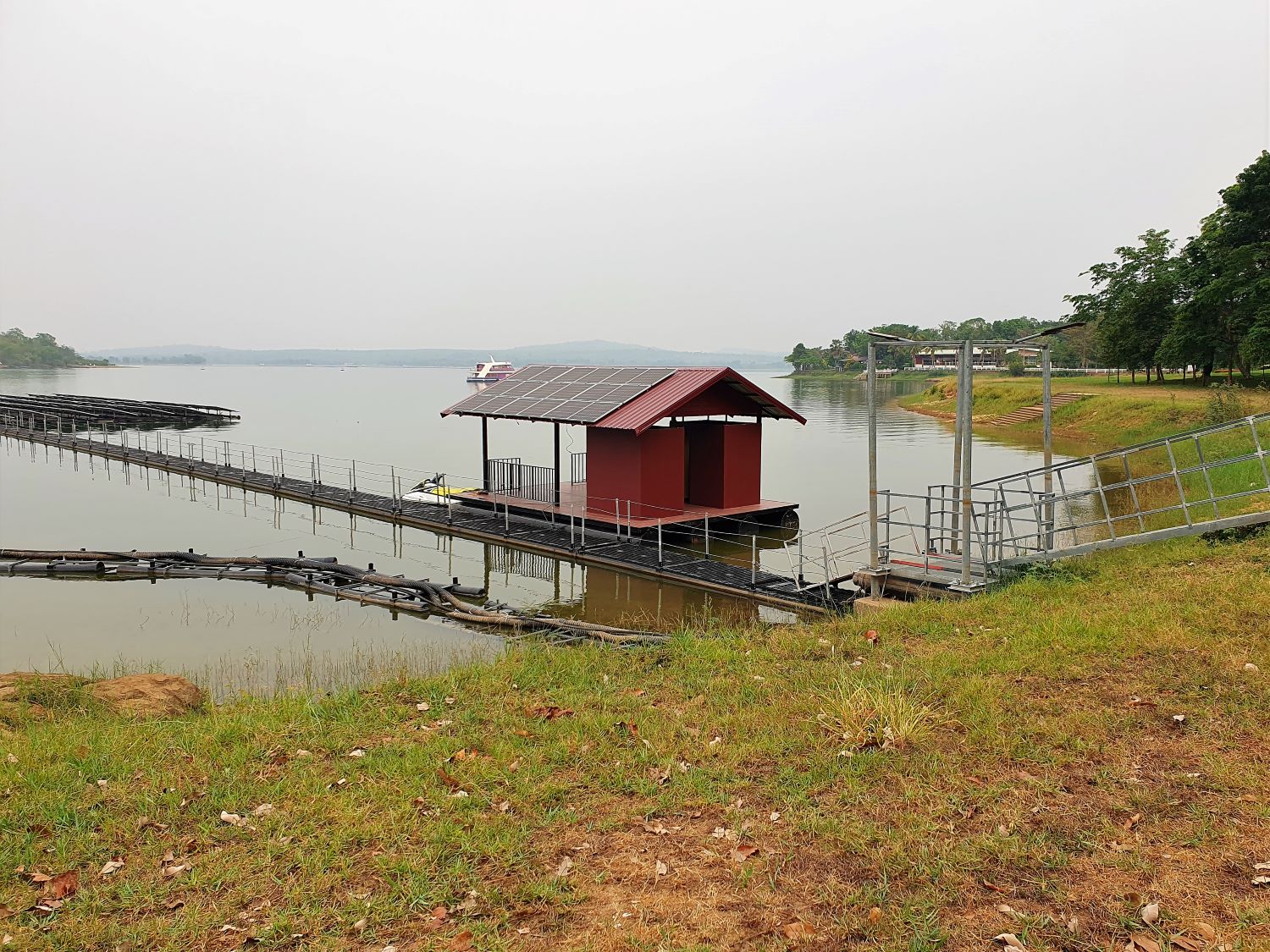
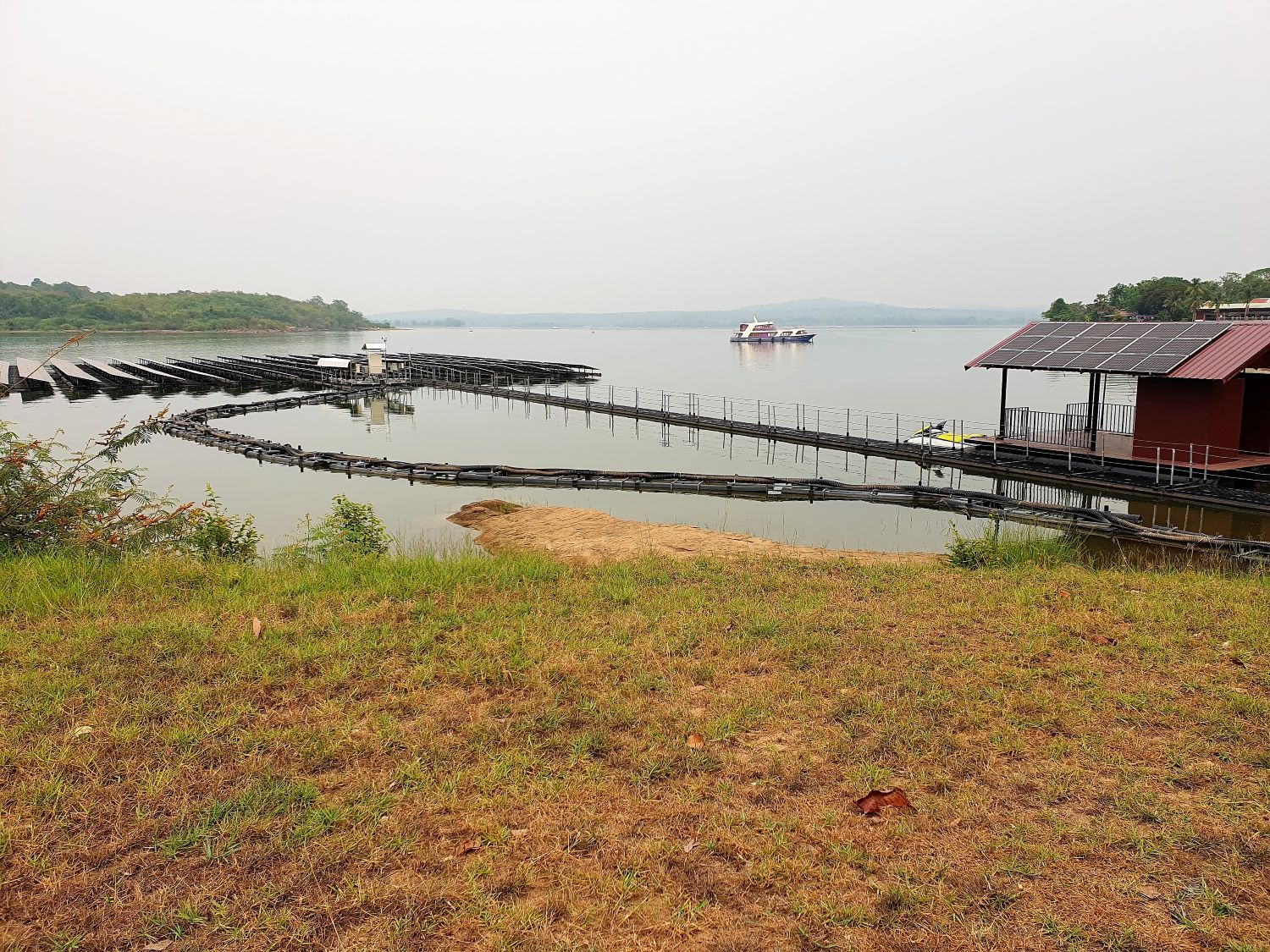

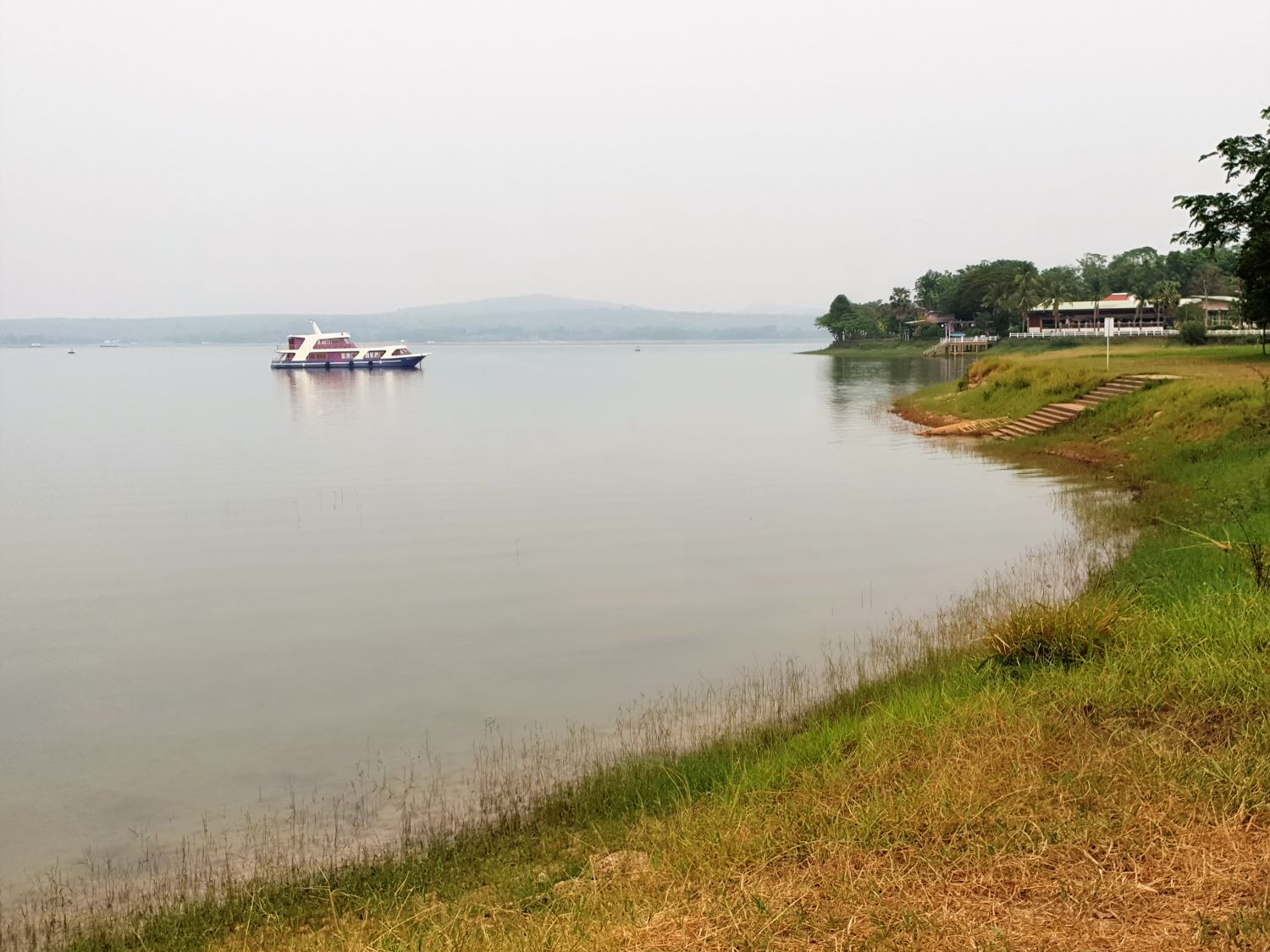
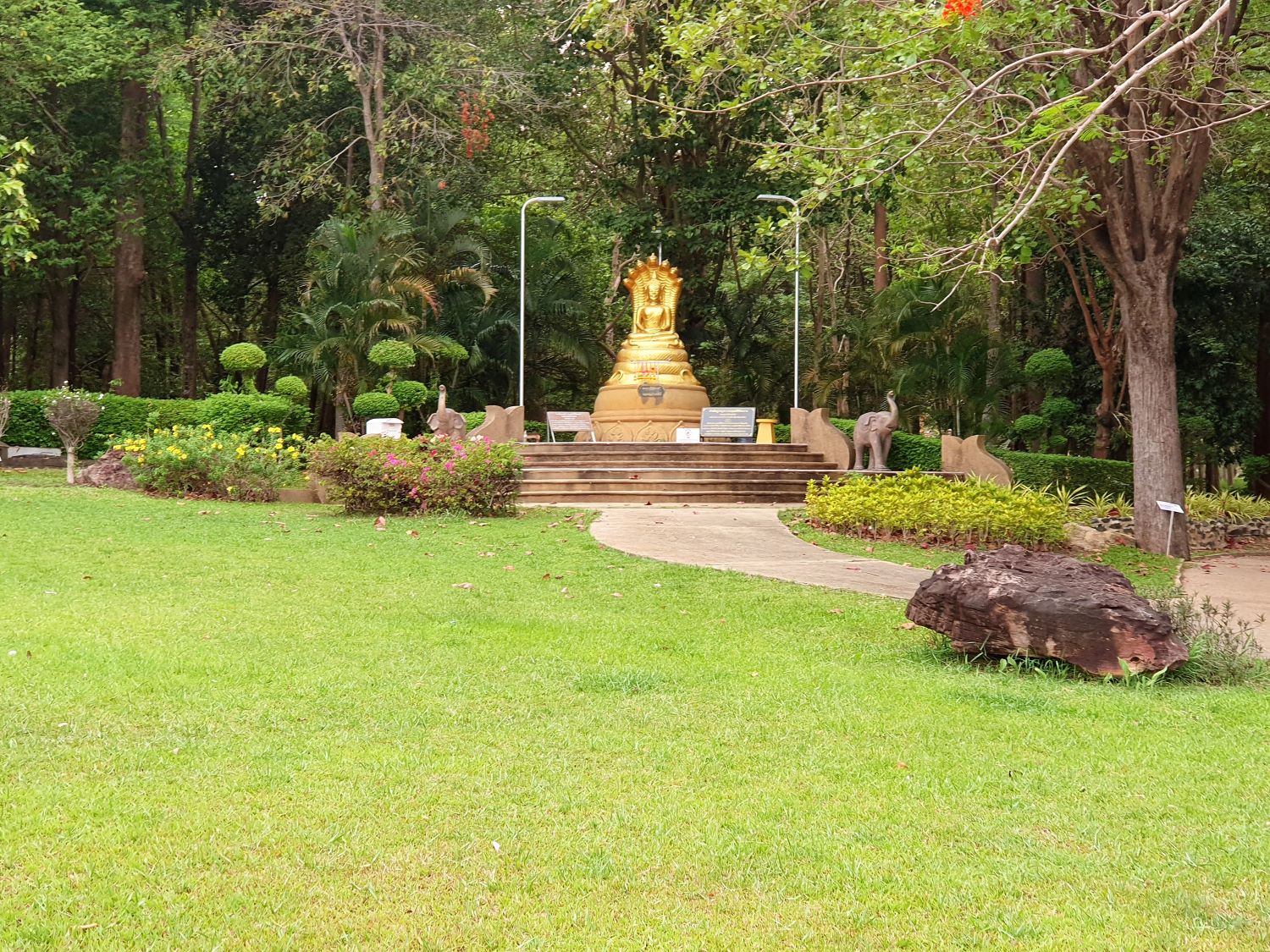

Sirindhorn Dam, Nikhom Lamdom Noi, Sirindhorn District
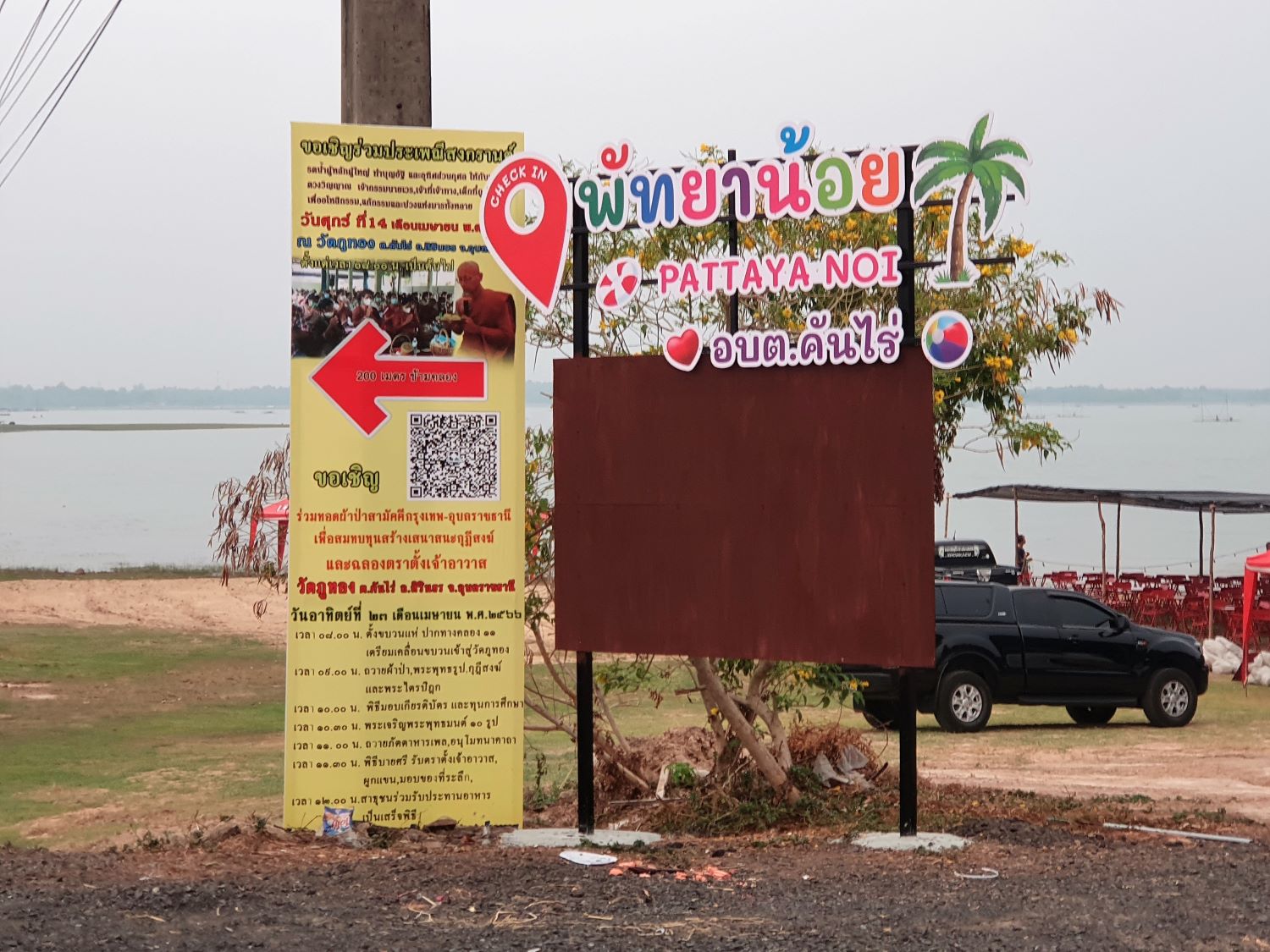
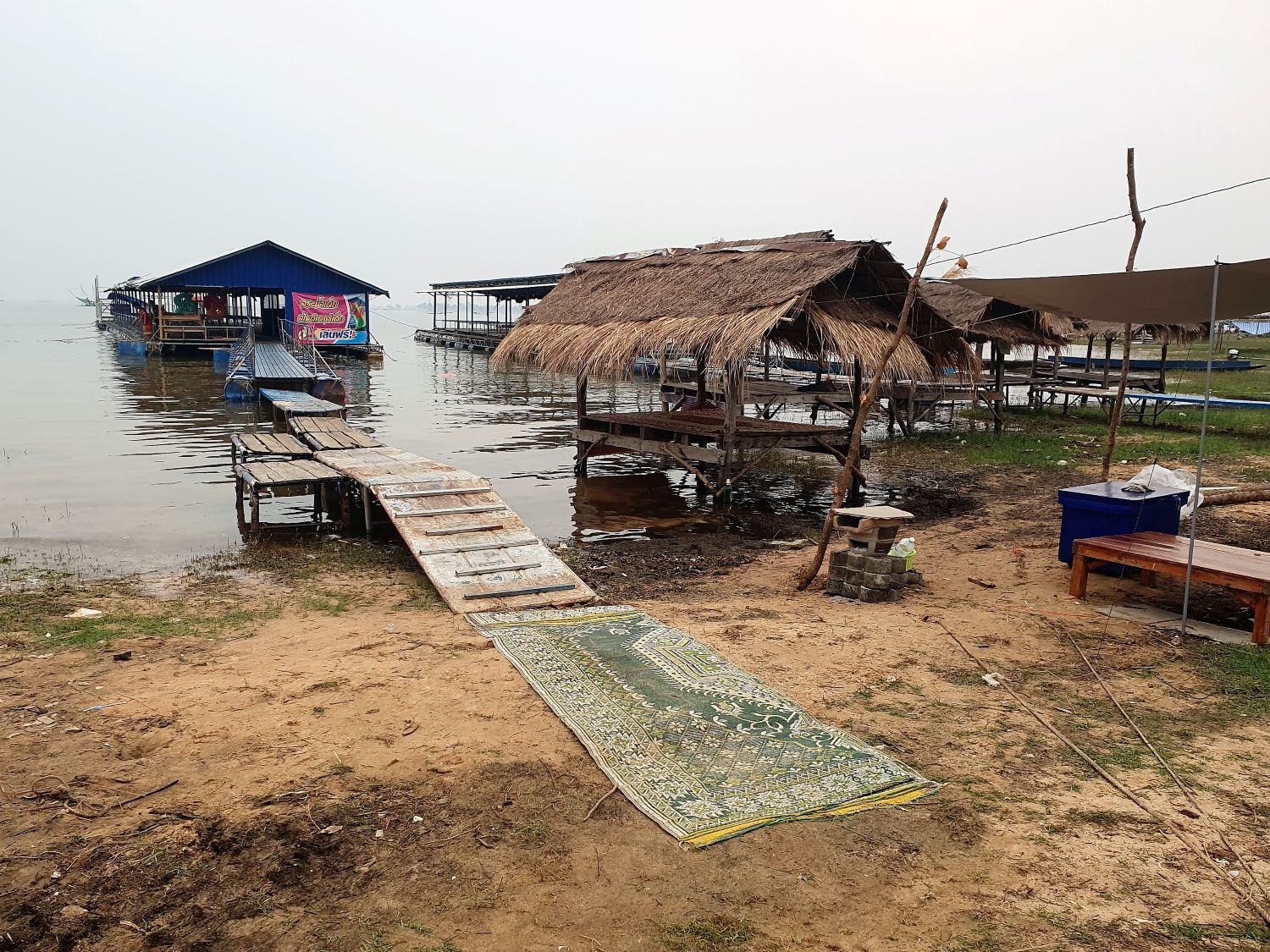
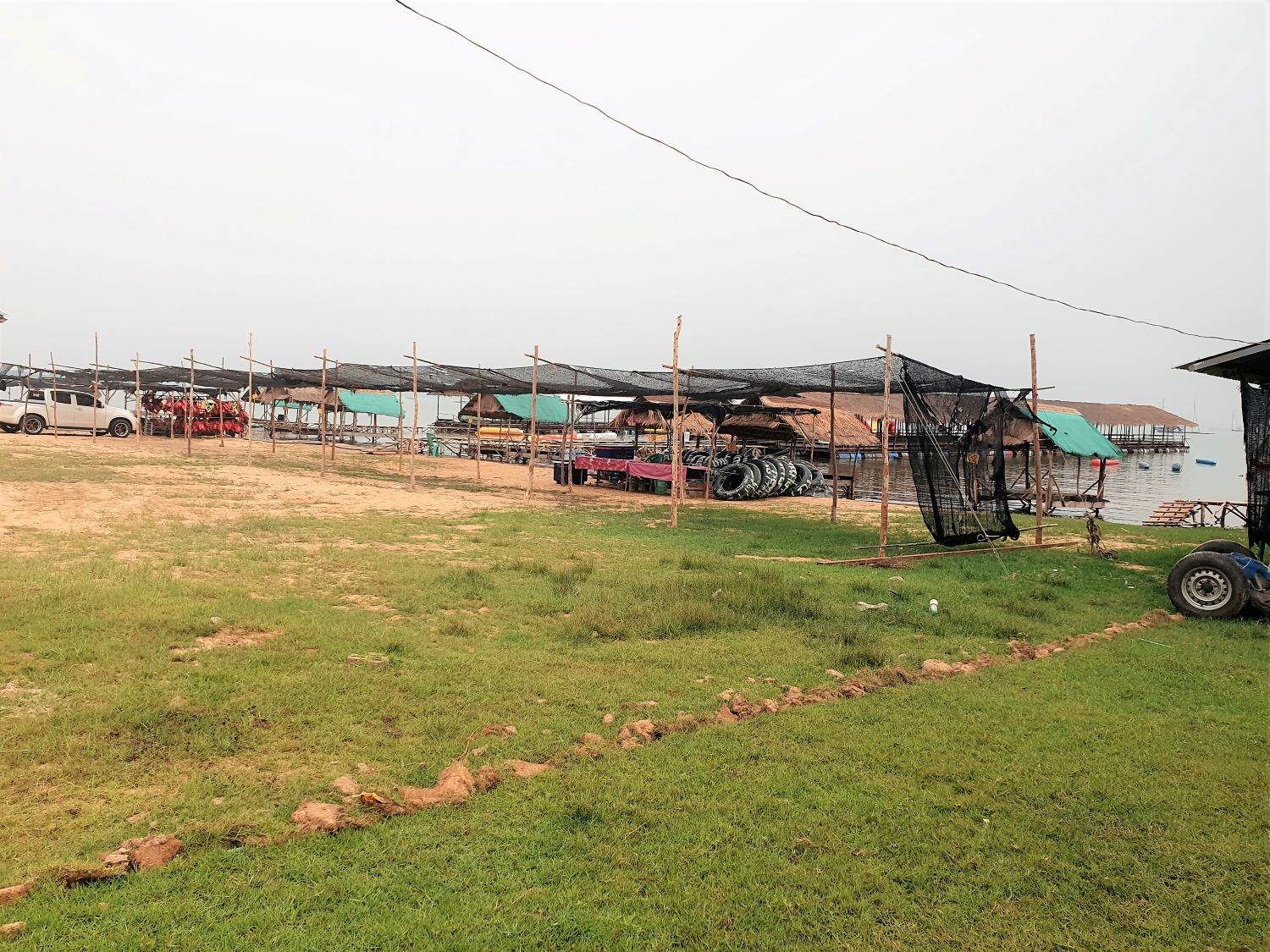
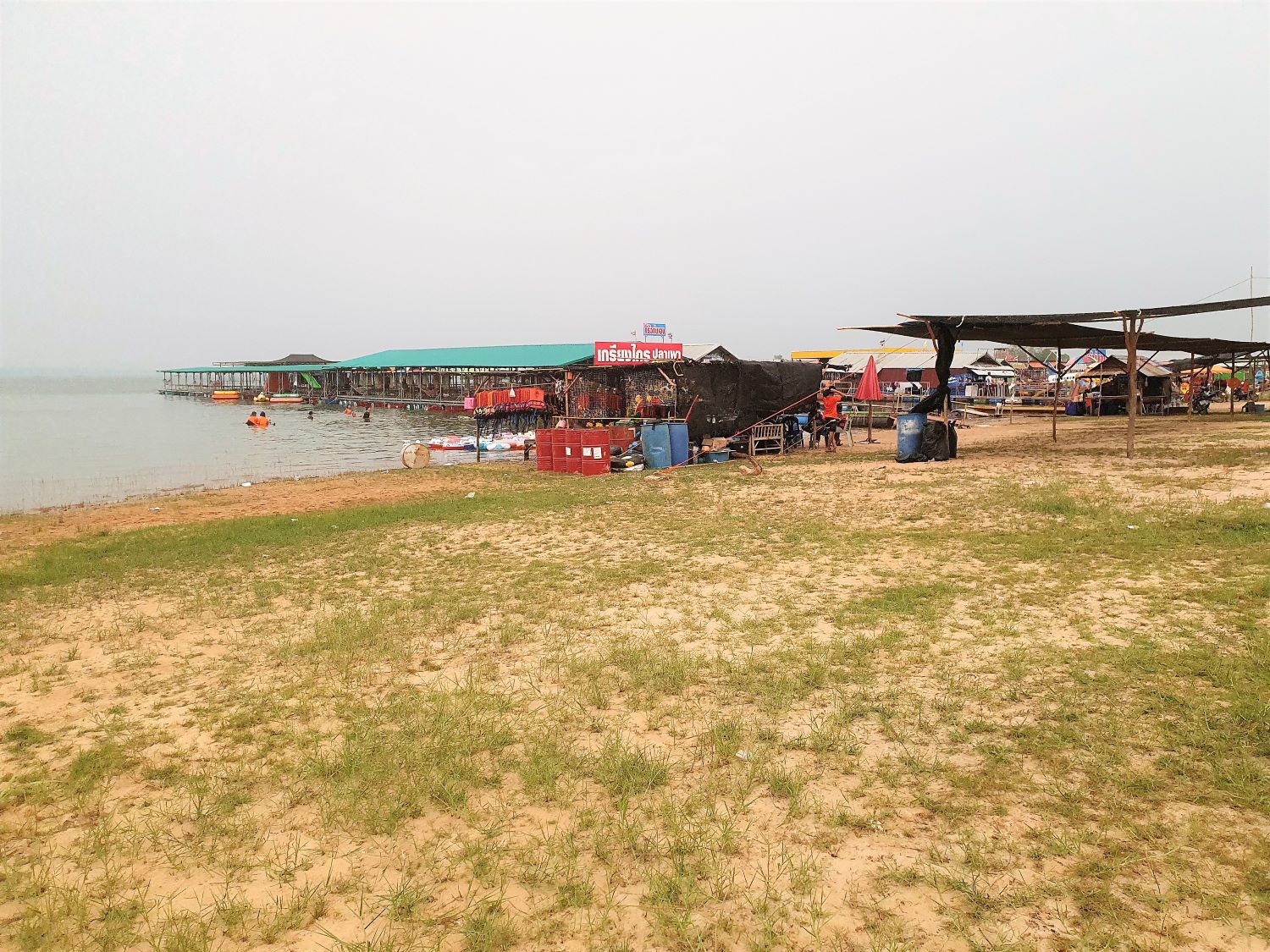
Pattaya Noi, Khan Rai, Sirindhorn District